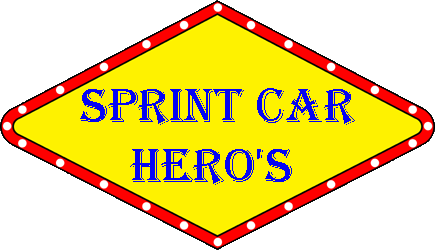



Updated 1/7/20
Dan in 1964 at the British GP
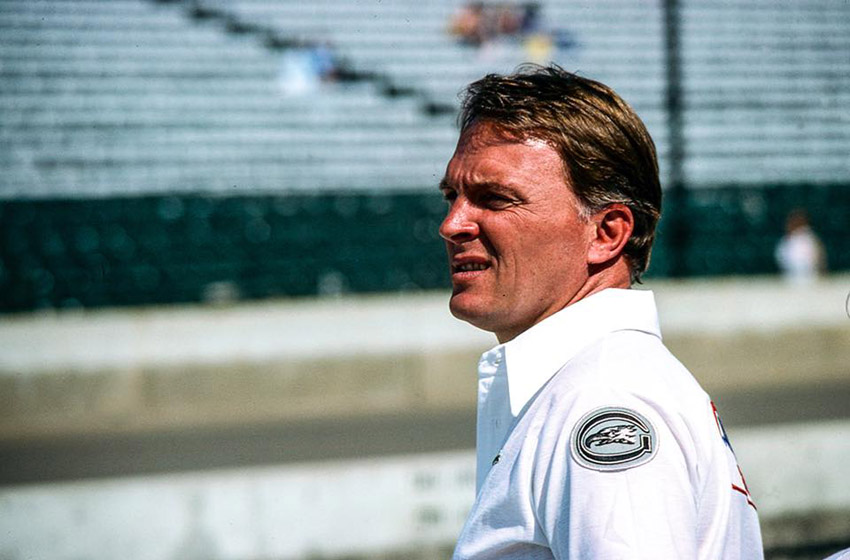
Dan
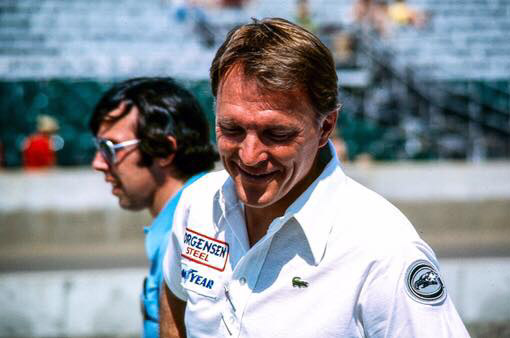
Dan
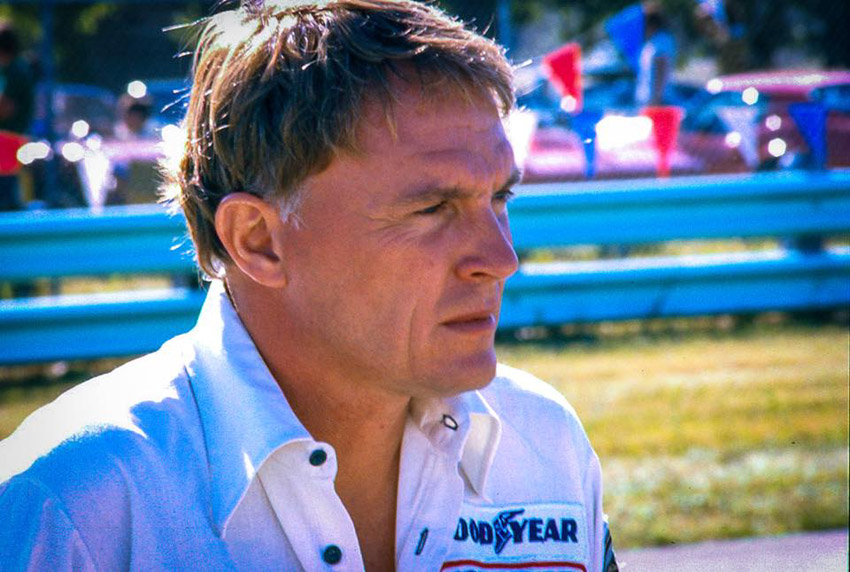
Dan
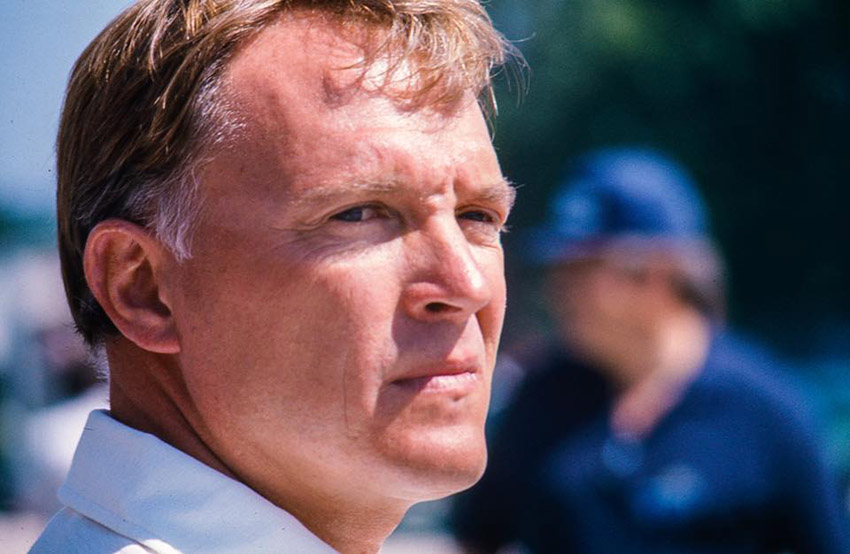
Dan
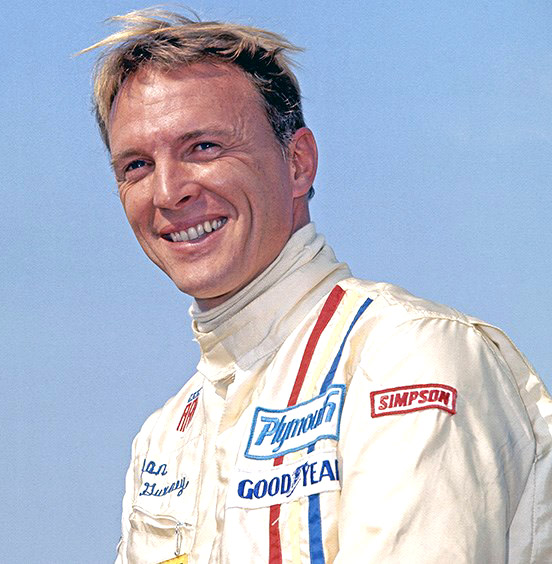
Dan
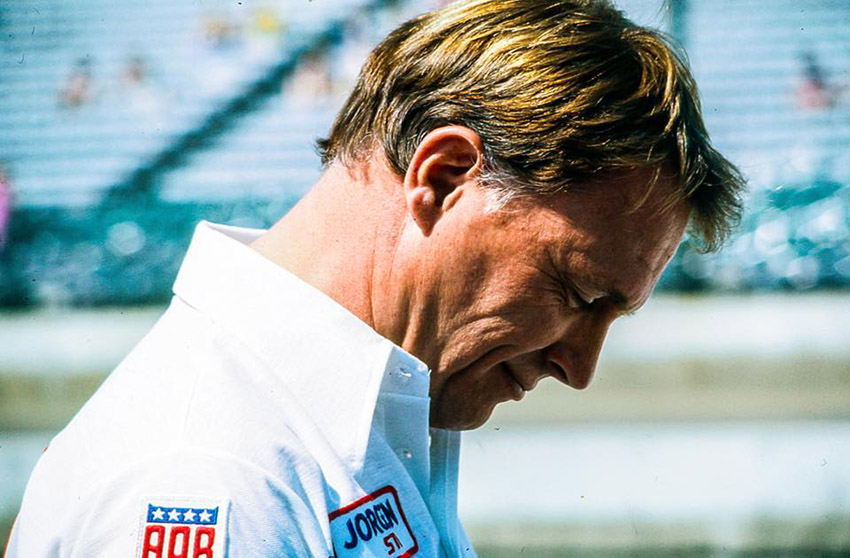
Dan
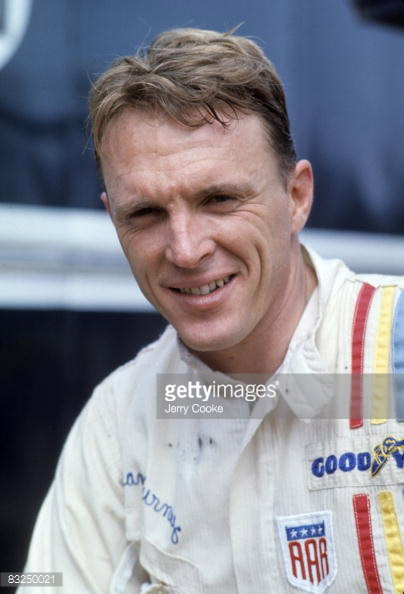
Dan
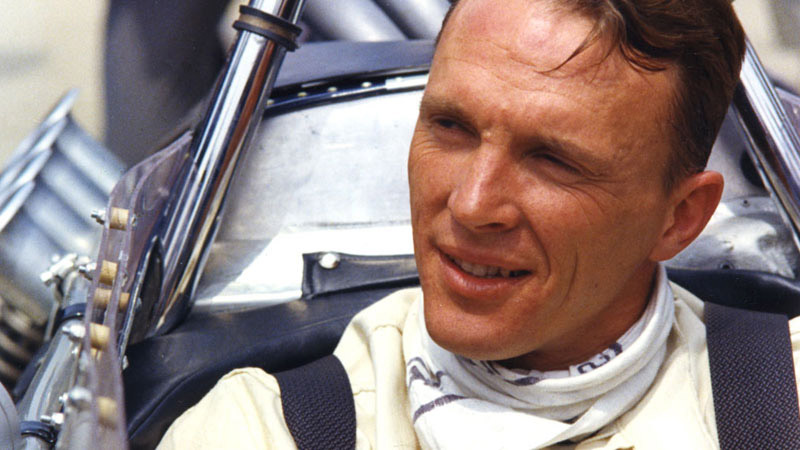
Dan
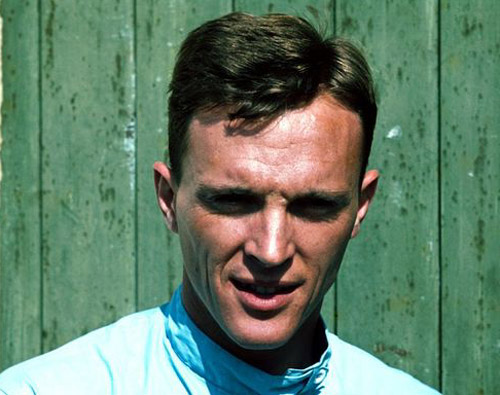
Dan
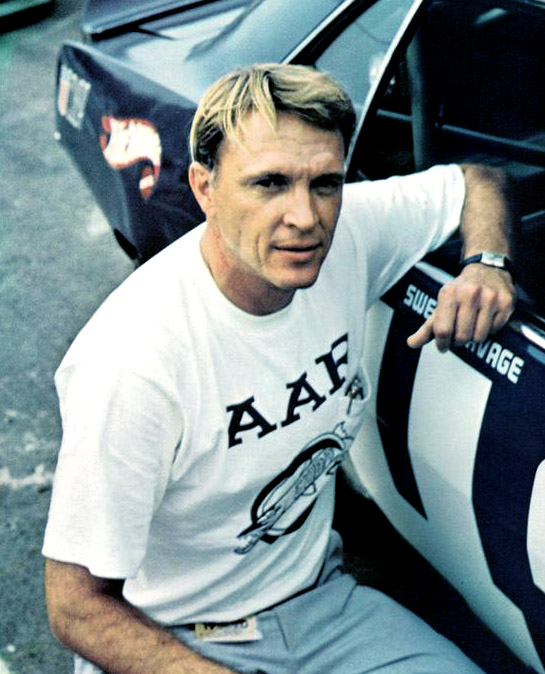
Dan
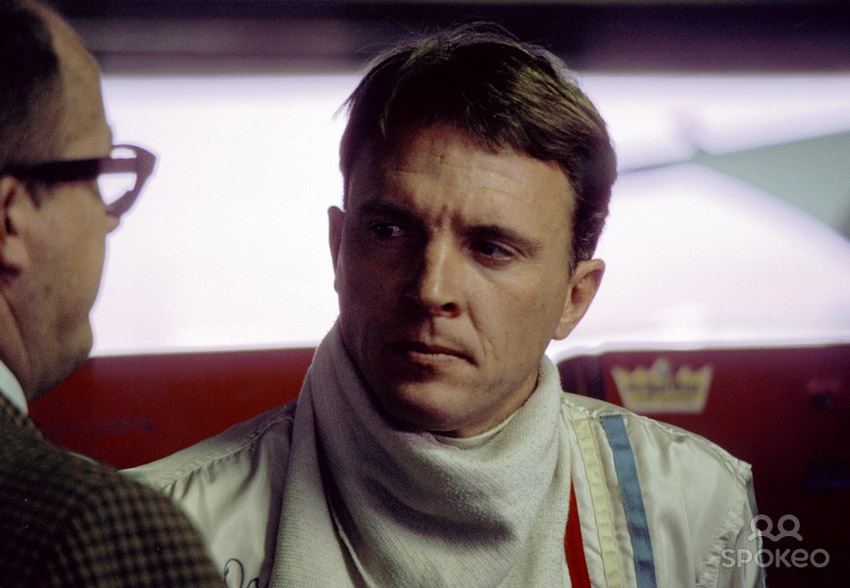
Dan 1969
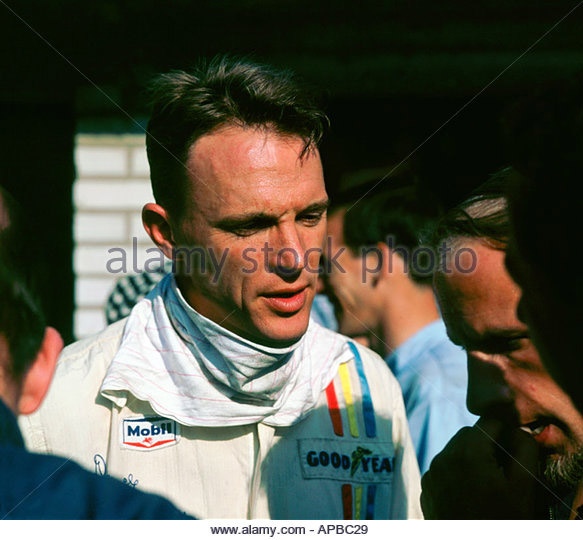
Dan 1966
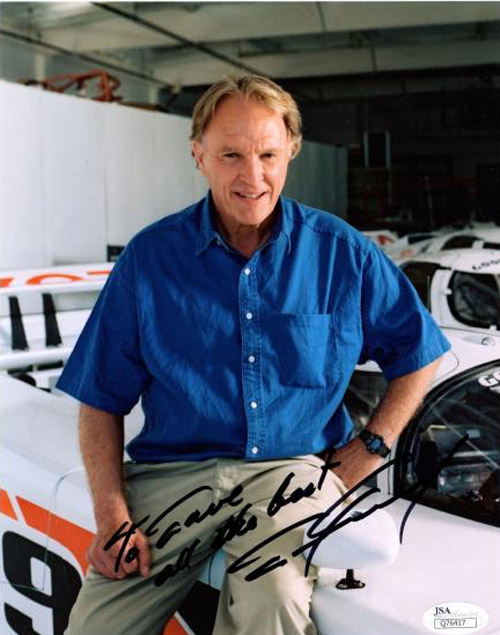
Dan
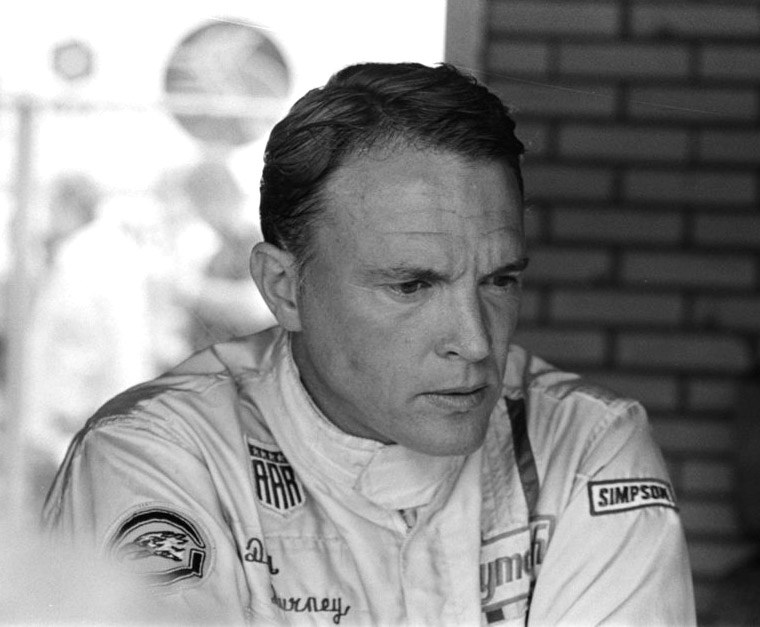
Dan 1970
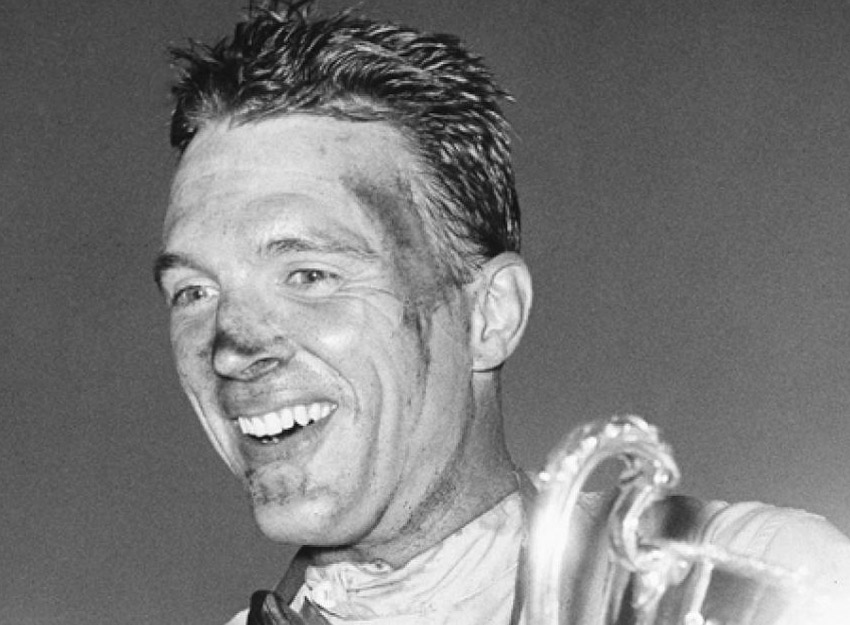
Dan
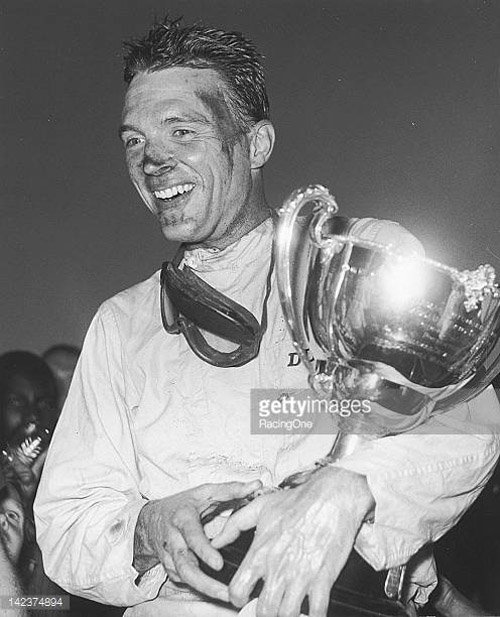
Dan
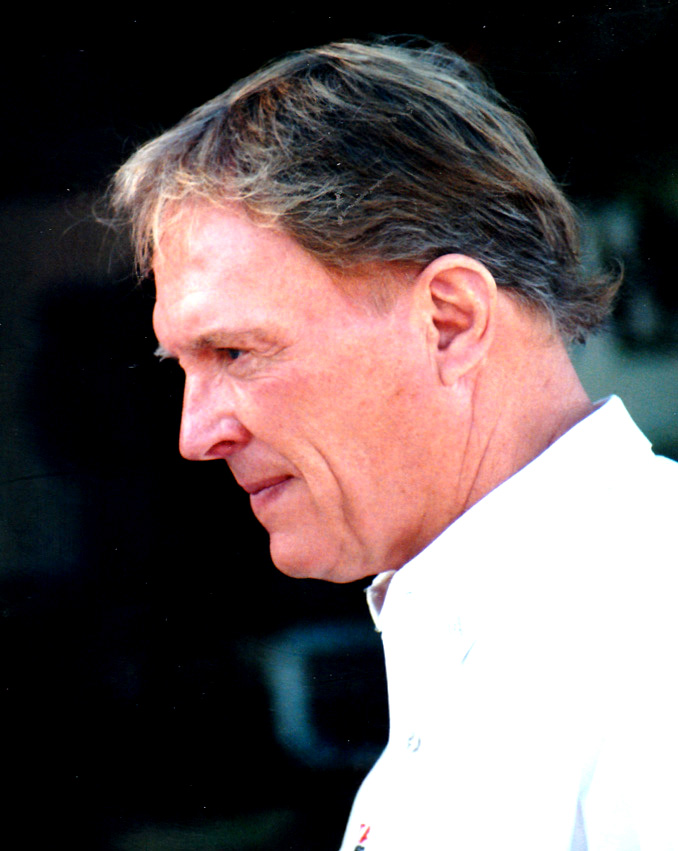
Dan
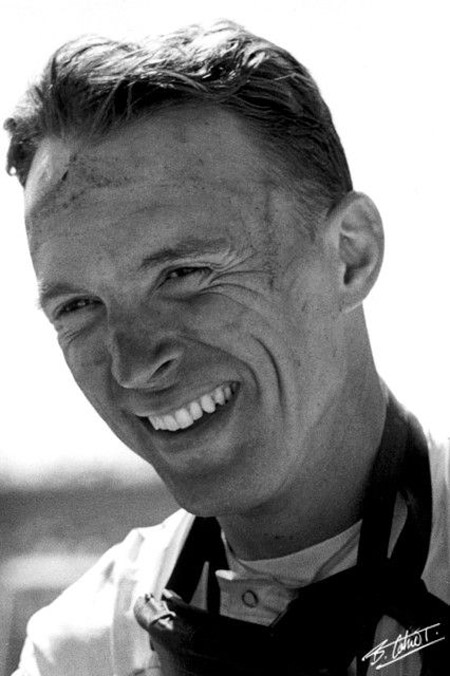
Dan
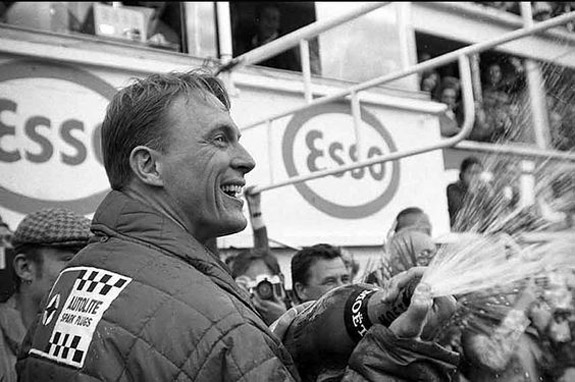
Dan with a little champaign
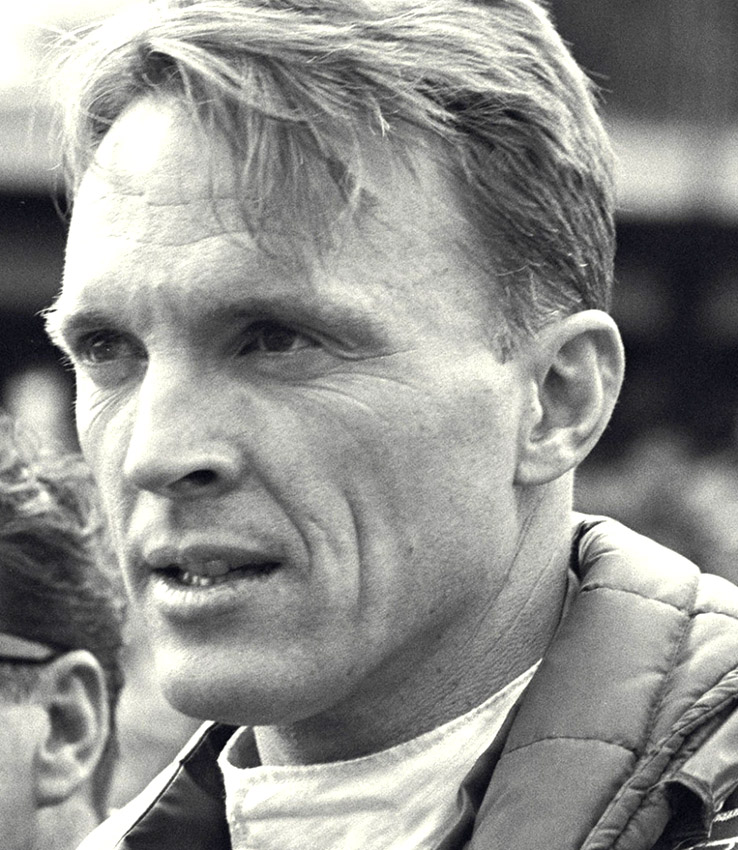
Dan
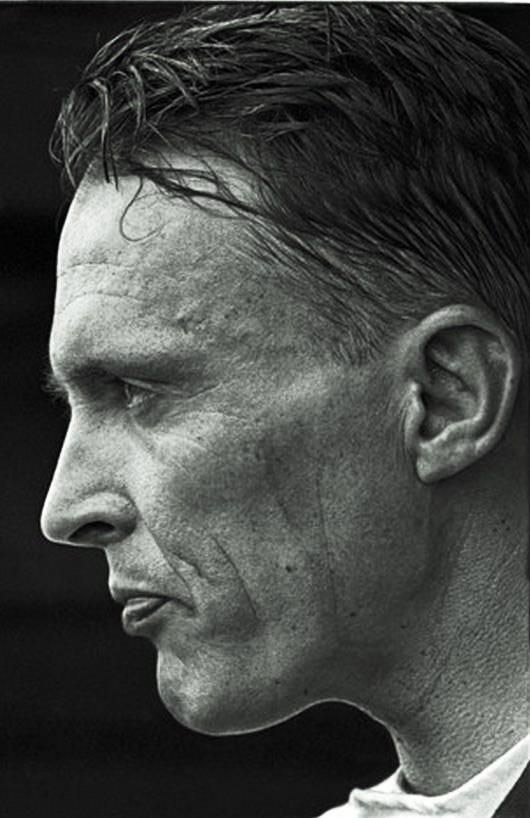
Dan credit to ©Al Satterwhite
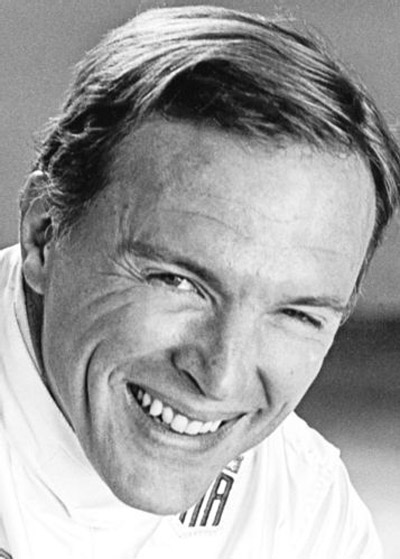
Dan credit to ©Al Satterwhite
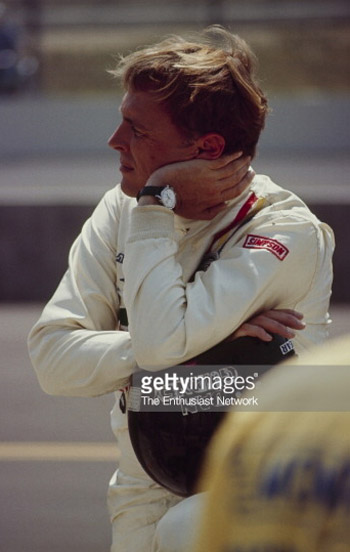
Dan
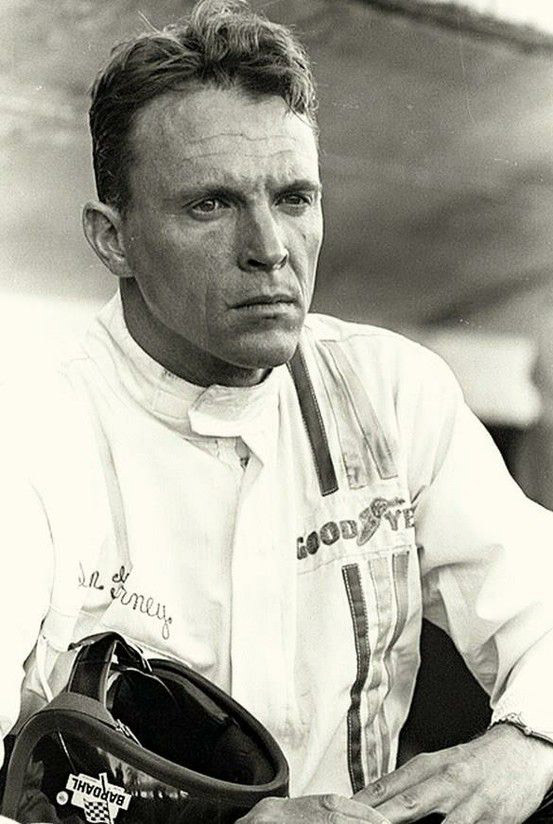
Dan
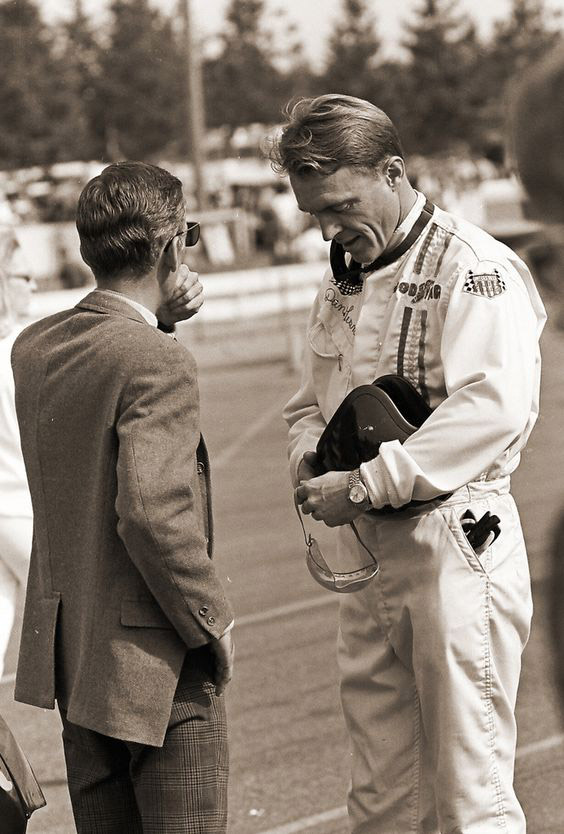
Dan
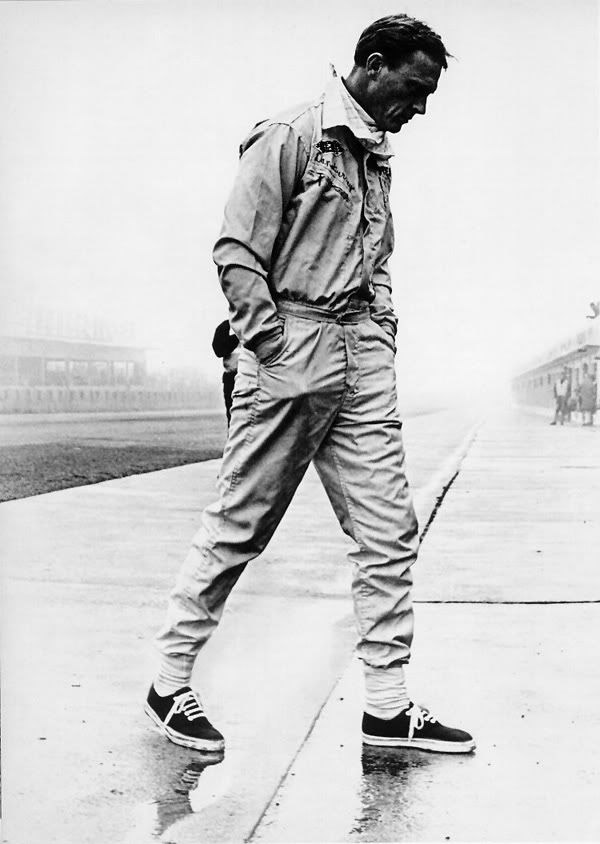
Dan
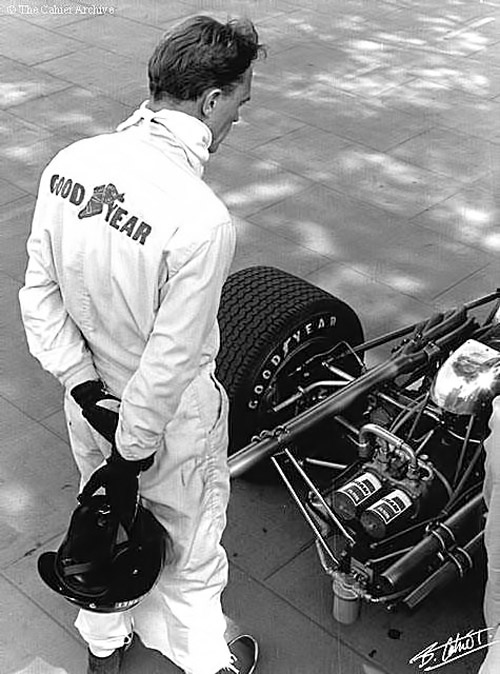
Dan
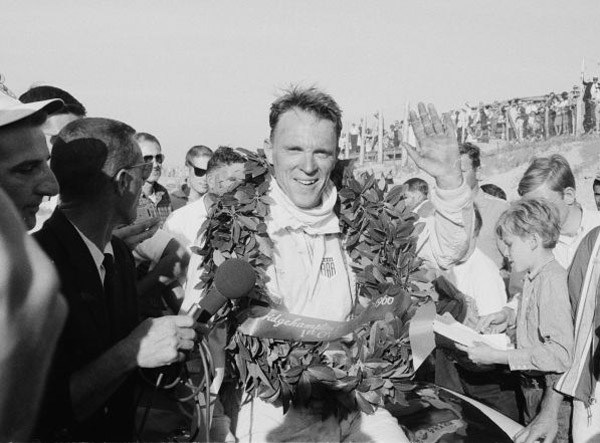
Dan after a big win
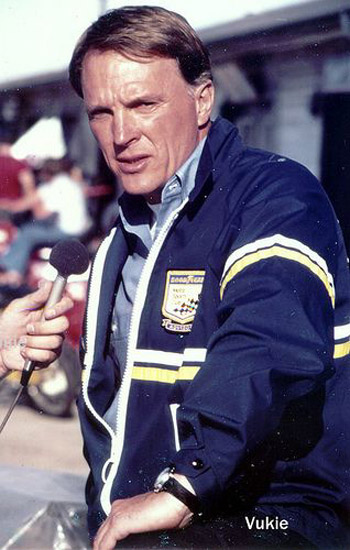
Dan getting interviewed
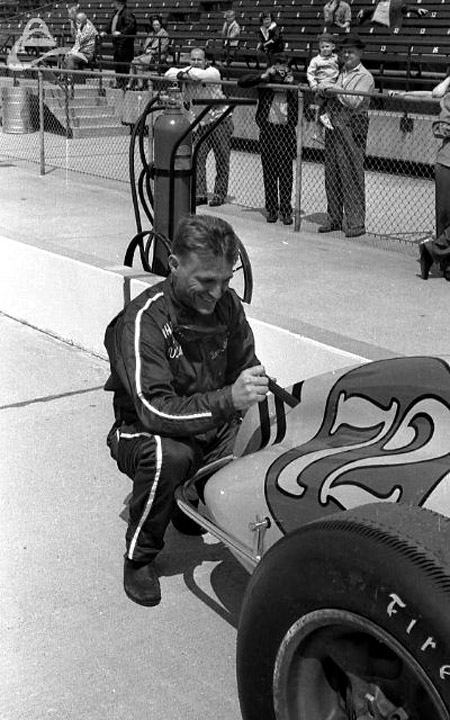
Dan removing rookie stripes from car after practice
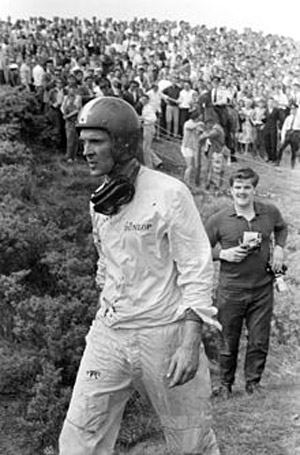
Dan walking away from a crash
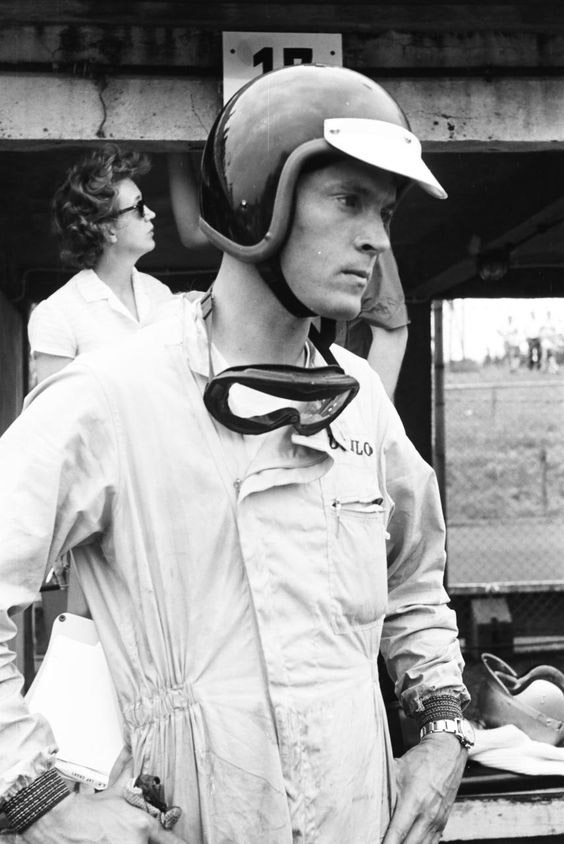
Dan at the German Grand Prix in 1963
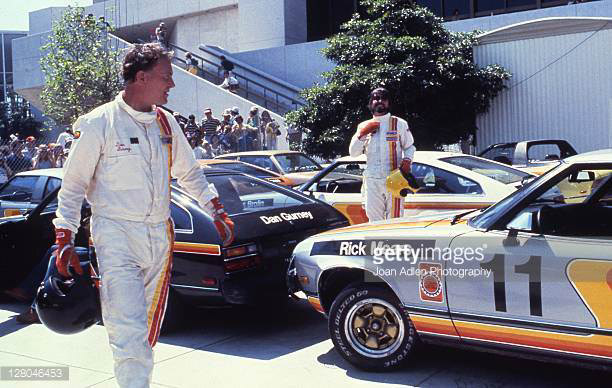
Dan looking for a ride
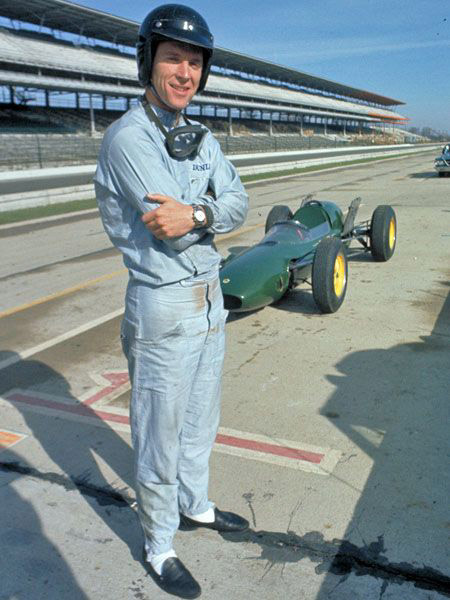
Dan by his ride ready to go
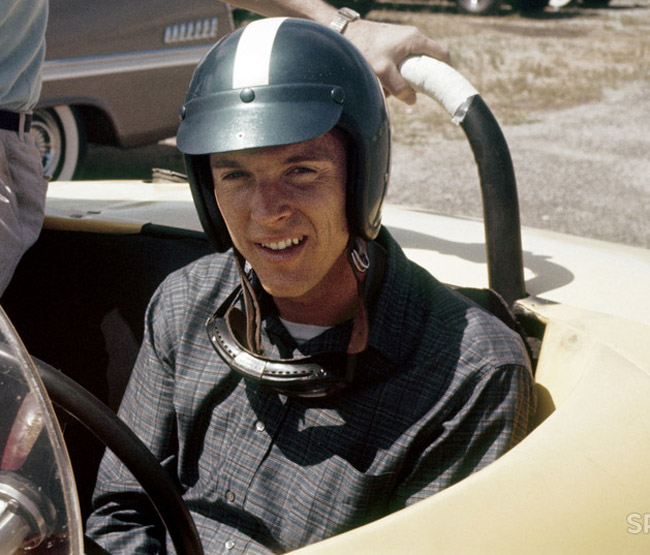
Dan in 1960
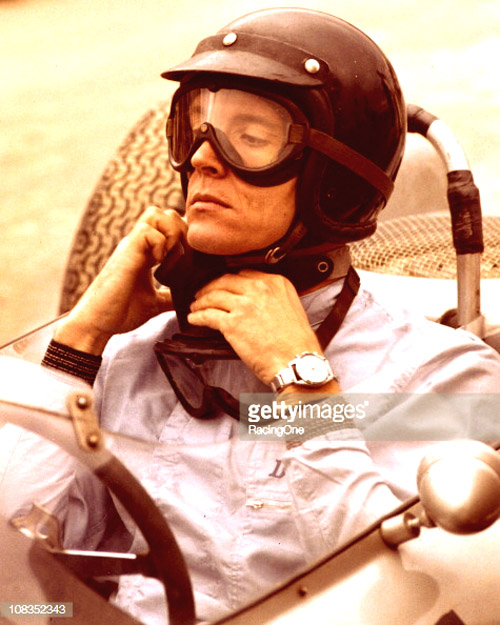
Dan geting strapped in
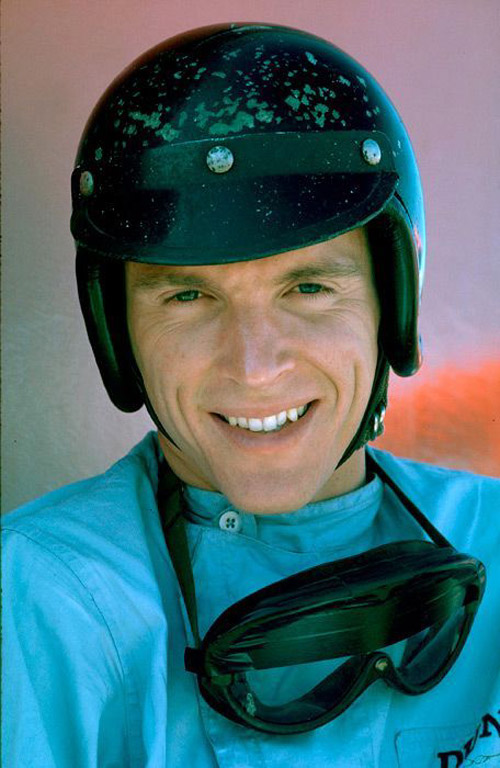
Dan
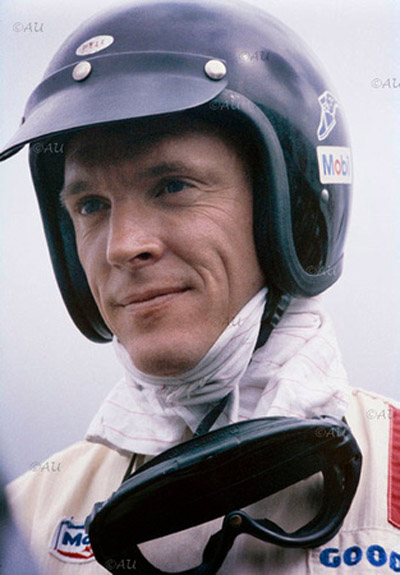
Dan
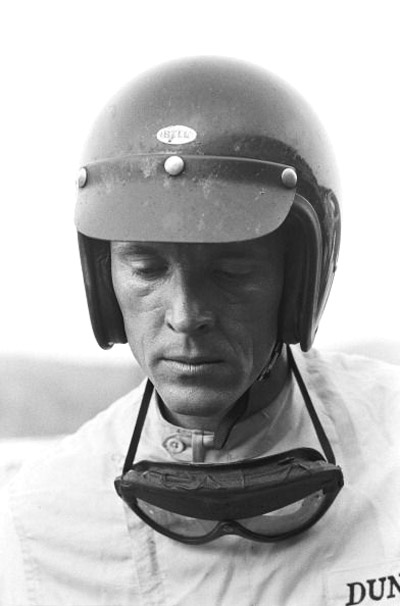
Dan
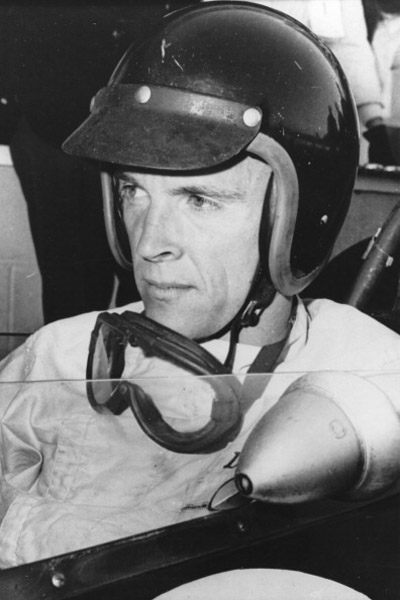
Dan
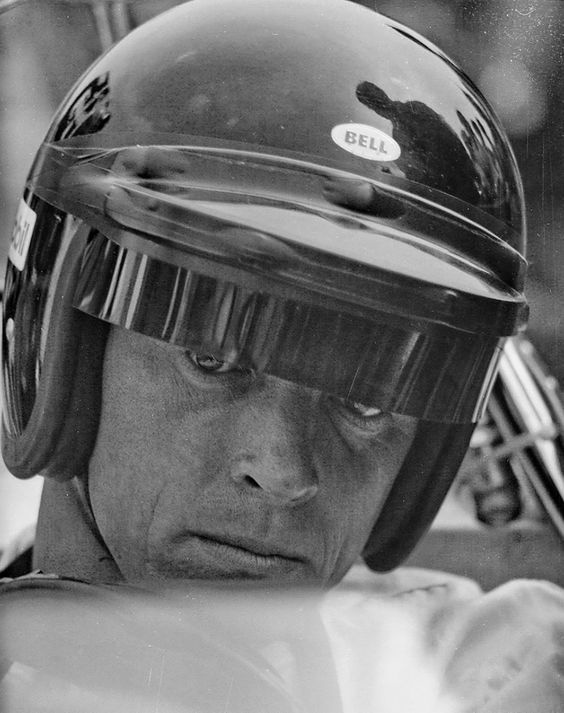
Dan 1966
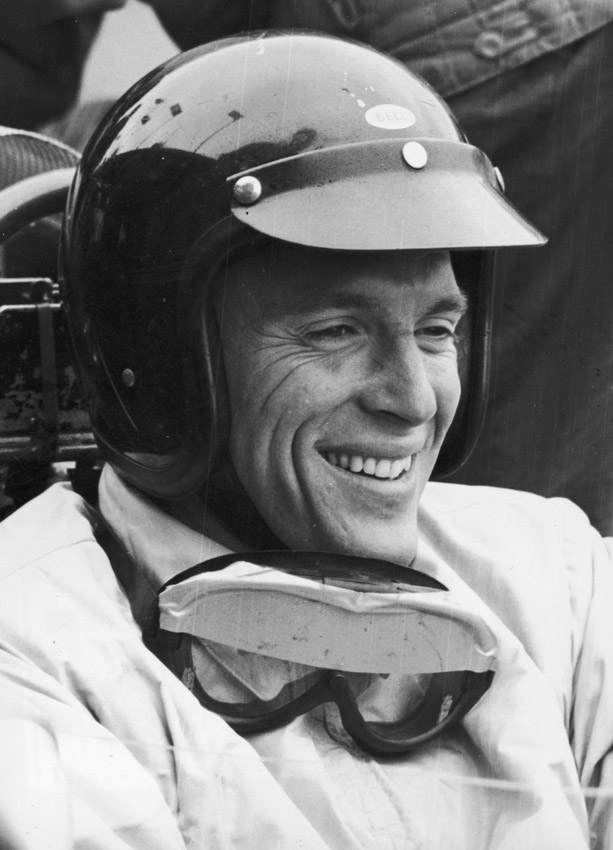
Dan 1965
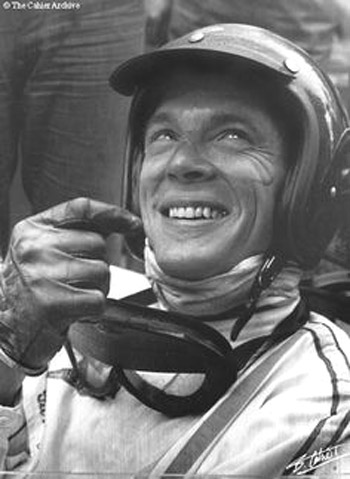
Dan
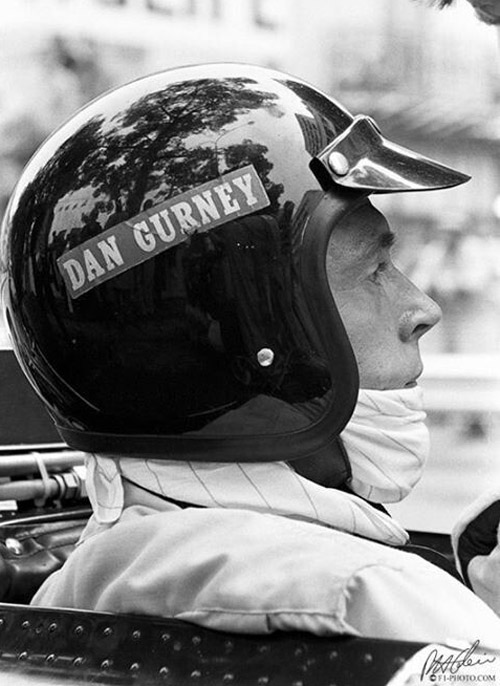
Dan
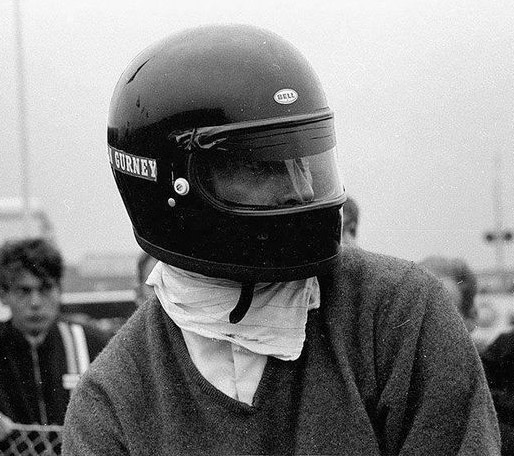
Dan
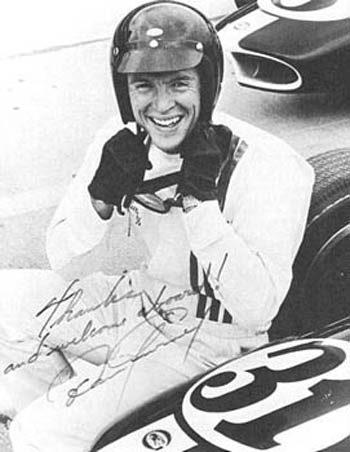
Dan
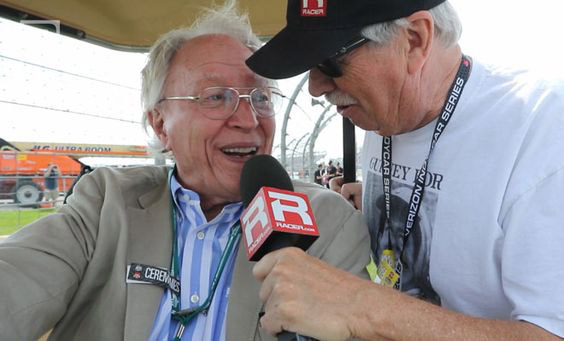
Dan getting interviewed
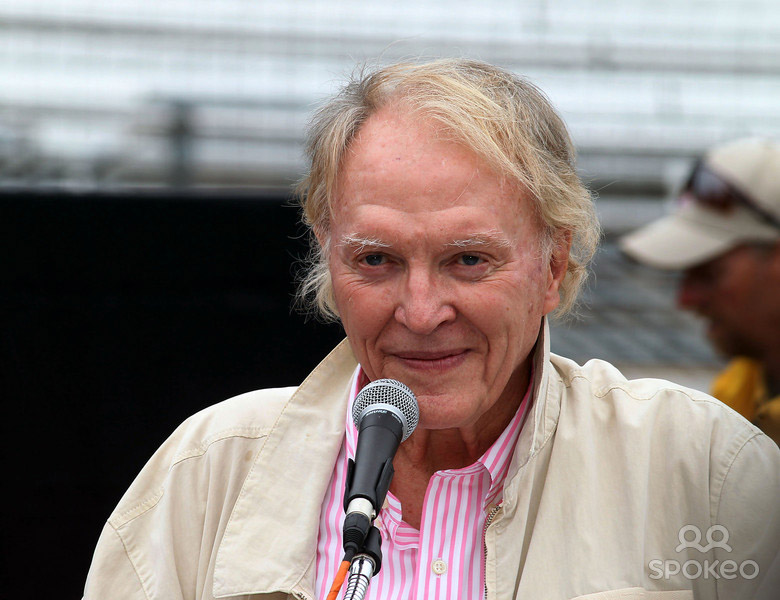
Dan 2011
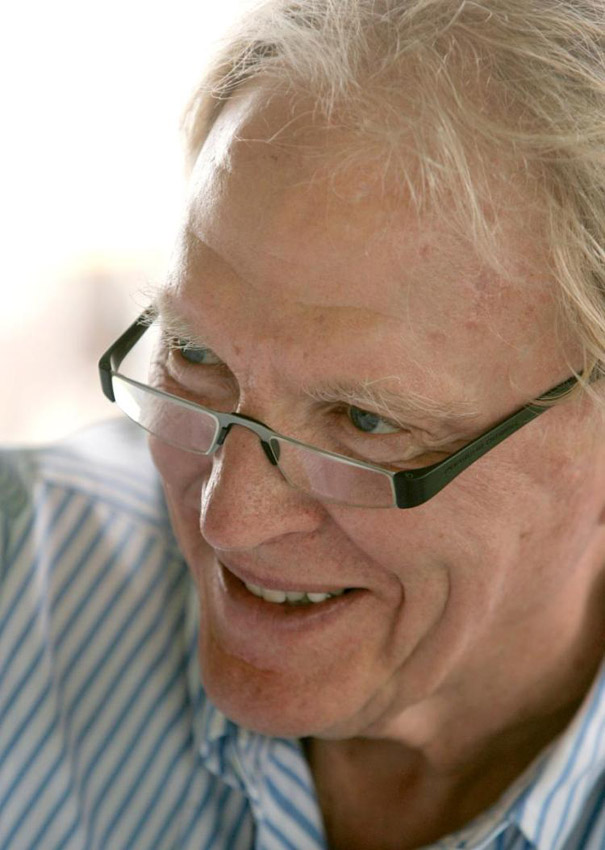
Dan
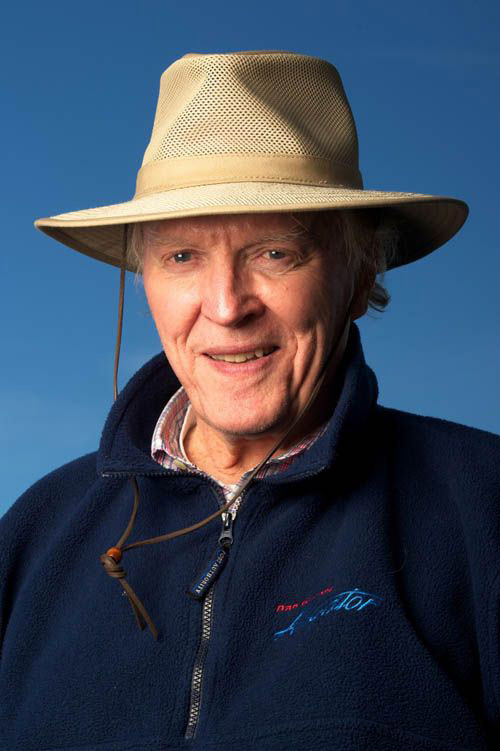
Dan
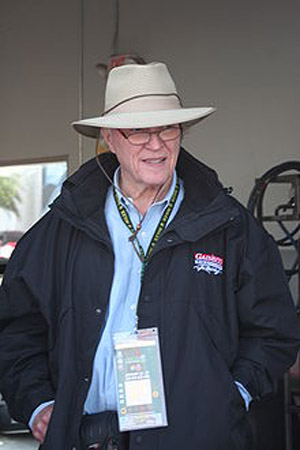
Dan
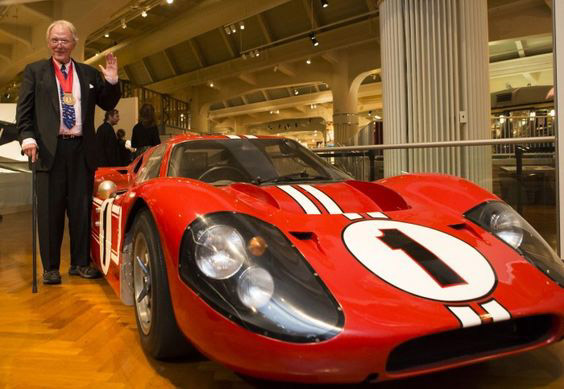
Dan received the IHMA Lifetime Achievement Award
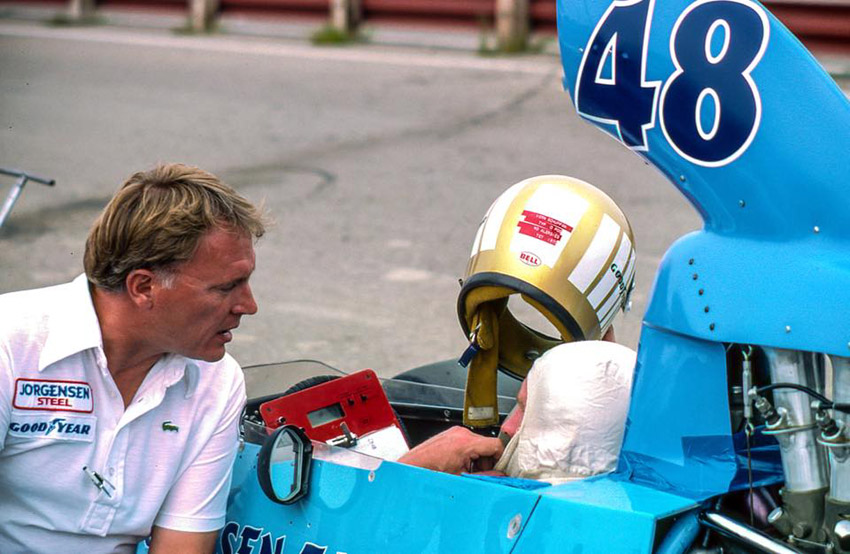
Dan talking with his driver
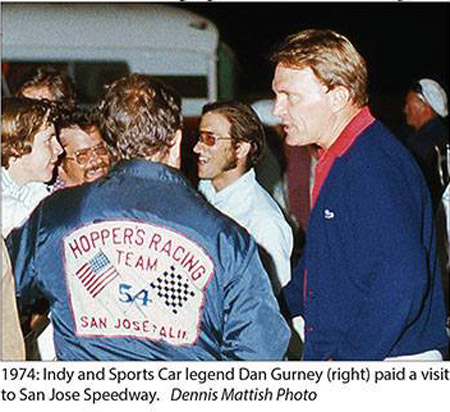
Dan visited San Jose Speedway
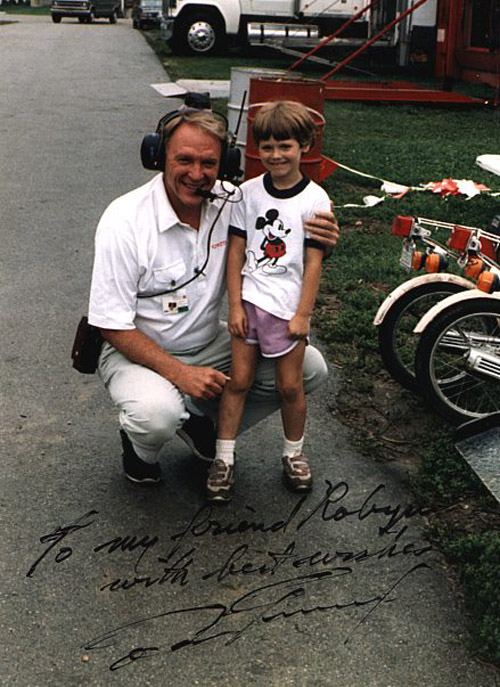
Dan with a little boy
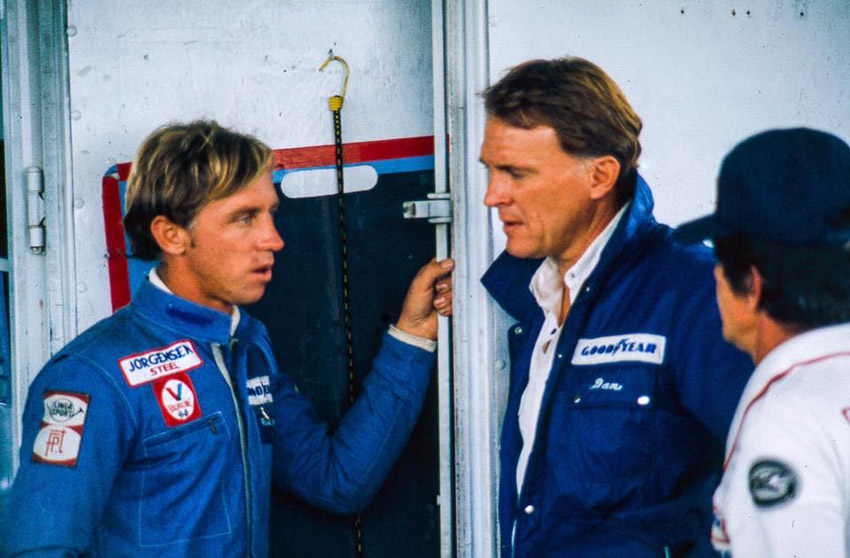
Dan chatting with his crew
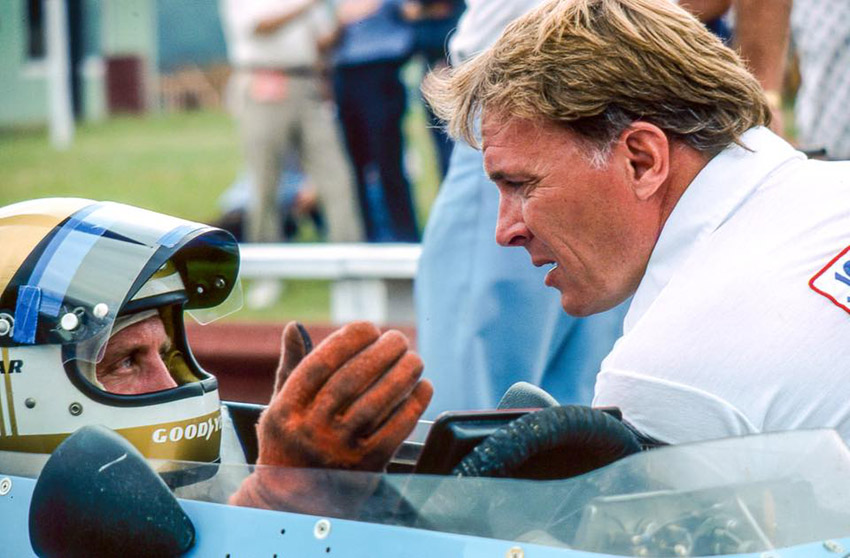
Dan yaking with his driver
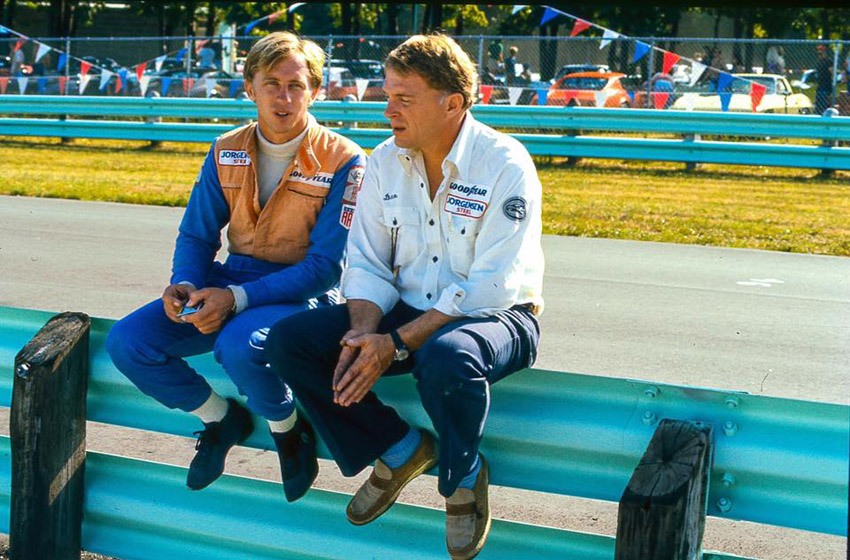
Dan relaxing
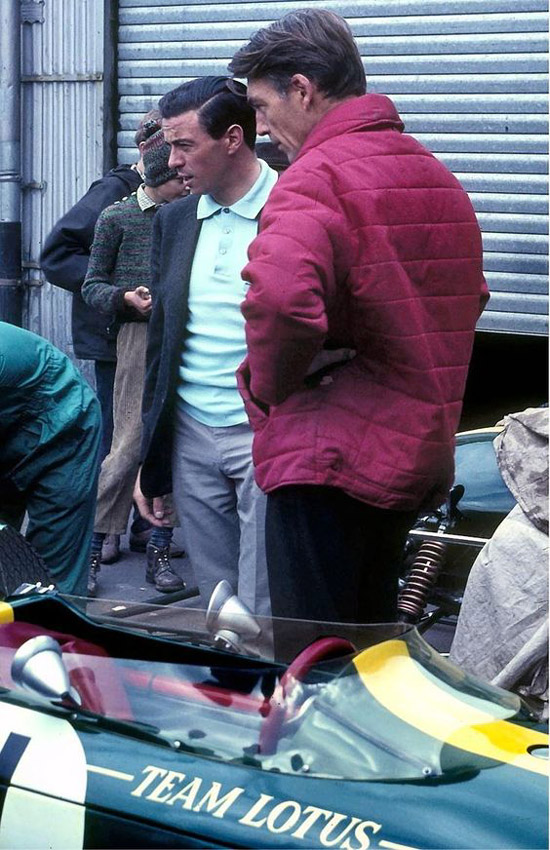
Dan with Jim clark
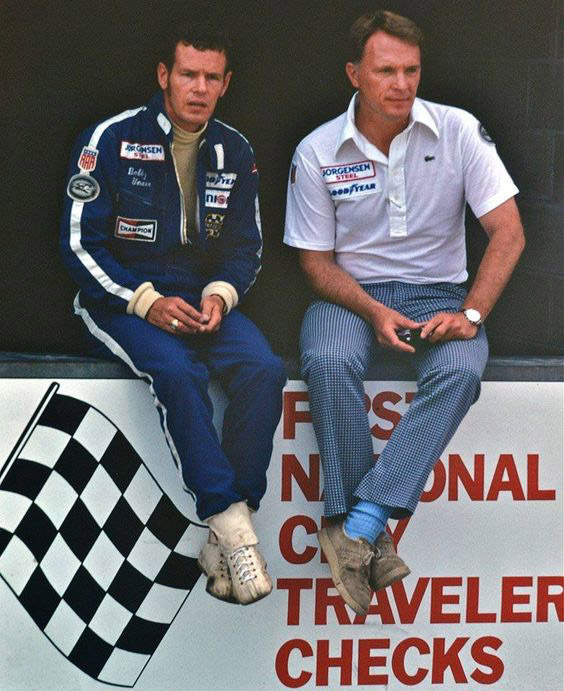
Dan with Al Unser
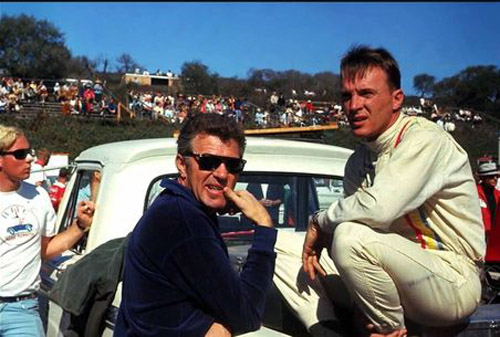
Dan and Carroll Shelby at Laguna Seca
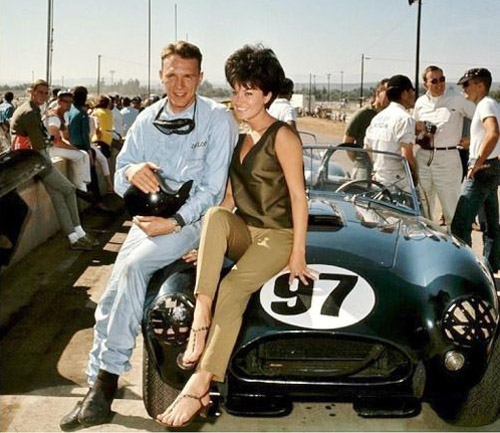
Dan with Miss Riverside
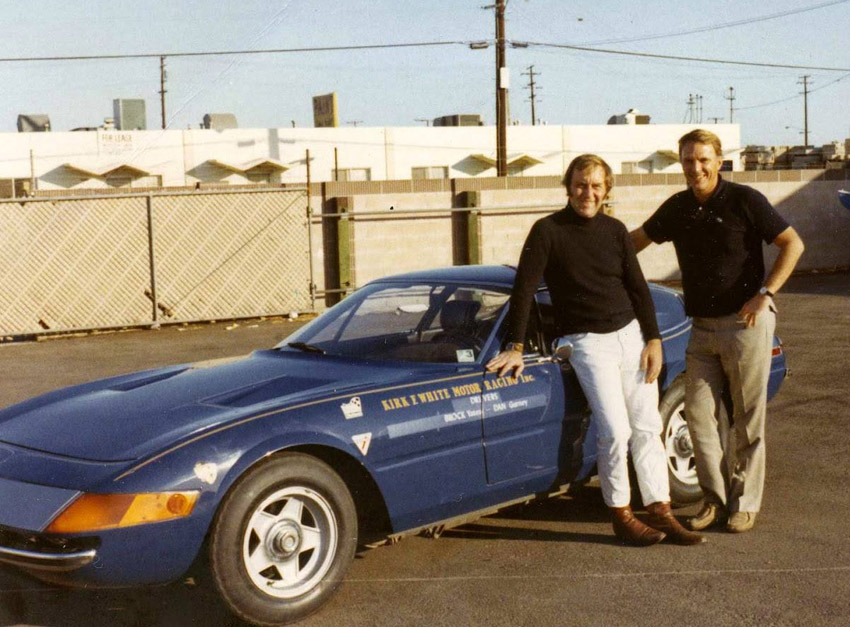
Dan and Mike Ashmore
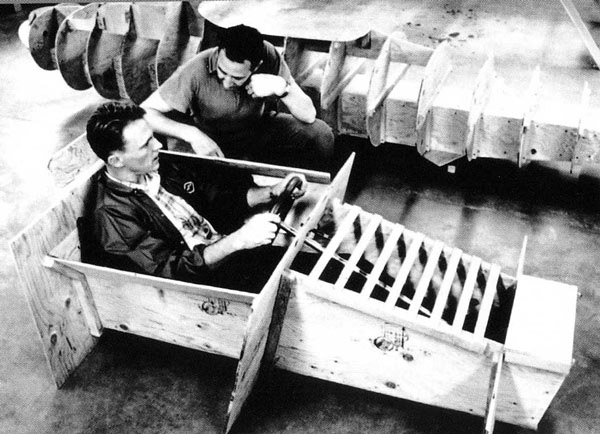
Dan sitting in a mock up driver seat
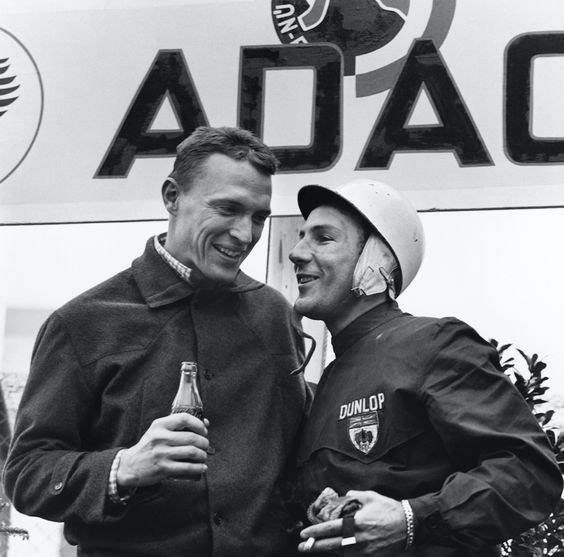
Dan with Sterling Moss after they won the 1960 Nurburgring race
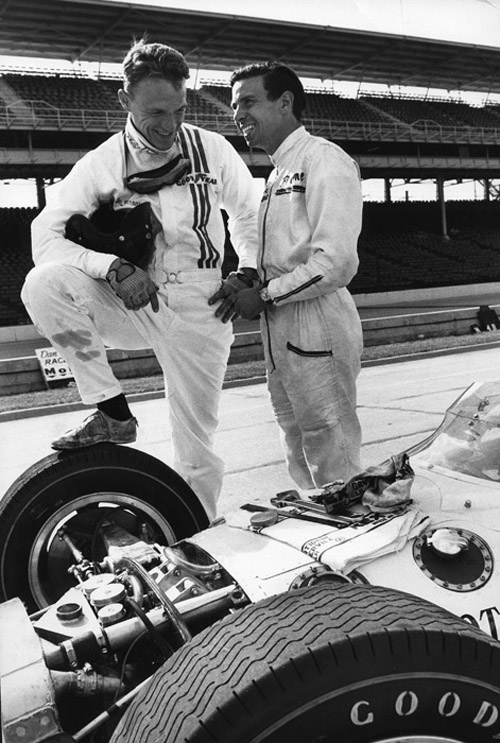
Dan in the pits with Jim Clark
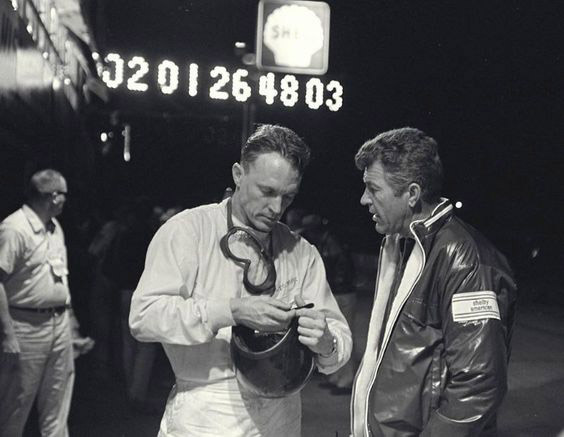
Dan with Caroll Shelby the 12 hours of Sebring in 1966
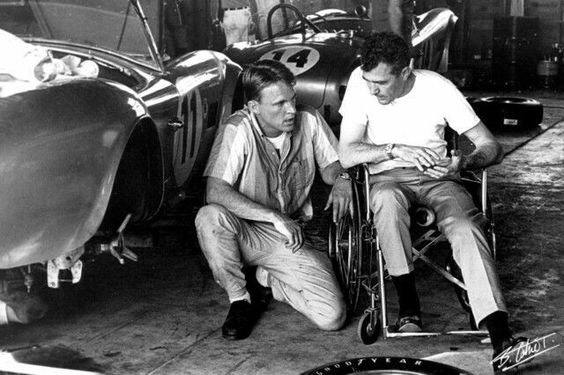
Dan with Carroll Shelby discussing strategies at Sebring
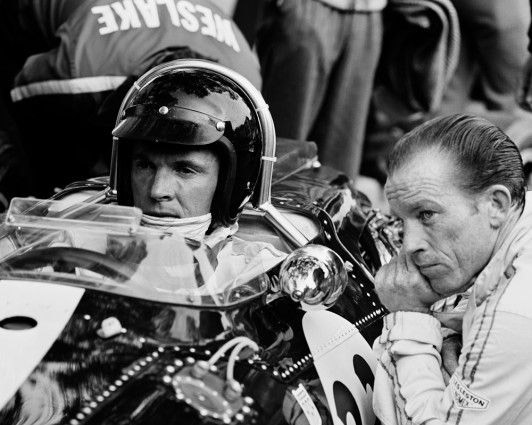
Dan and Rich Gathier
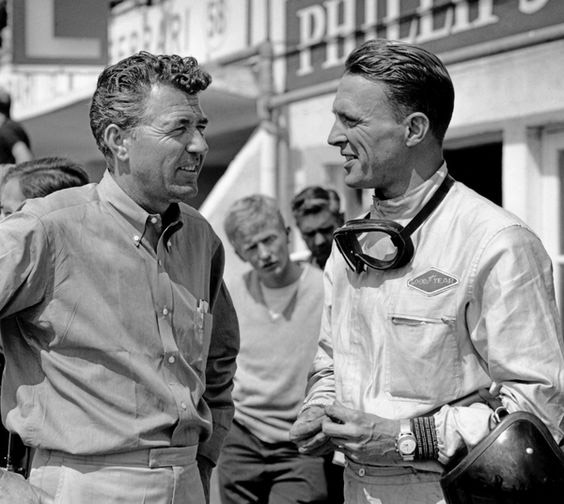
Dan with Caroll Shelby
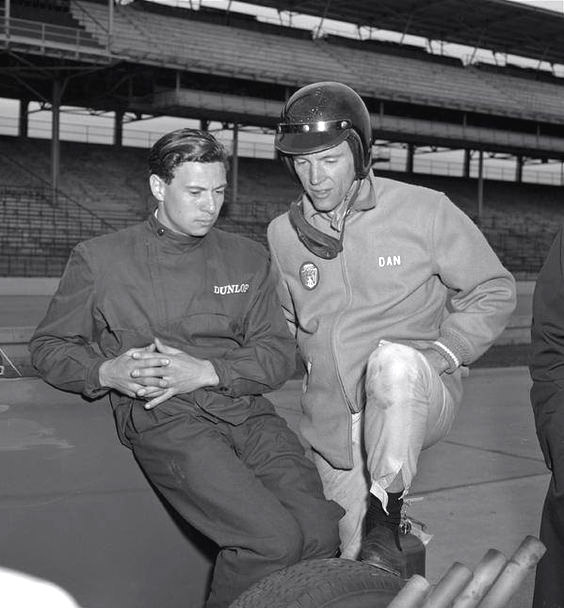
Dan with Jim Clark
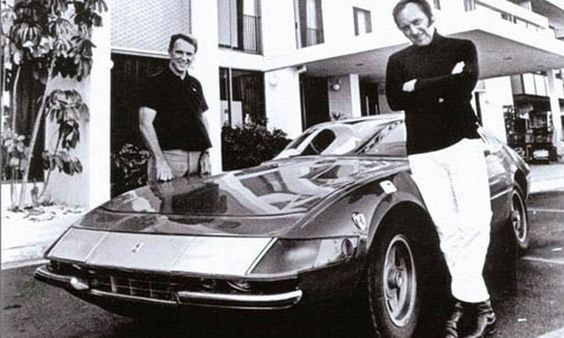
Dan and Brock Yates with the "Cannoball Run" Ferrari Daytona he drove at the Targo Florio
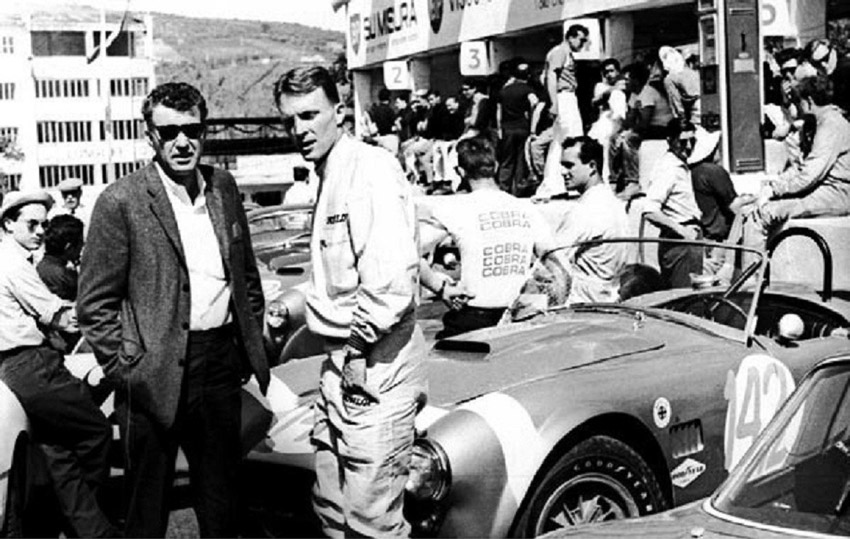
Dan with Bob Bondurant and the Cobra
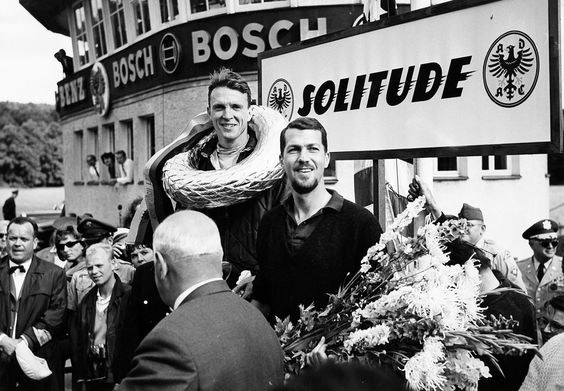
Dan with Jo Bonnier after running 1-2 at Solitude Grand Prix in July, 1962.
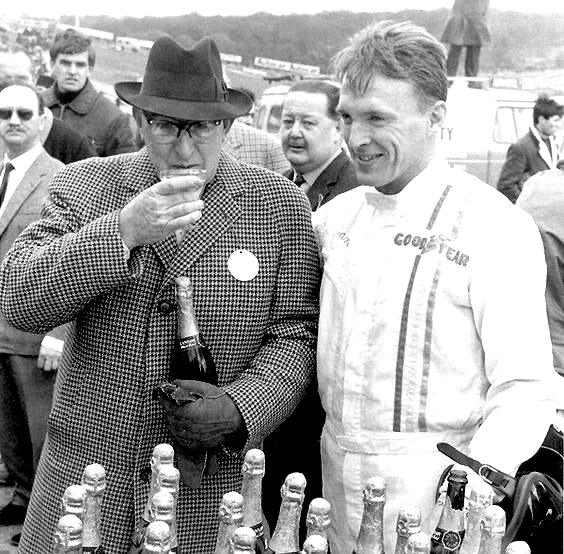
Dan with Harry Weslake at Brands Hatch 1967 enjoying the victory
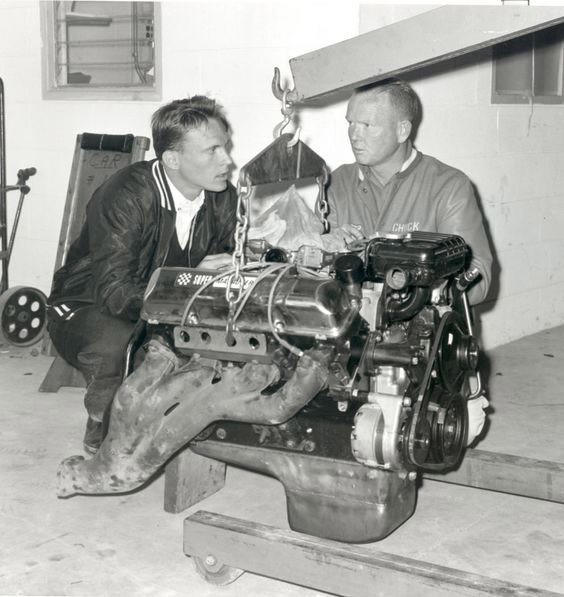
Dan with Chuck Daigh of Riverside Raceway
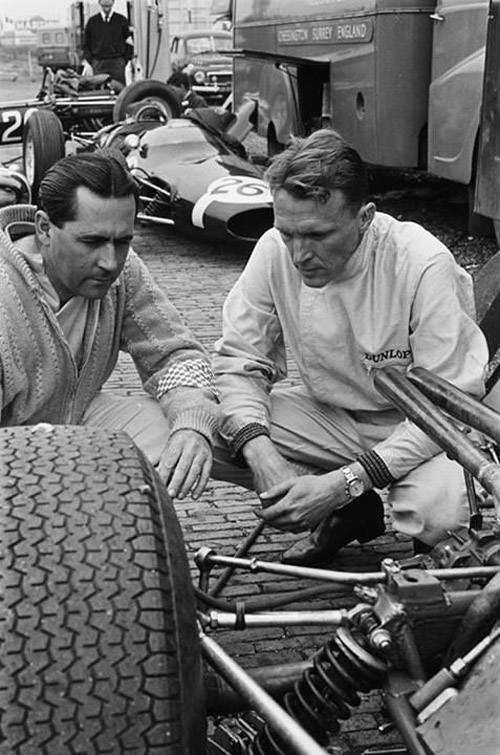
Dan with Jack Brabham
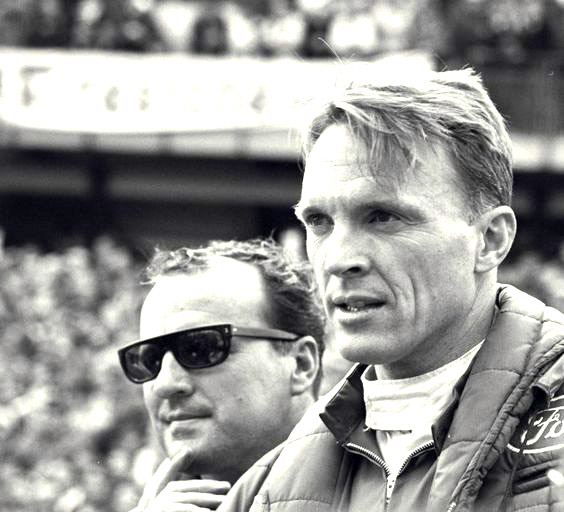
Dan with A J Foyt 1967
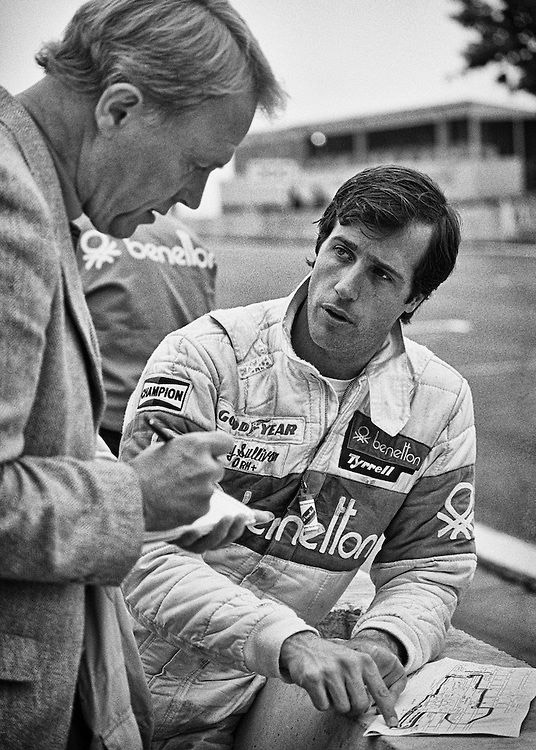
Dan with Danny Sullivan at the 1963 Detroit Grand Prix
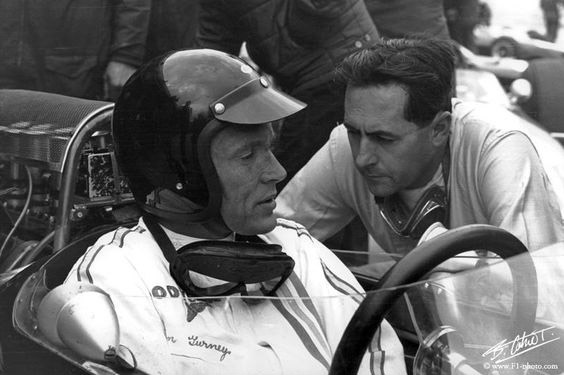
Dan with Jack Brabham
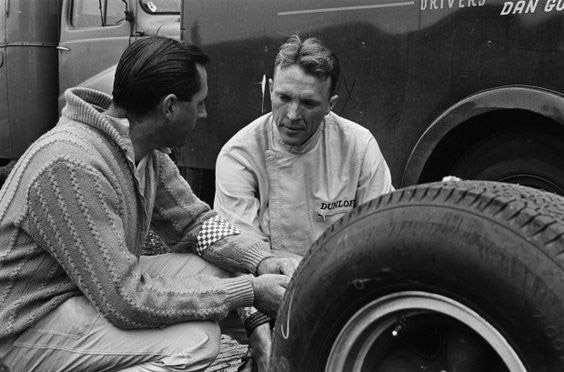
Dan with Jack Brabham
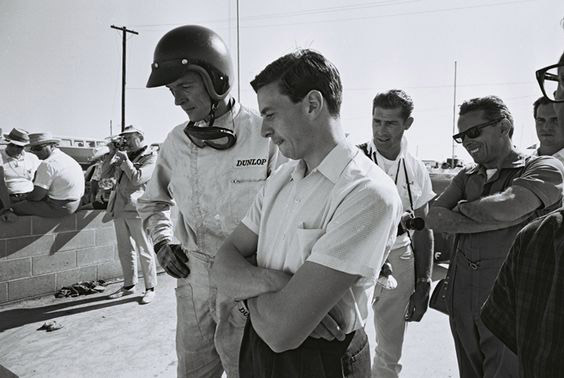
Dan with Jim Clark
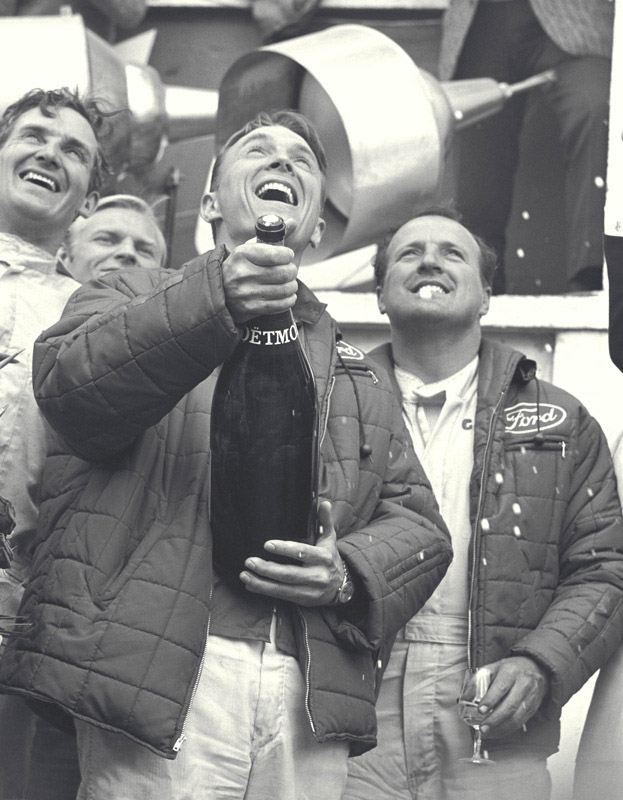
Dan with A J Foyt and some champaign
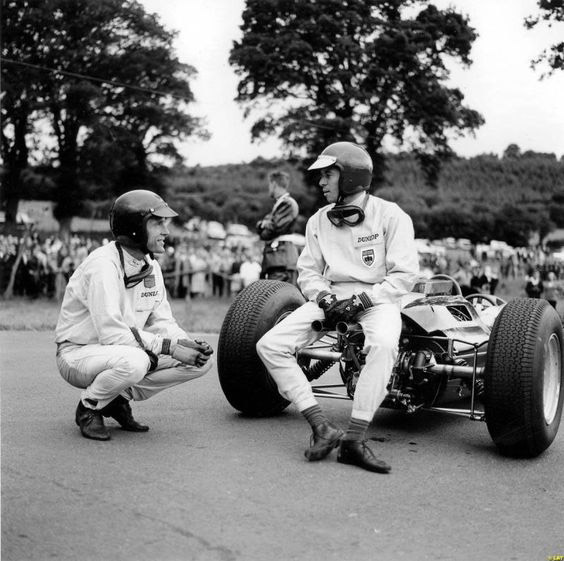
Dan with Jim Clark
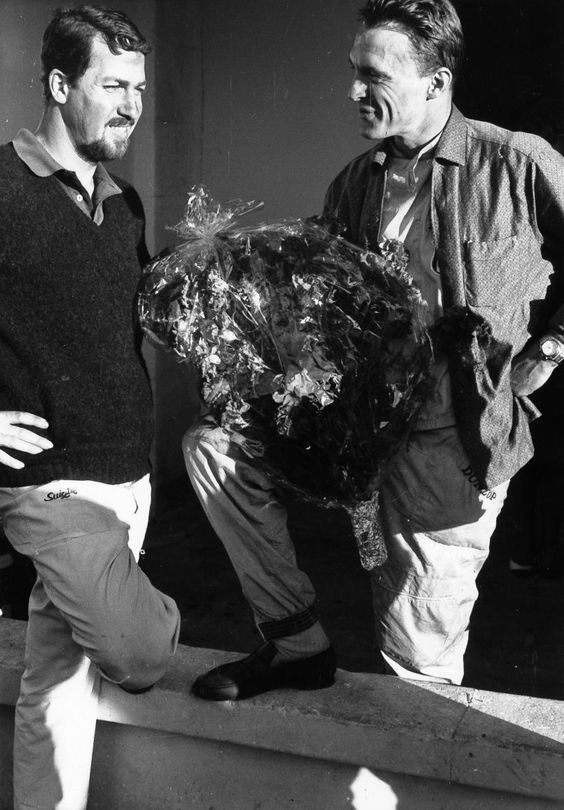
Dan with Jo Bonnier
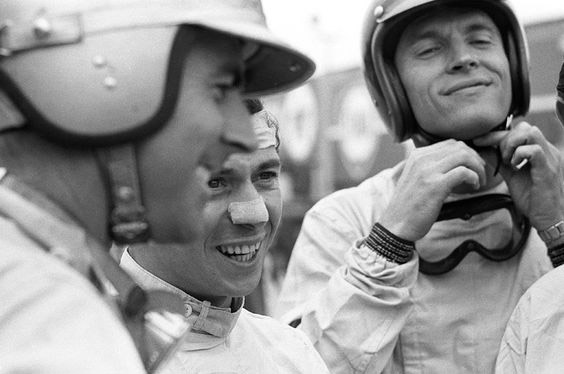
Dan with Jack Brabham and Jim Clark
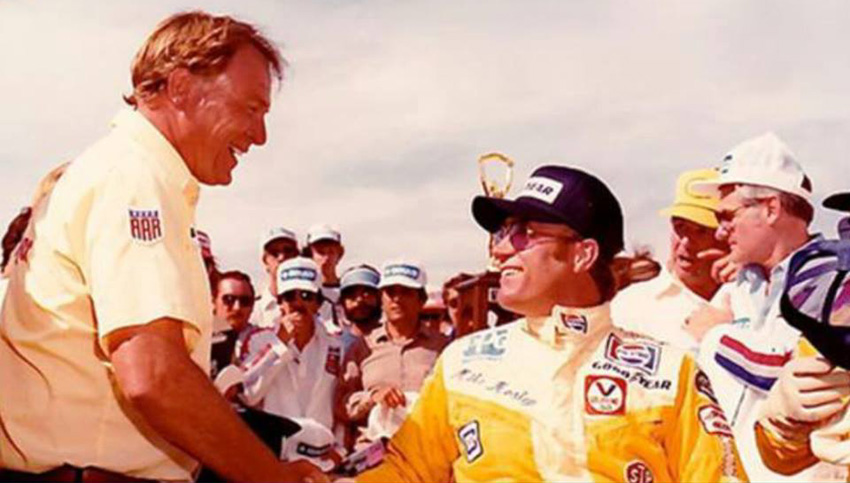
Dan congratulates Mike Mosley
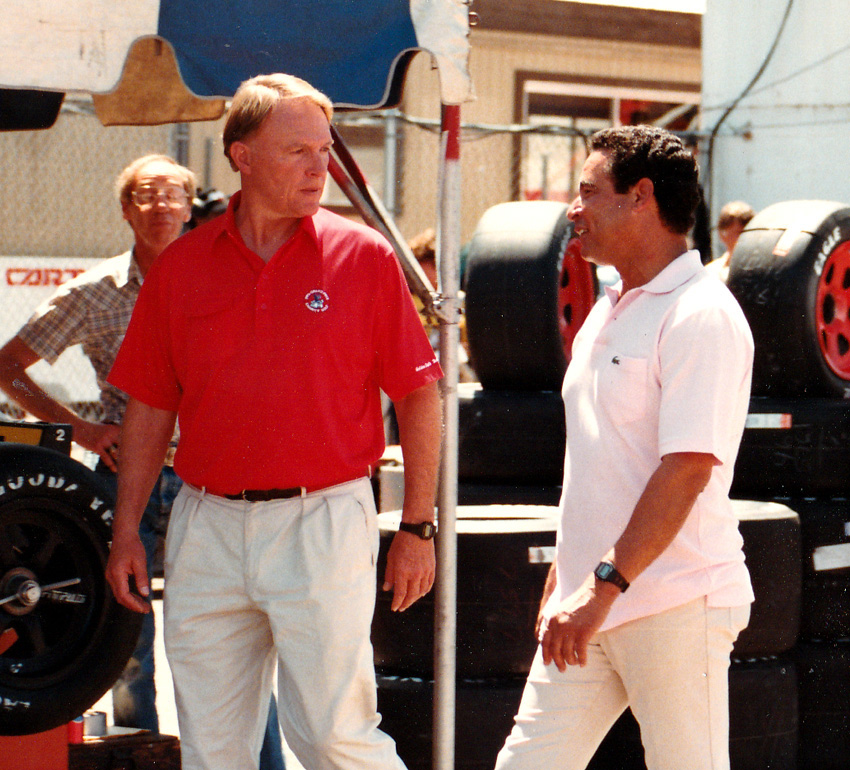
Dan with Danny Ongias
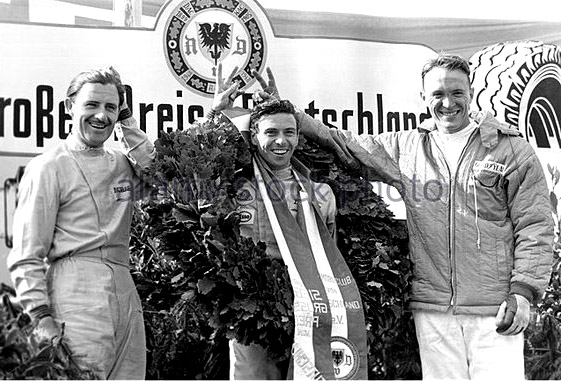
Dan with Graham Hill and Jim Clark
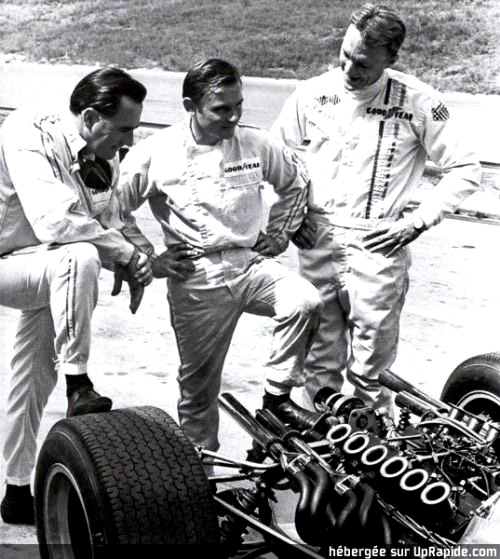
Dan with Jack Brabham and Bruce McLaren
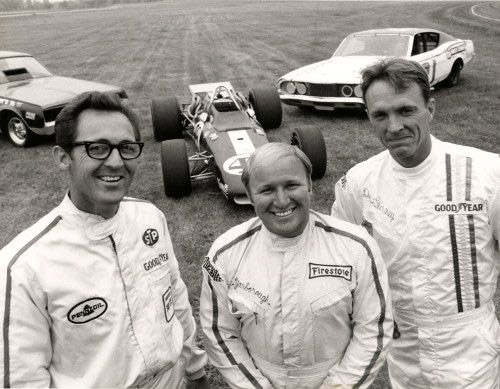
Dan with Dyno Don Nickolson and Clae Yarborough
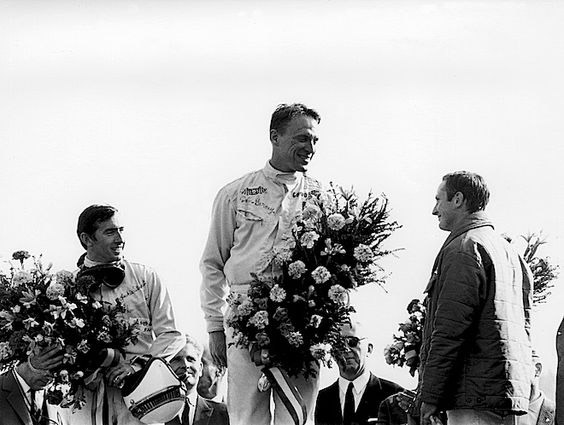
Dan At SPA with Jackie Stewart and Chris Amon IN 1967
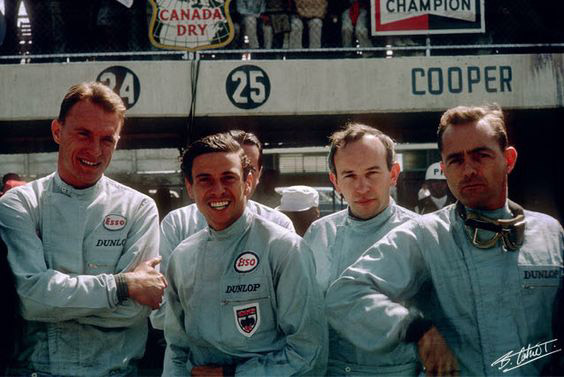
Dan with Jim Clark, John Surtees aand Graham Hill in 1964
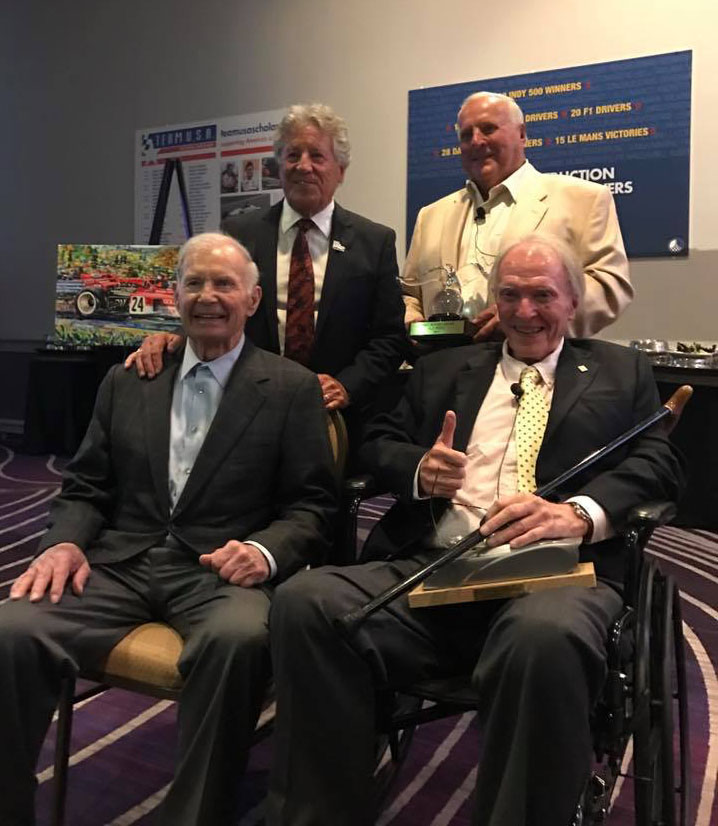
Dan with AJ Foyt, Parnelli Jones and Mario Andretti
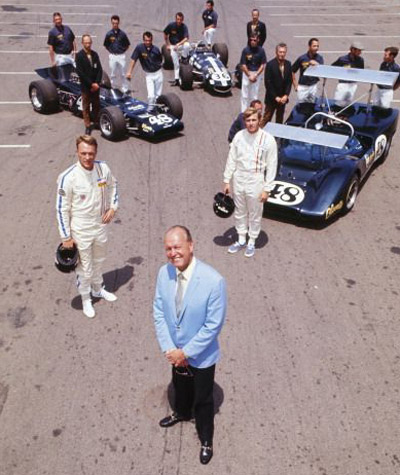
Dan with Ozzie Olson and the All American racers
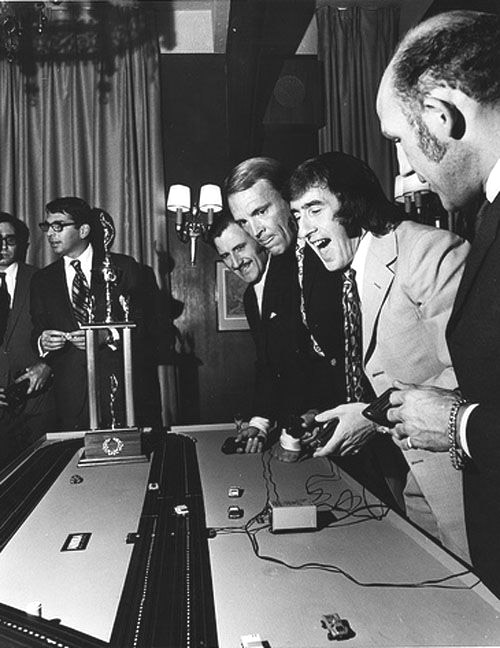
Dan with Sterling Moss, and Graham Hill playing at slot car racing
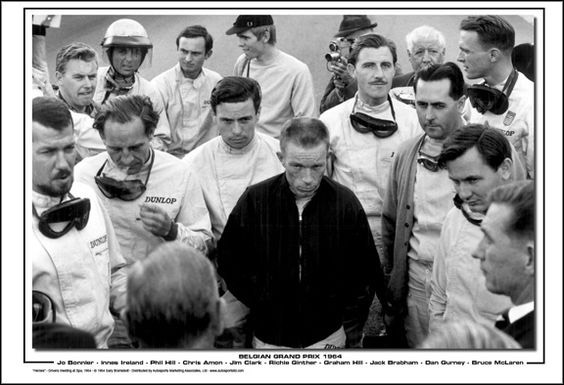
1964 Belgian Grand Prix with Dan Gurney, Innes Ireland, Phil Hill, Chris Amon, Jim Clark, Richie Gunther, Graham Hill, Jack Brabham, Jo Bonnier, and Bruce McLaren.
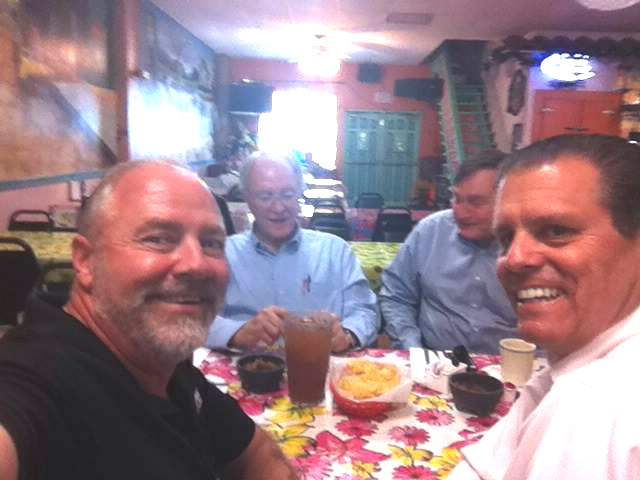
Bobby Kimbrough shares this pic of him and Dan
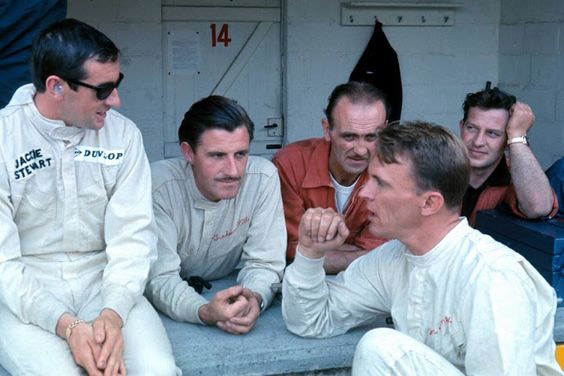
Dan with Jackie Stewart, Graham Hill and more in 1966
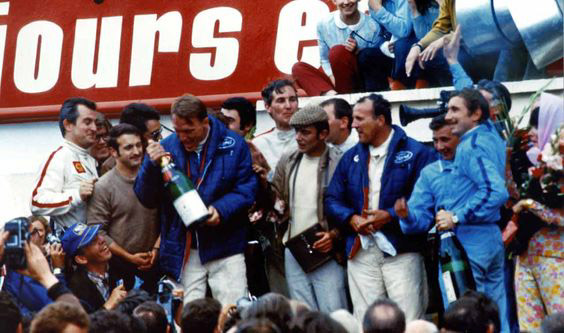
Dan and A J Foyt with victory champaign at Le Mans
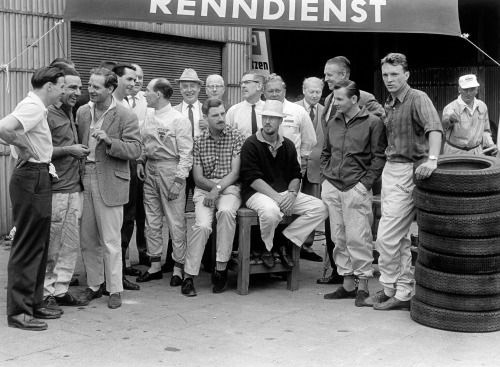
F1 drivers 1961 From left to right Jim Clark, John Cooper, Innes Ireland, Jack Brabham, Stirling Moss, Graham Hill, Joakim Bonnier, Bruce McLaren and Dan Gurney.
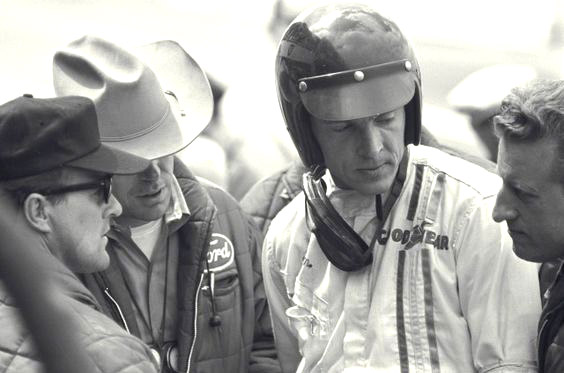
Dan with A J Foyt and Carroll Smith in June 1967
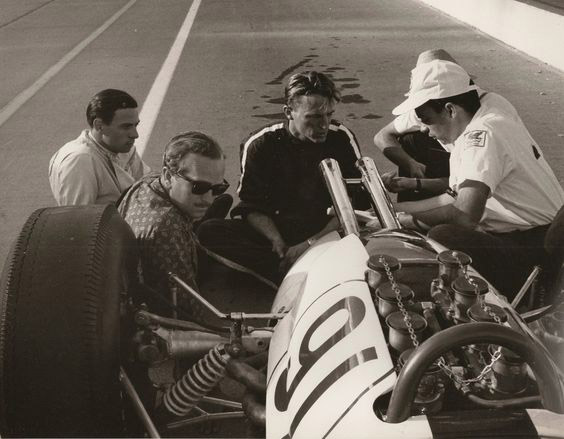
Dan with Jim Clark and Colin Chapman with a Lotus Ford GP Car
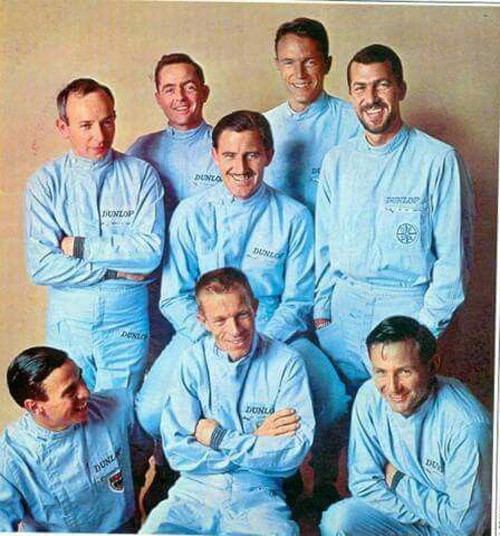
Dan with John Surtees, Phil Hill, Graham Hill, Jo Bonnier, Jim Clark, Richie Ginther and Bruce McLaren
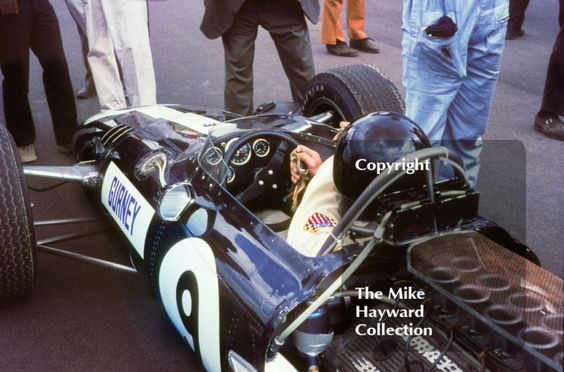
Dan in # 9
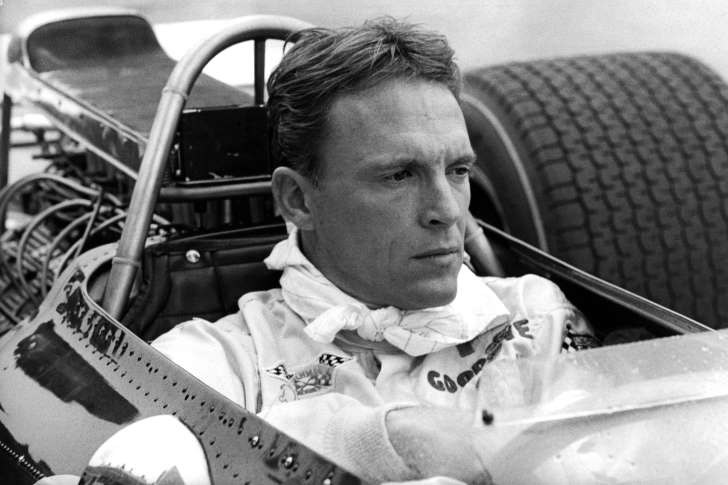
Dan in his car
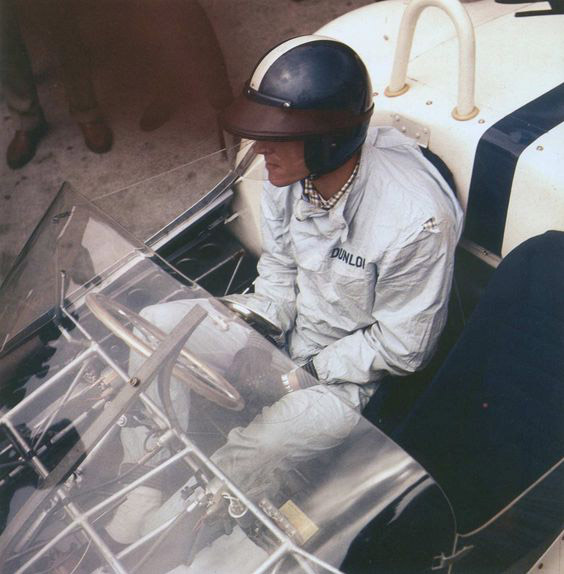
Dan in his car 1960
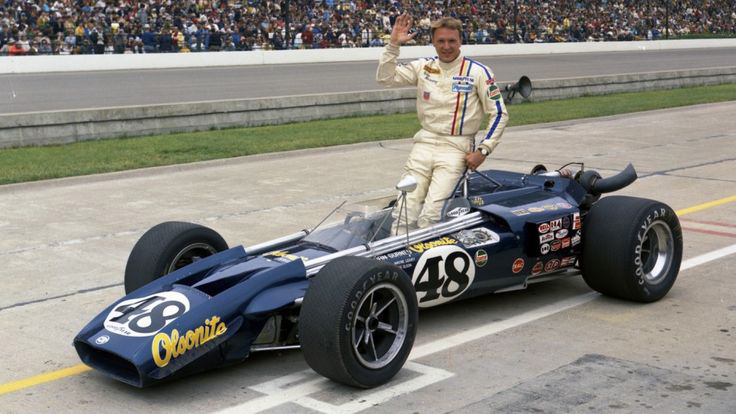
Dan in # 48
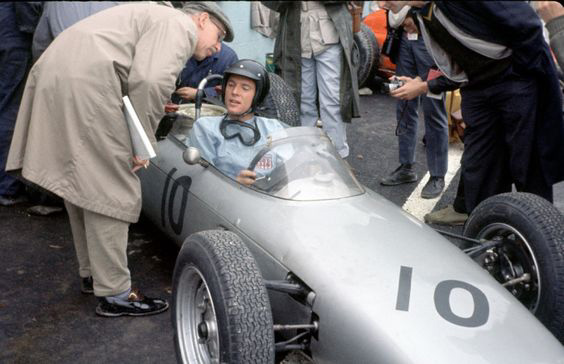
Dan in a Porsche
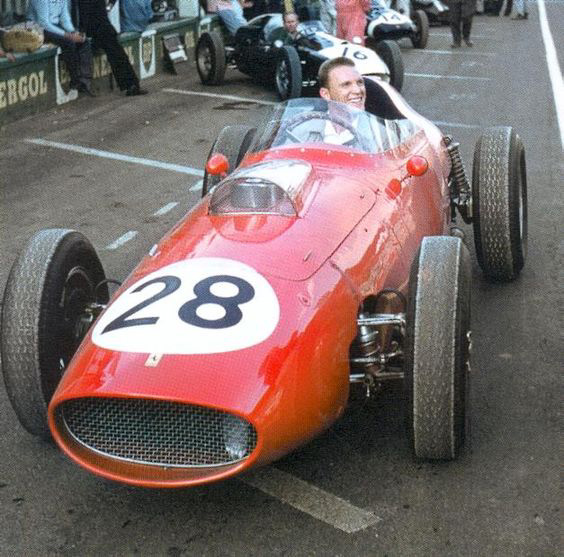
Dan in a # 28 Ferrari in a 1959 GP in France
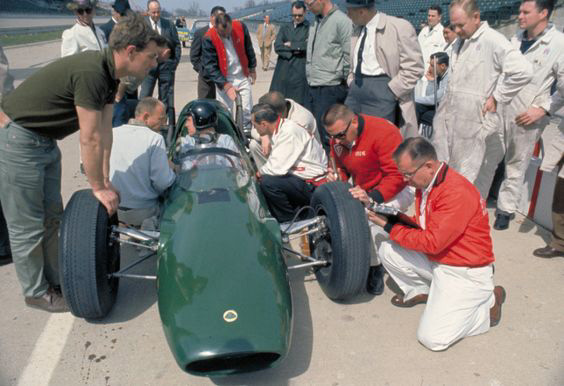
Dan in 1963
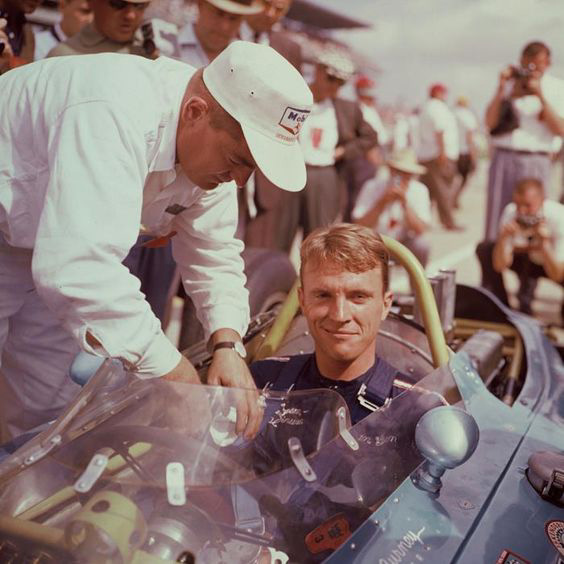
Dan in Mickey Thompson's car
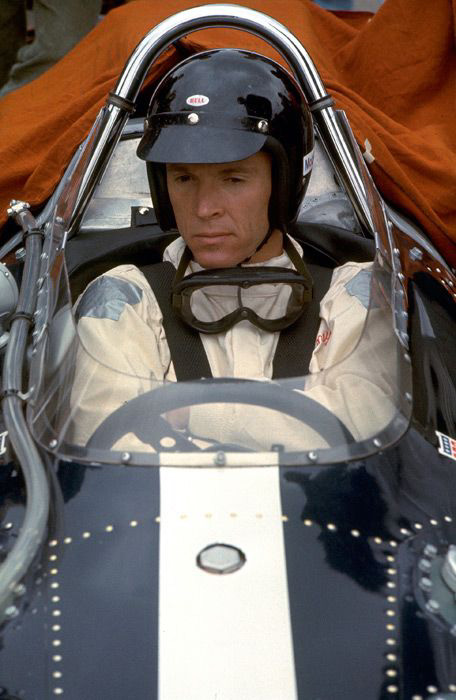
Dan ready to go
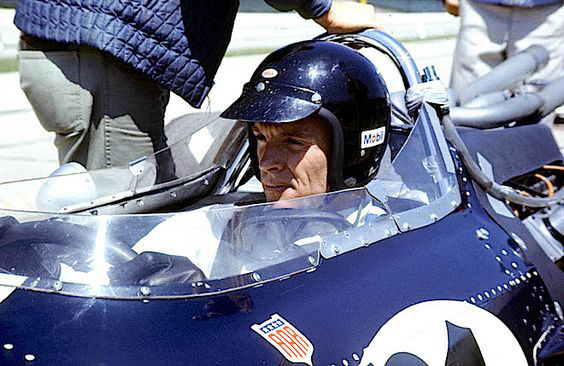
Dan in the seat 1966
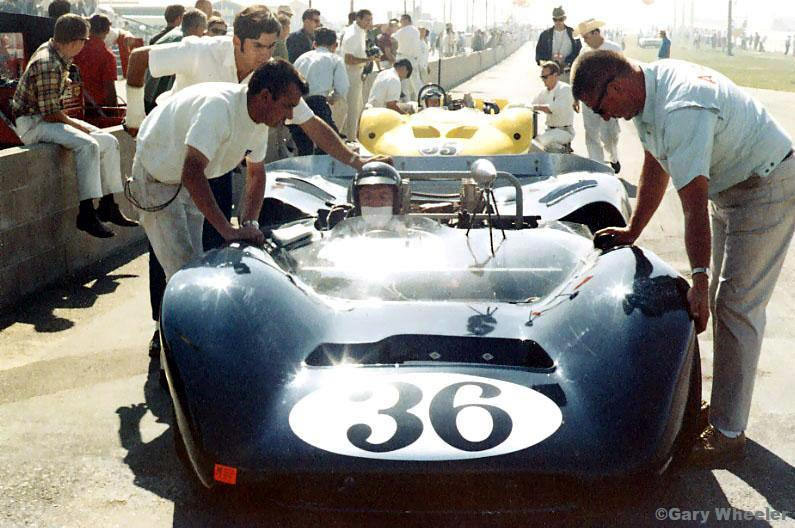
Dan at Riverside Can Am 1967
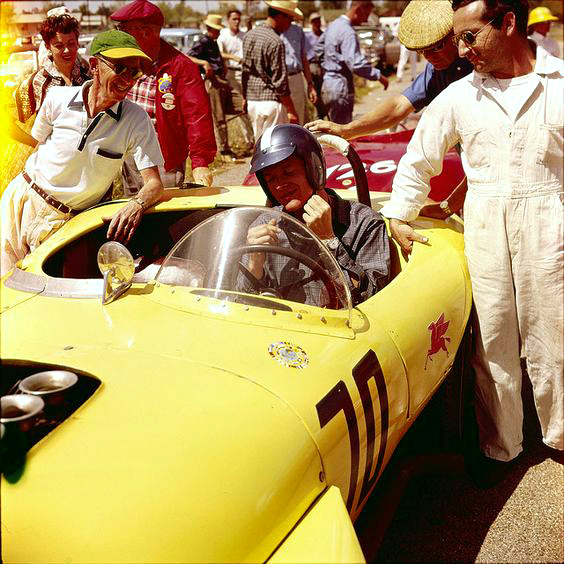
Dan in "Old Yeller" in 1960
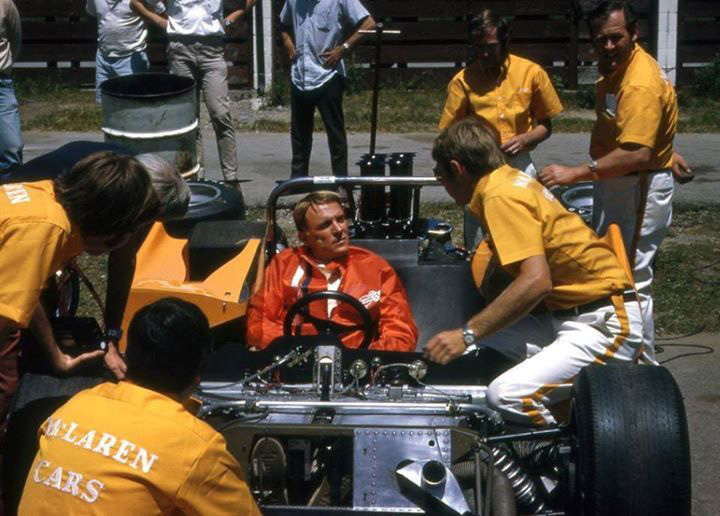
Dan sitting in a McLaren Can Am car 1970
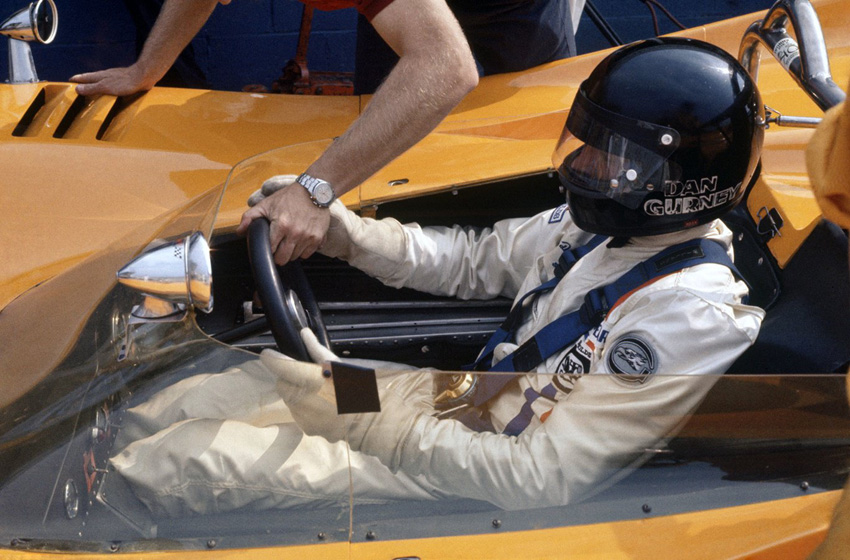
Dan in the cockpit
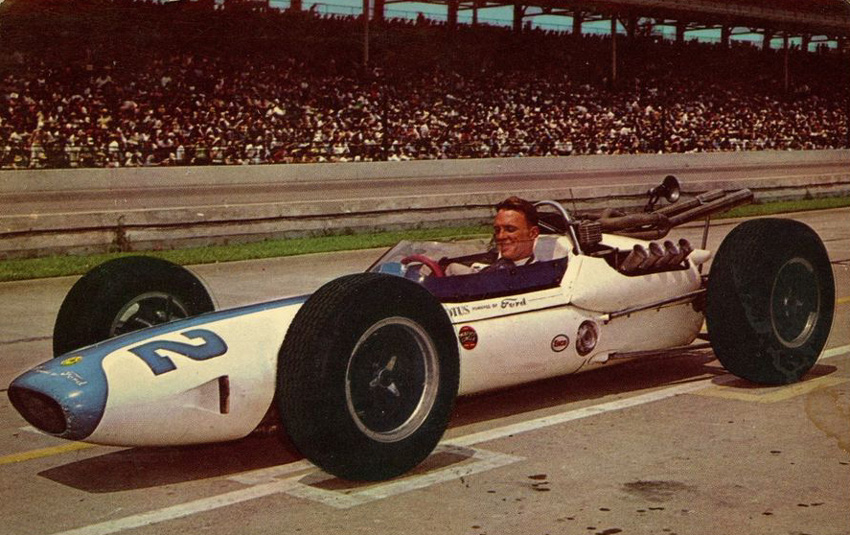
Dan's Indy postcard
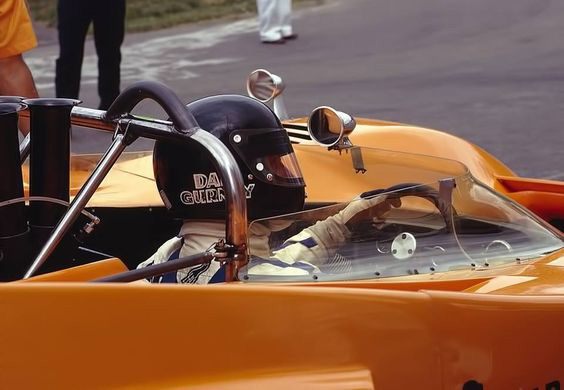
Dan in a McLaren
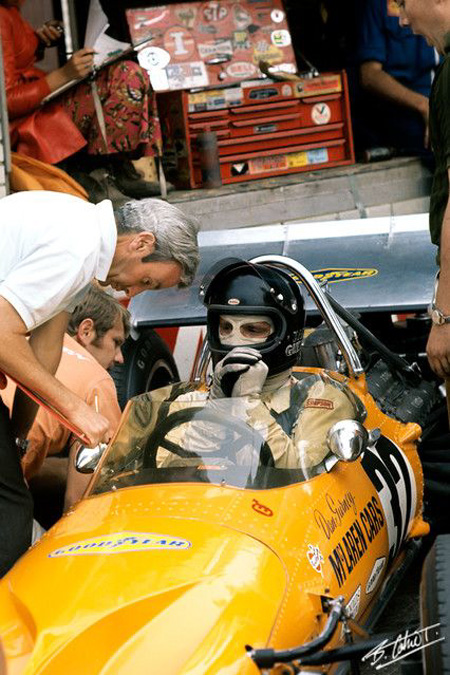
Dan waiting to get back at it
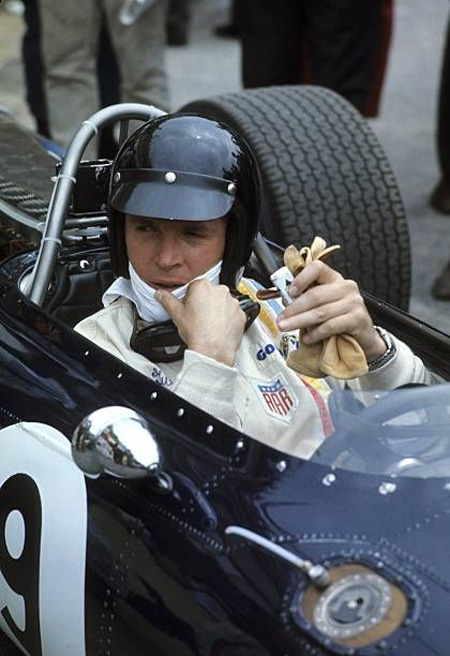
Dan reflecting on what's happening
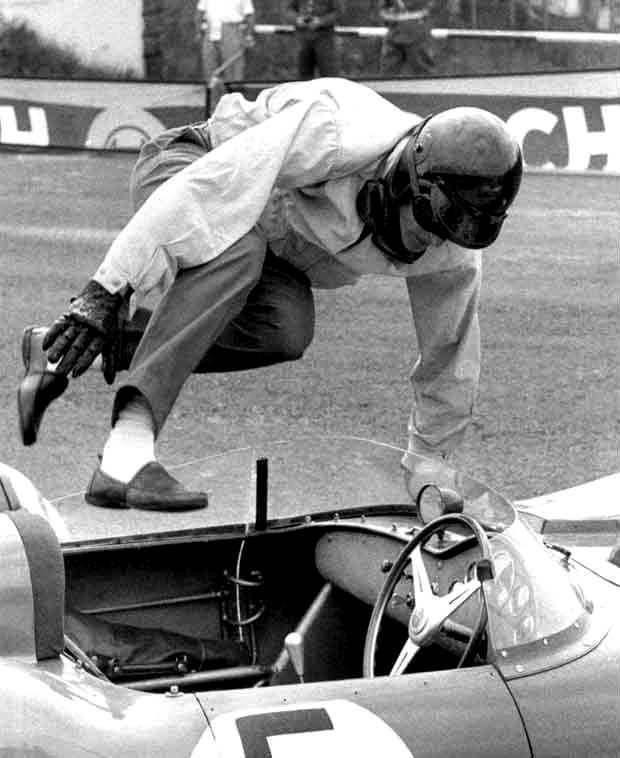
Dan hopping in his car at a Le Mans
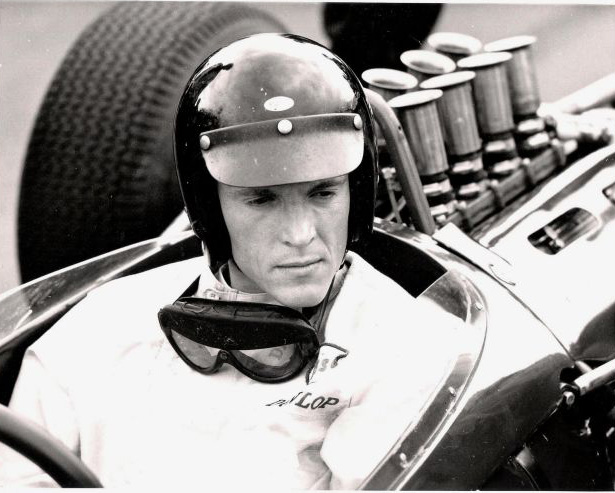
Dan in the cockpit
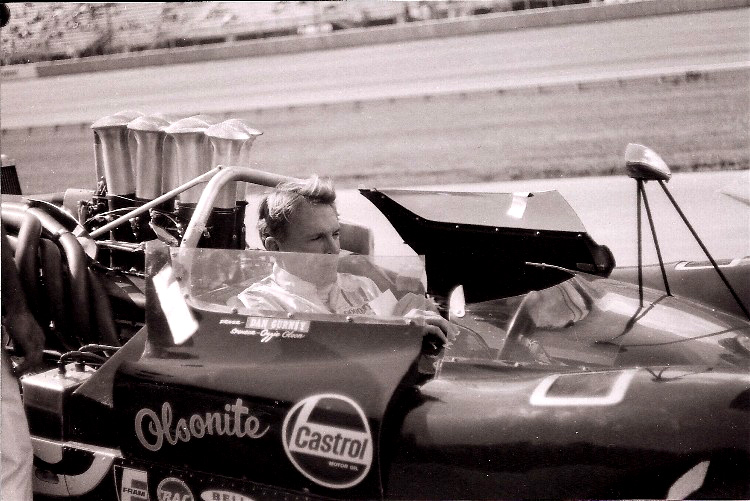
Dan in his car
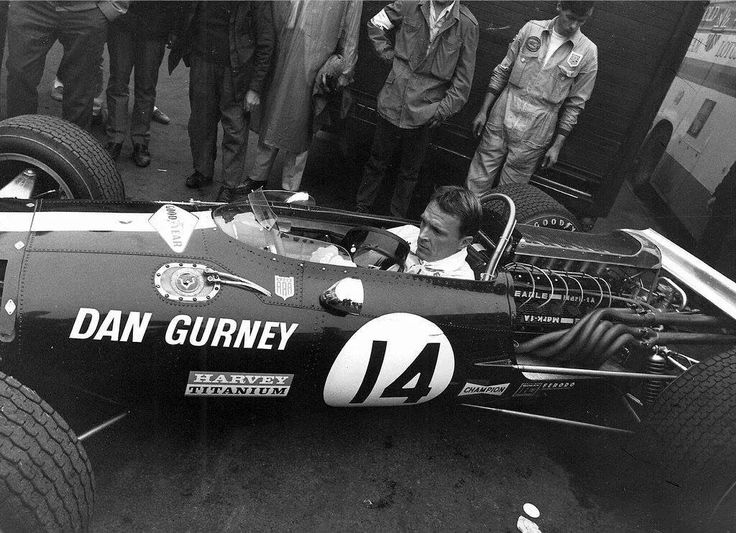
Dan in an Eagle Westlake powered car
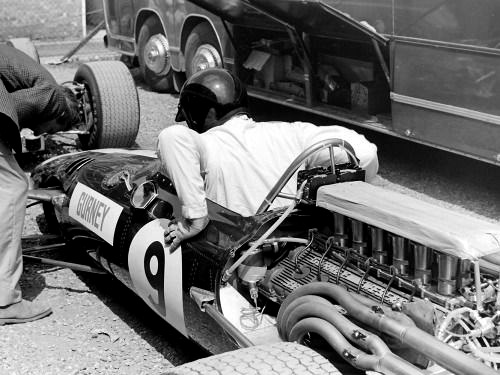
Dan in 1967 British GP at Silverstone
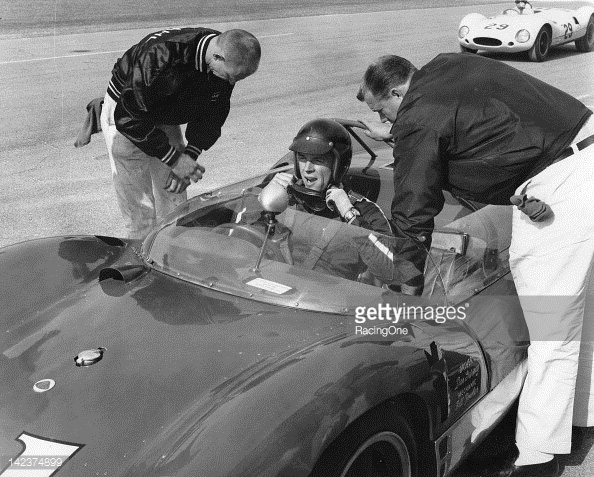
Dan pulled in for adjustments
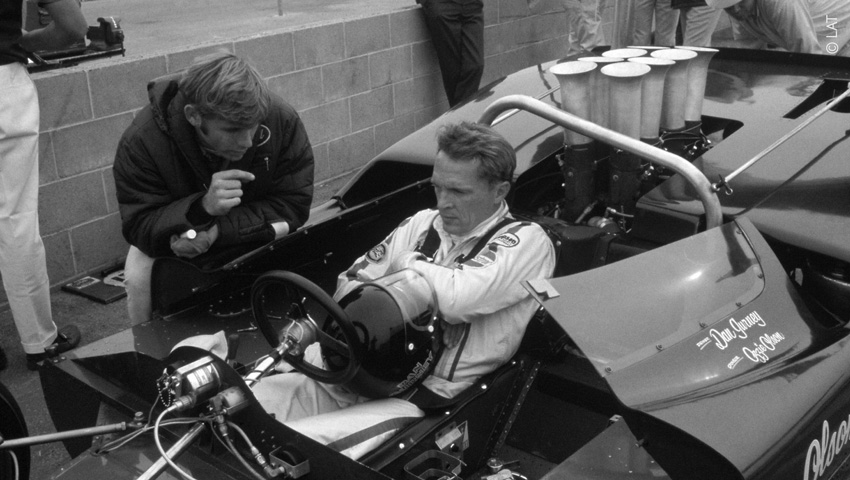
Dan looking thpughtful
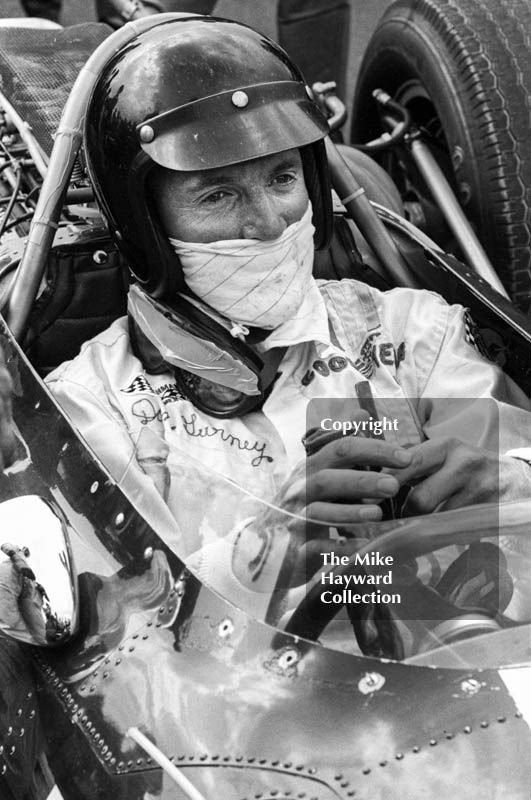
Dan in his seat
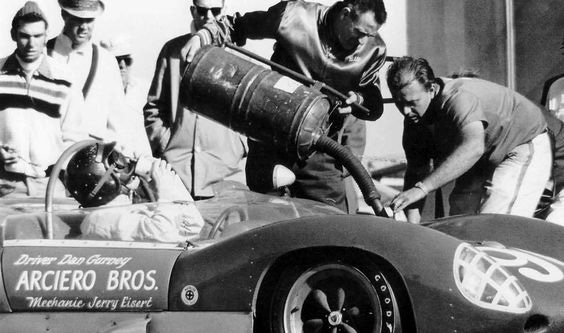
Dan getting fuel
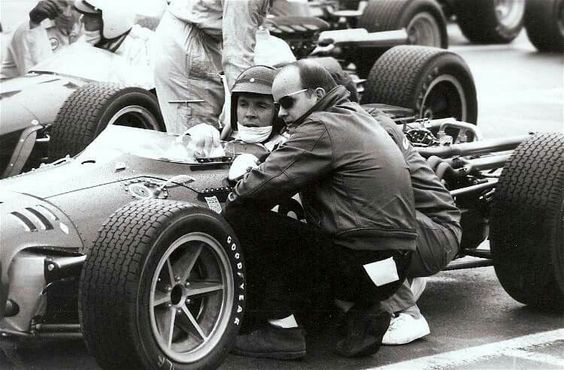
Dan listening in his F1 Eagle Westlake
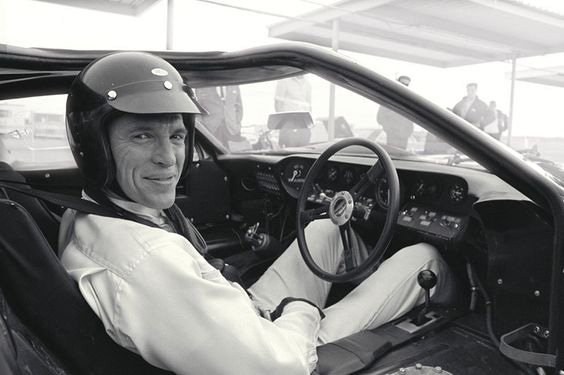
Dan with a big smile after winning a Le Mans GP
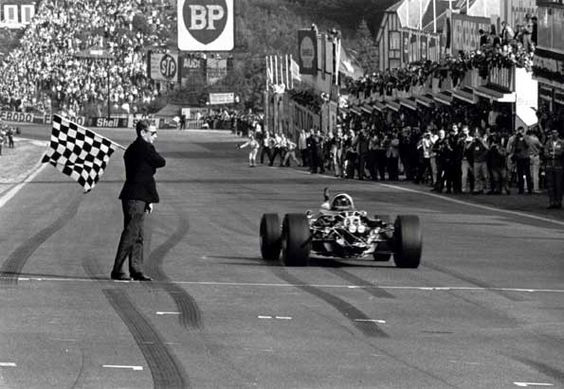
Dan crossing the finish line waving Spaon 1967
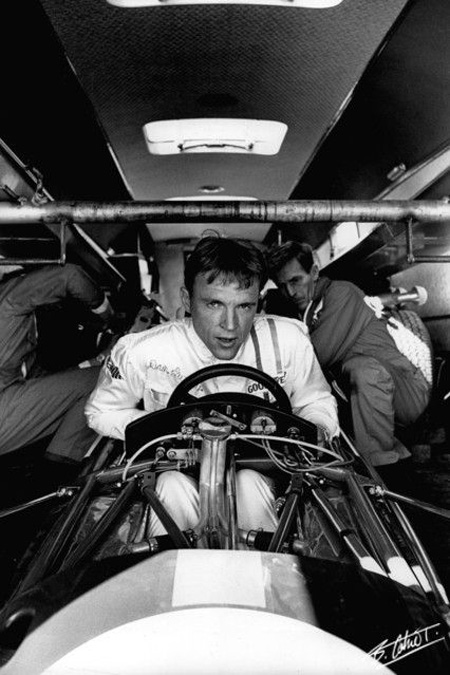
Dan in 1968 at the Dutch GP
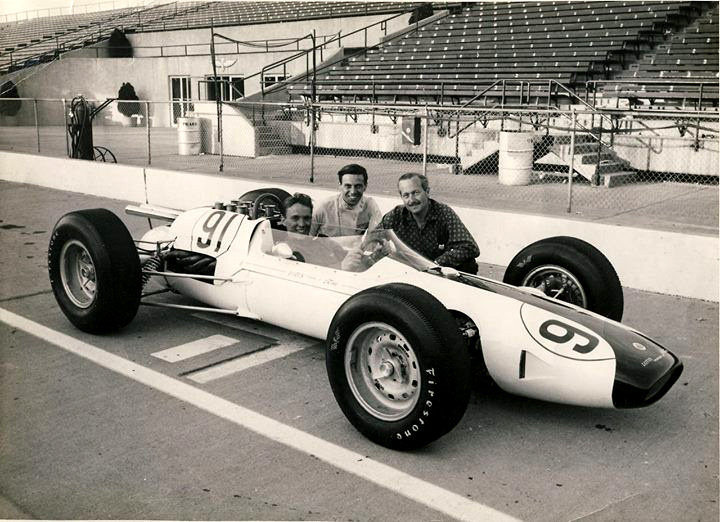
Dan with Jim Clark and Colin Chapman
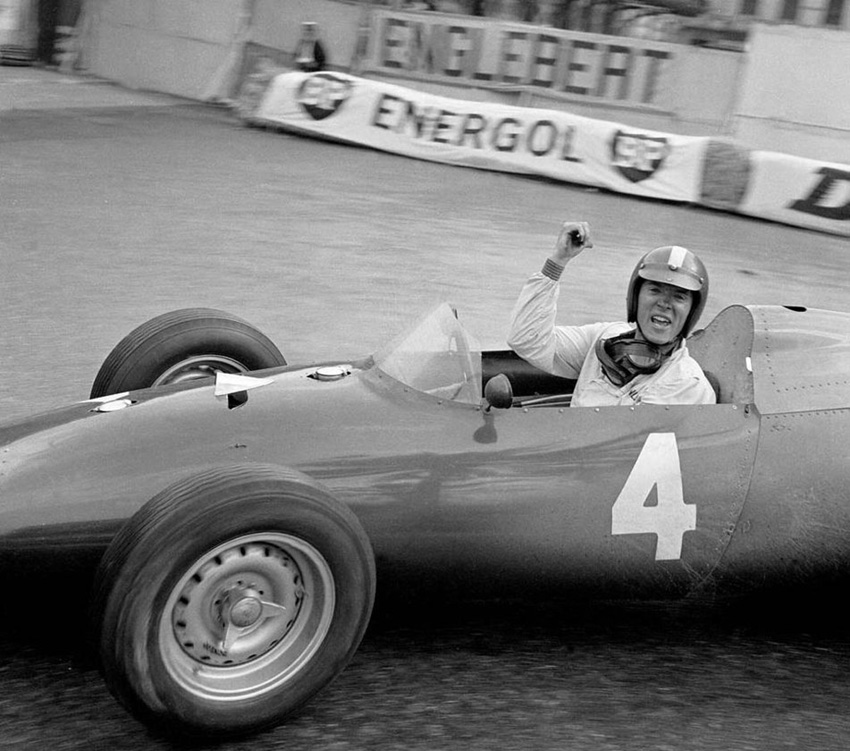
Dan at Monaco in 1960
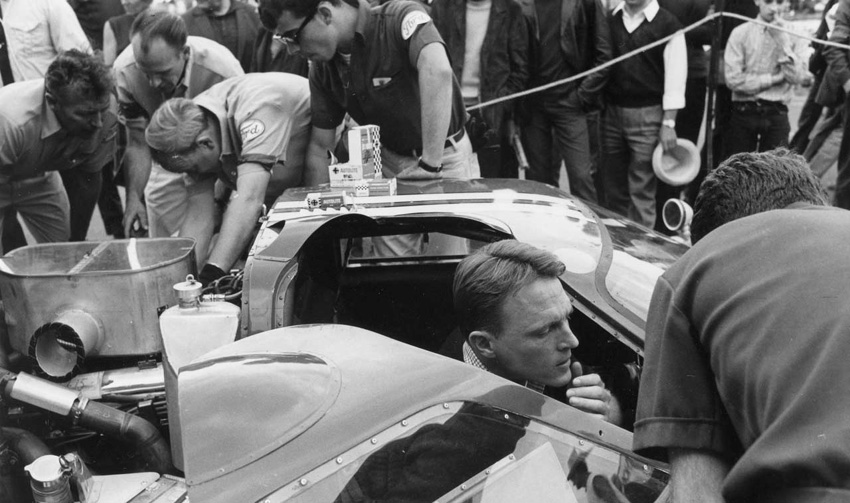
Dan waiting for maintenance at Le Mans
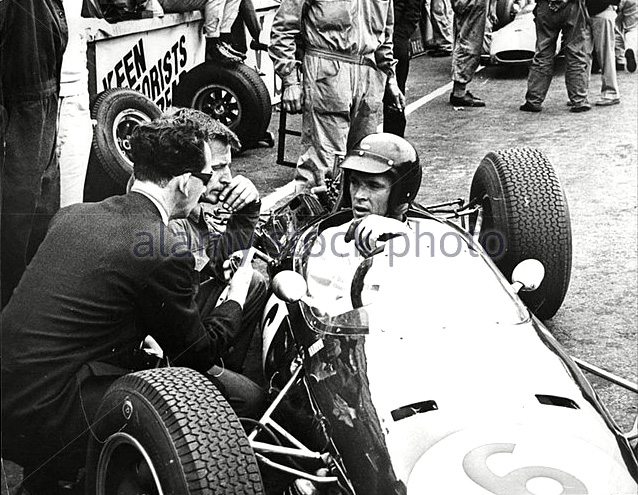
Dan in car at the Brands Hatch race
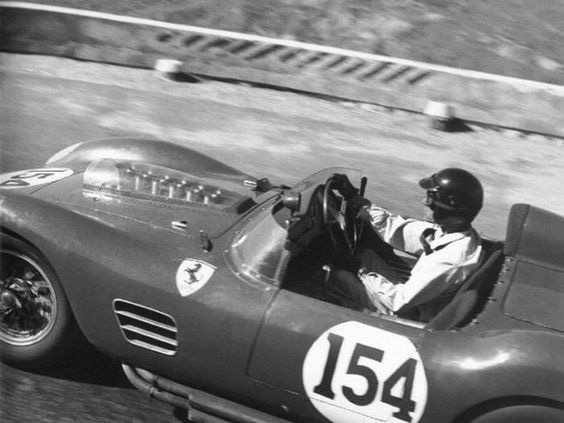
Dan at Targa Floria in a Ferrari 250 in 1959
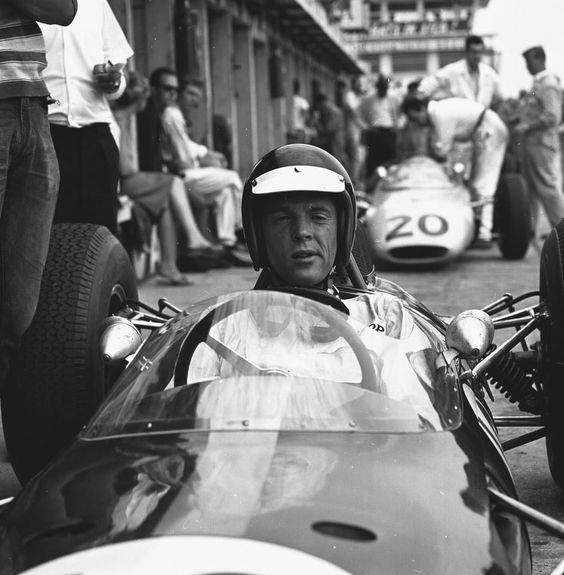
Dan in 1966 F1 event
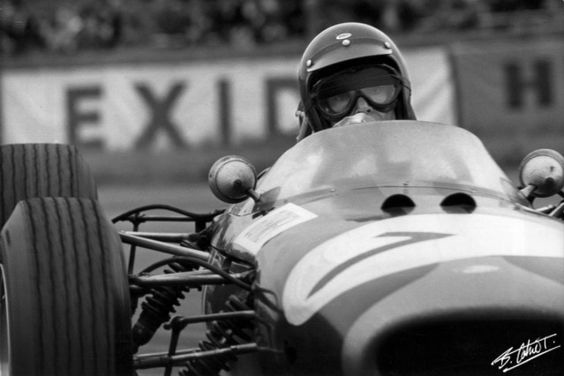
Dan coming at you
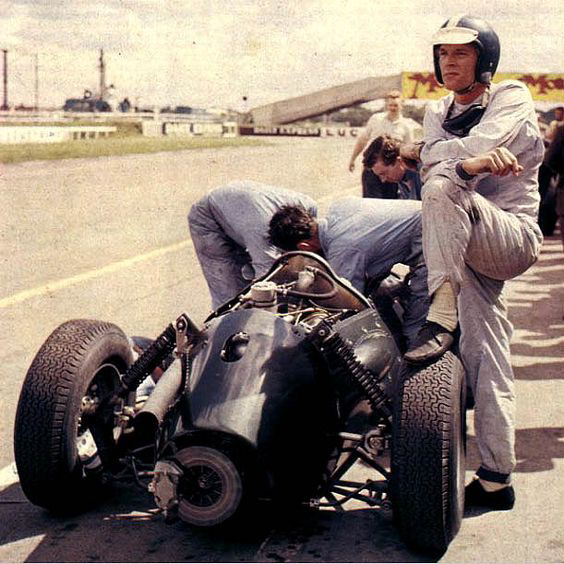
Dan just thinking in England
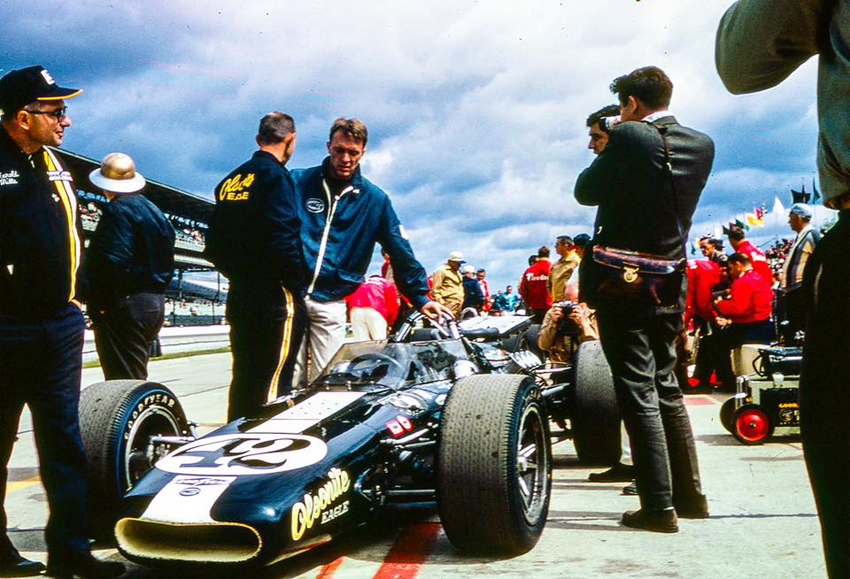
Dan and the crew
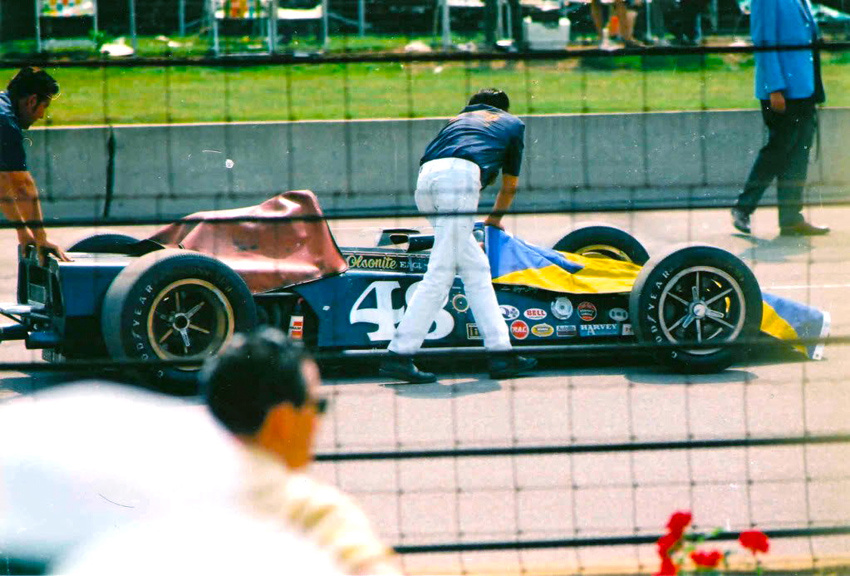
The car is ready
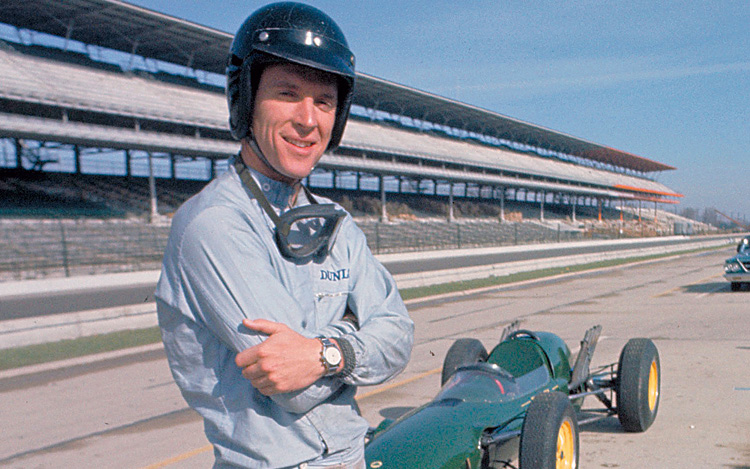
Dan's ready
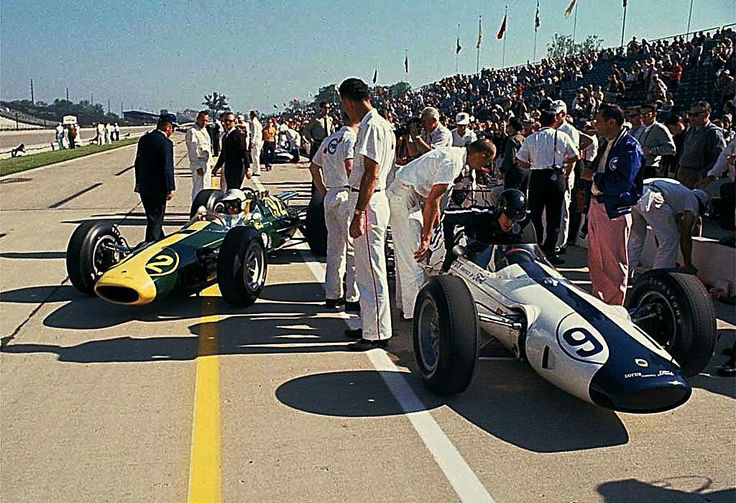
Dan and Jim Clark getting bolted in
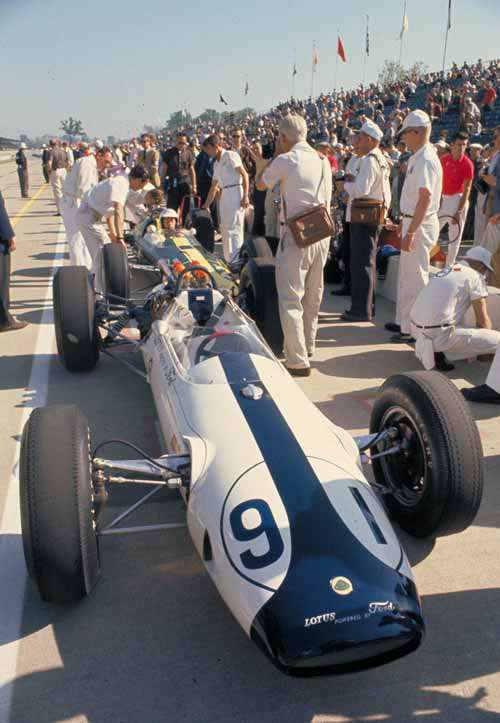
Dan's Lotus Ford # 91
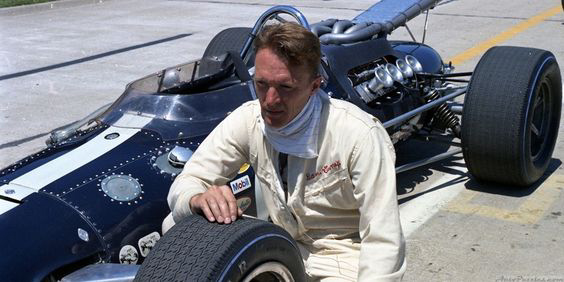
Dan kneeling by his car
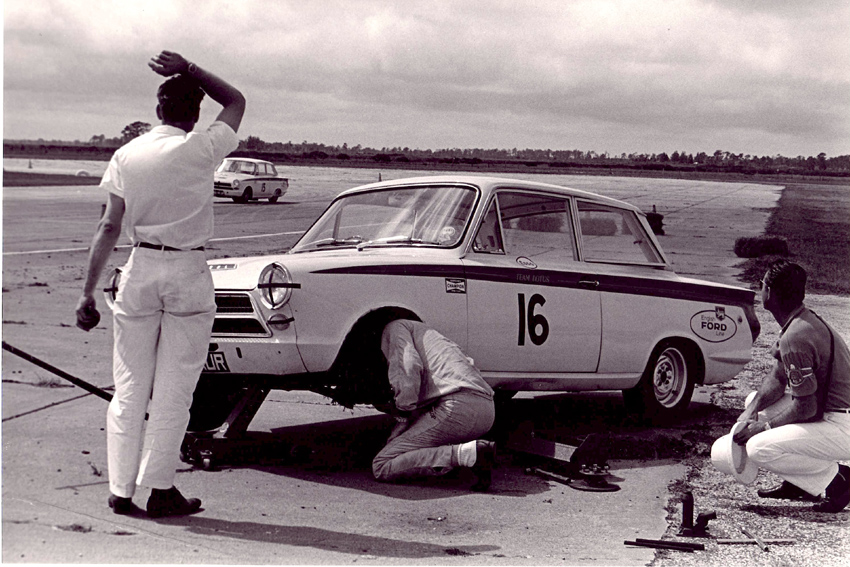
Dan at Sebring in 1964
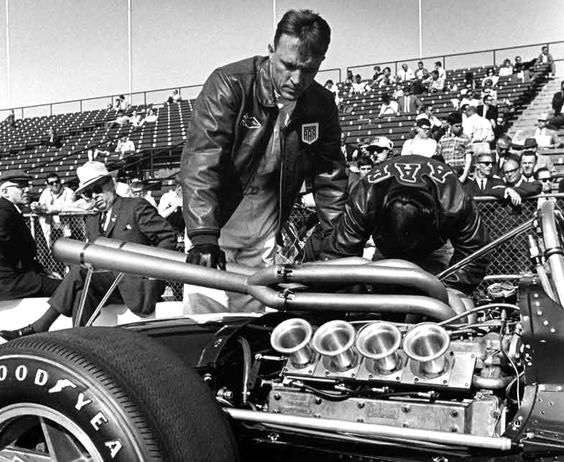
Dan at Indy 500 with his Eagle
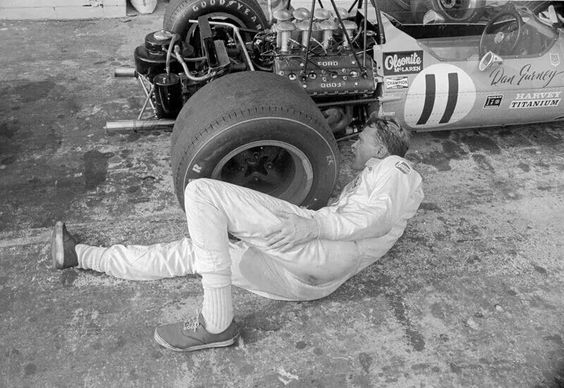
Dan looking at his McLaren in 1969

Dan with his Cuda
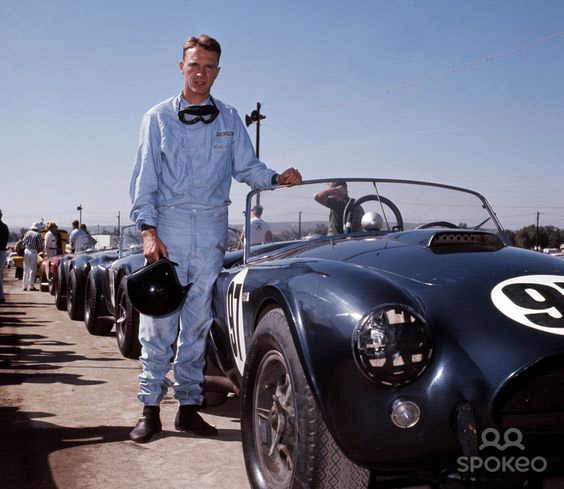
Dan at Riverside for the LA Times Grand Prix
Dan's art work
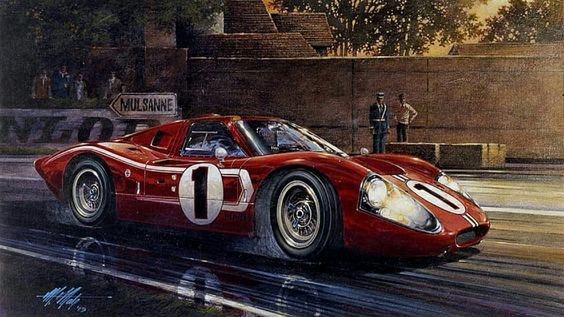
1967 Le Mans Ford GT40
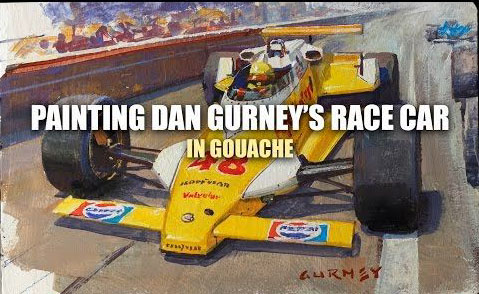
Dan's # 48 car
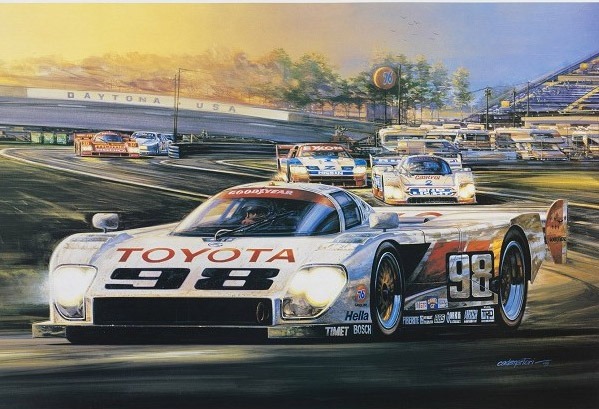
Daytona 24 hour race 1993
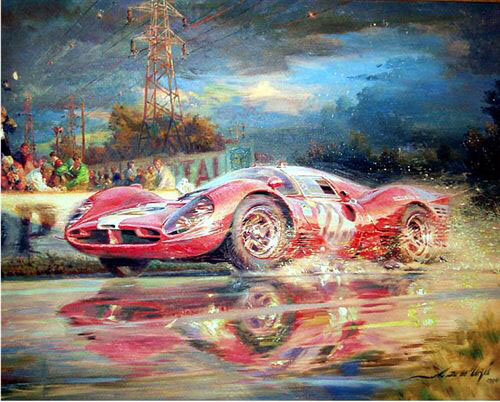
1967 Le Mans
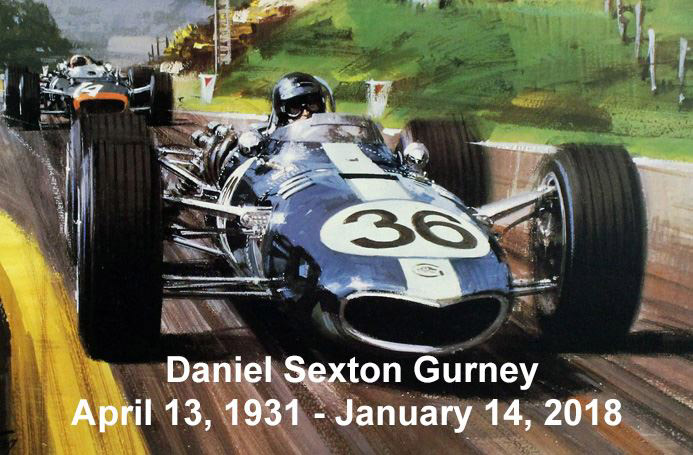
Dan 4/13/1931 - 1/14/2018
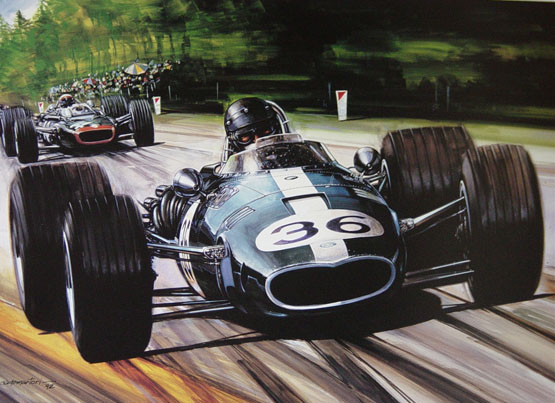
Dan art
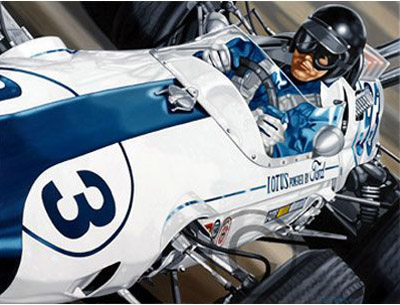
Indy art
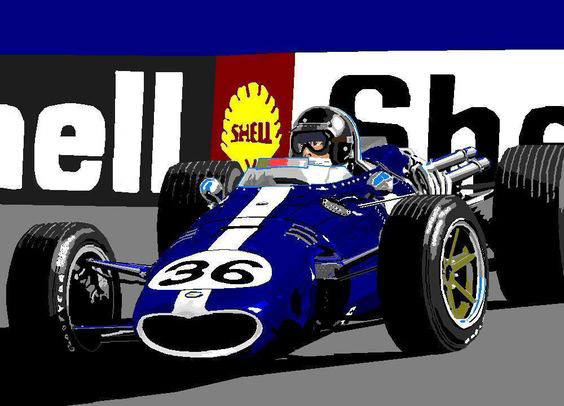
Eagle art
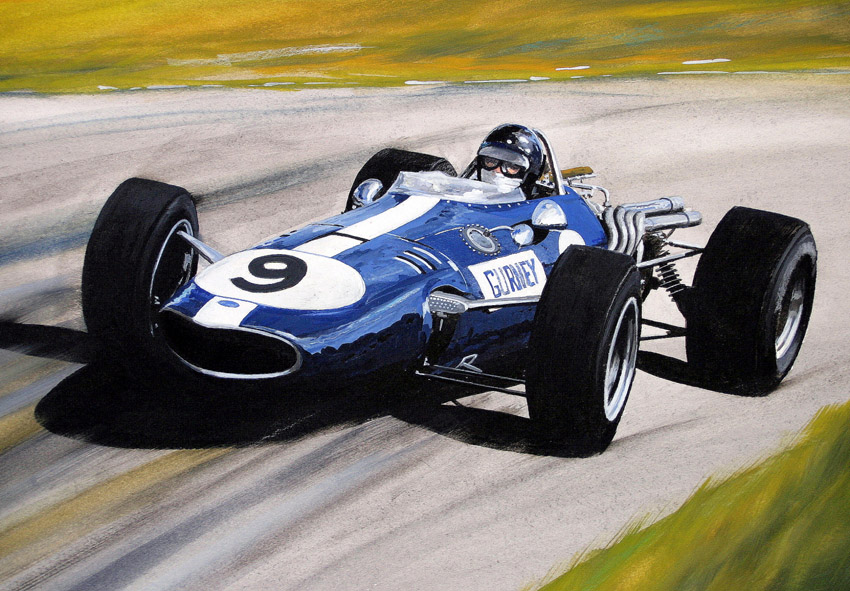
More Eagle art
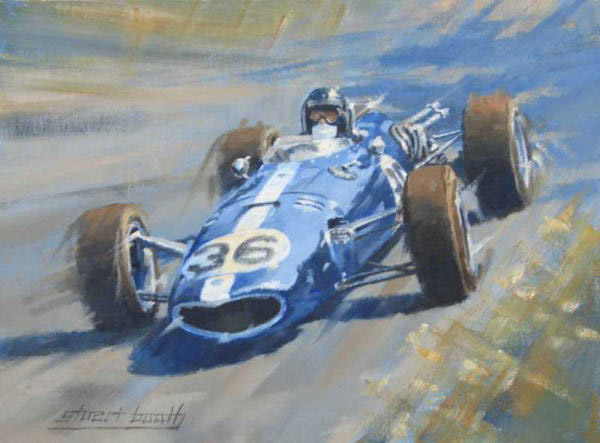
Another Eagle art
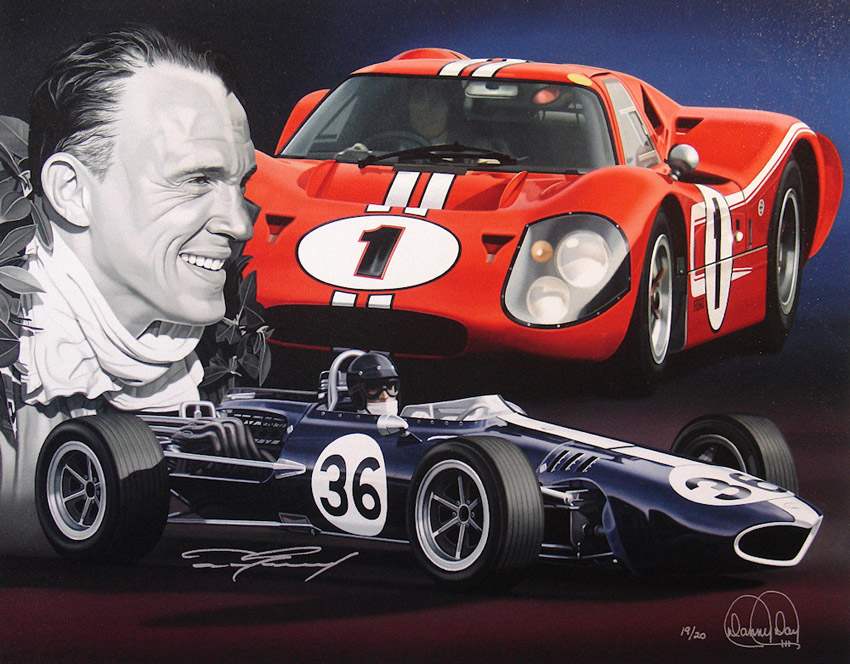
Dan tribute
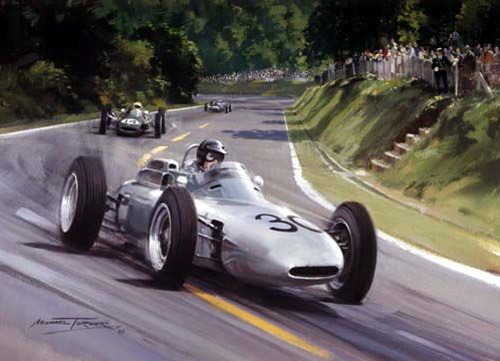
Porsche art
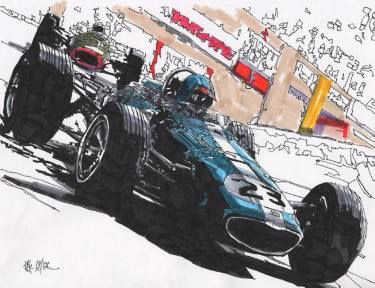
more art
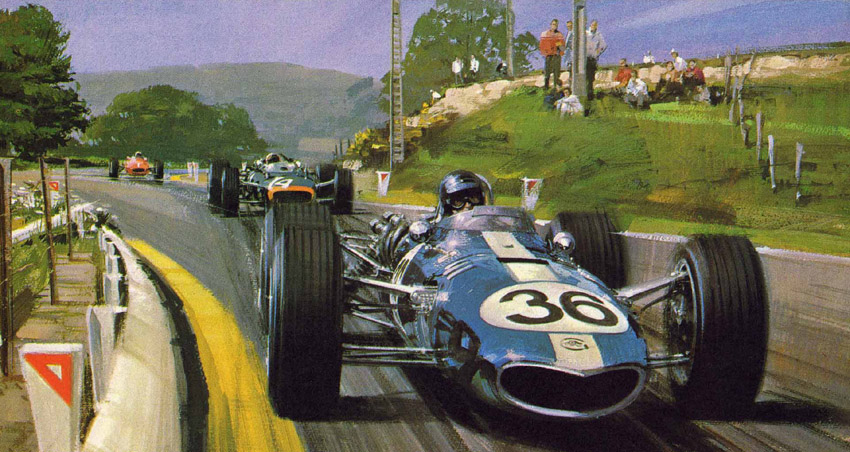
More # 36 art
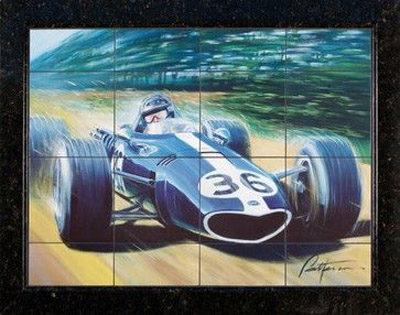
More # 36
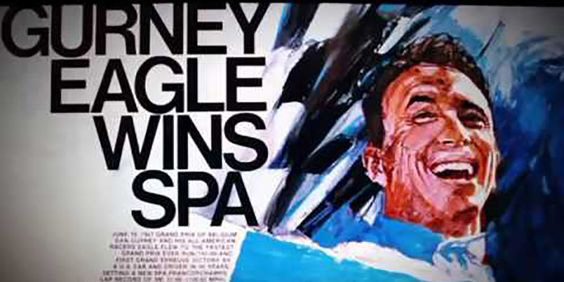
Winning poster
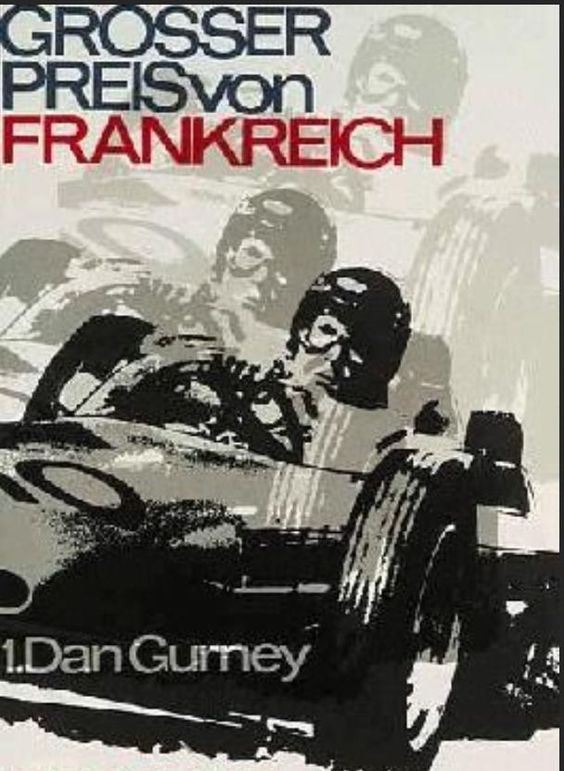
Poster
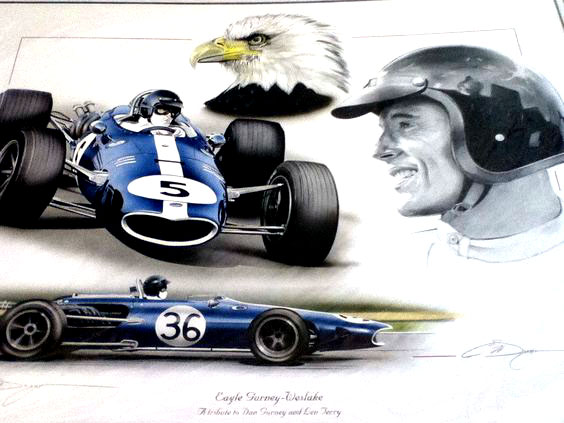
Dan tribute

Dan logo
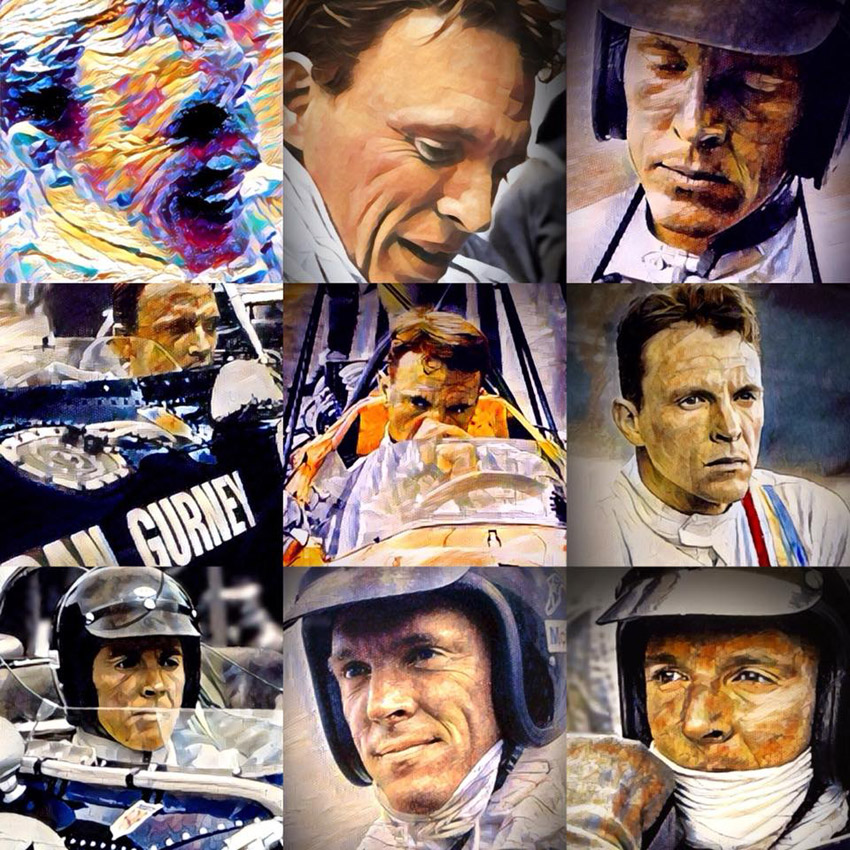
Dan collage
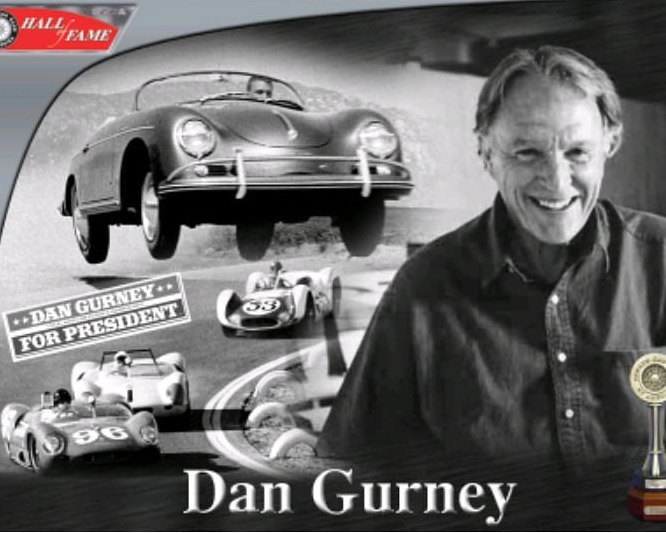
Dan tribute
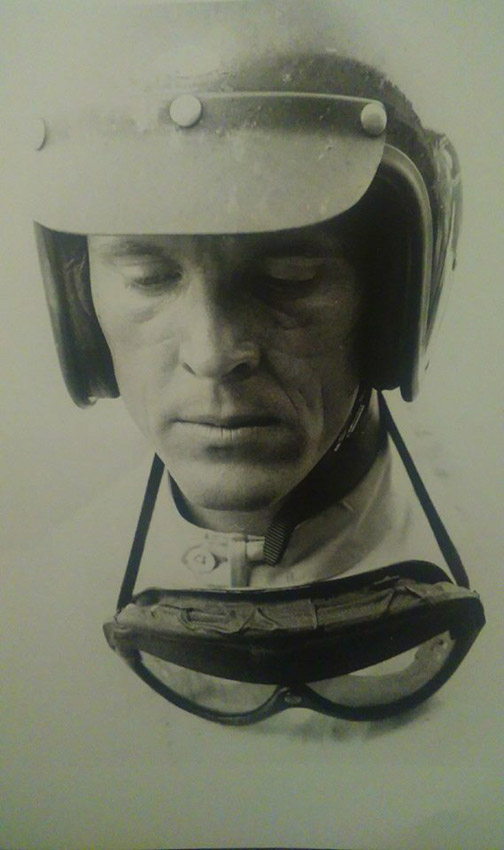
Dan
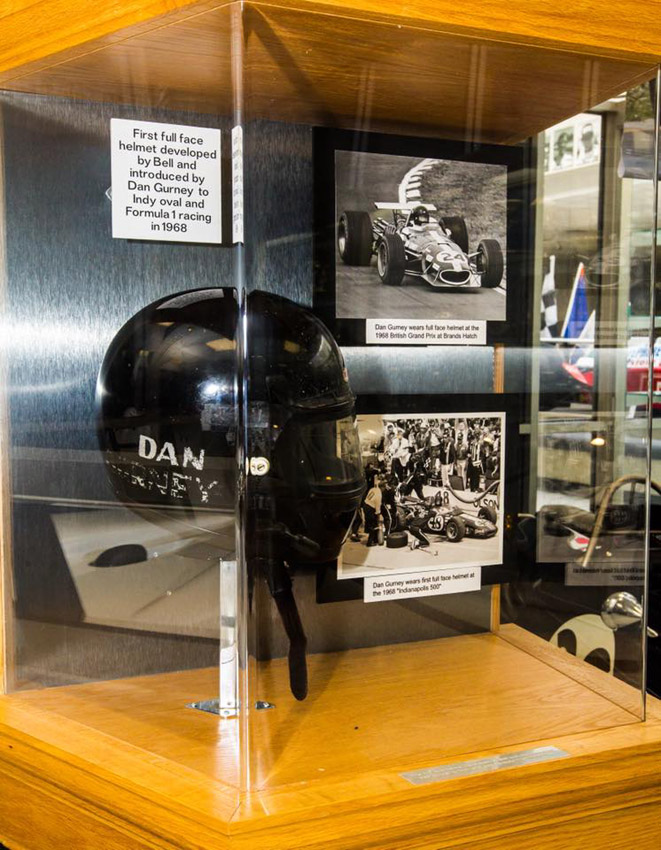
Dan wore this Bell helmet, the first full face, in 1968
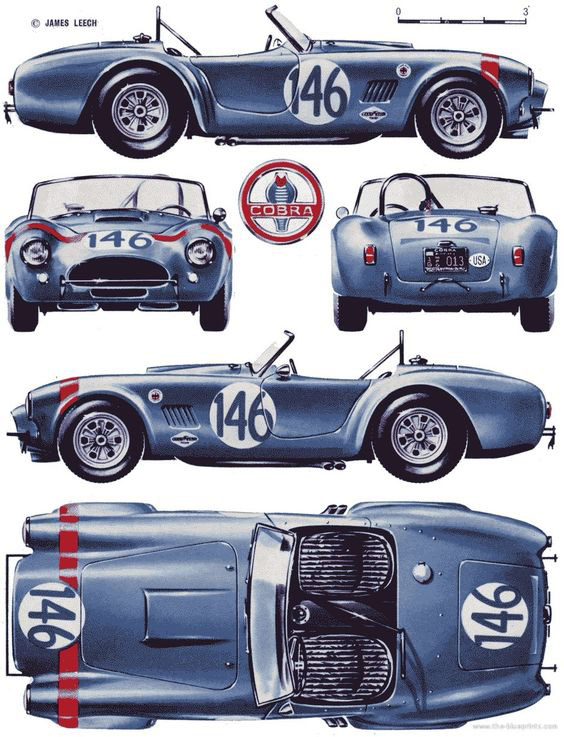
Dan's Cobra 1964
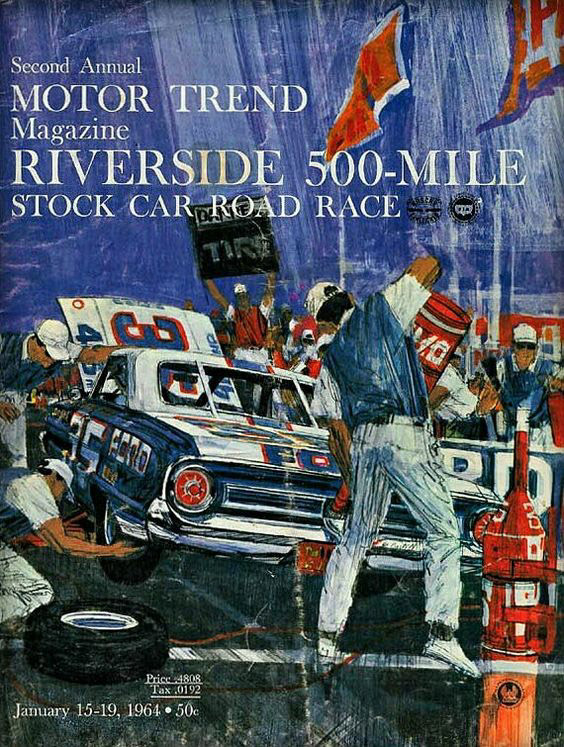
poster
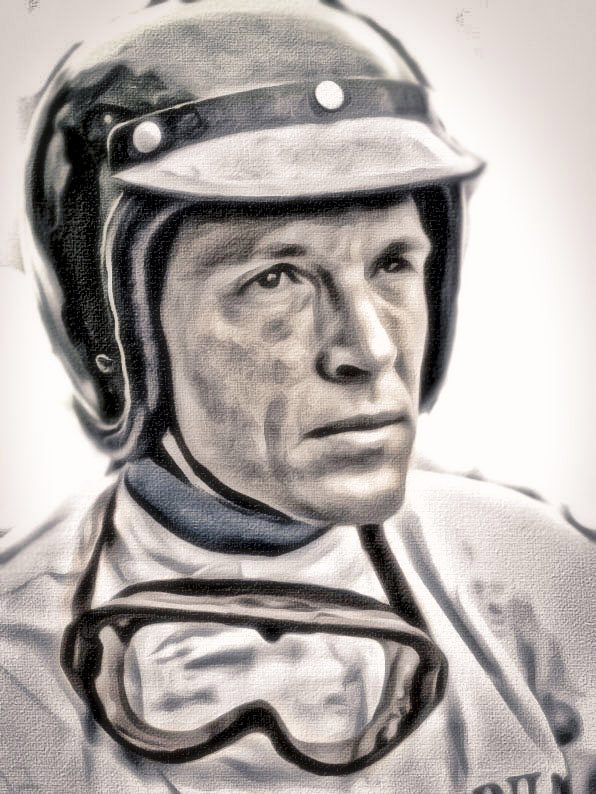
Dan
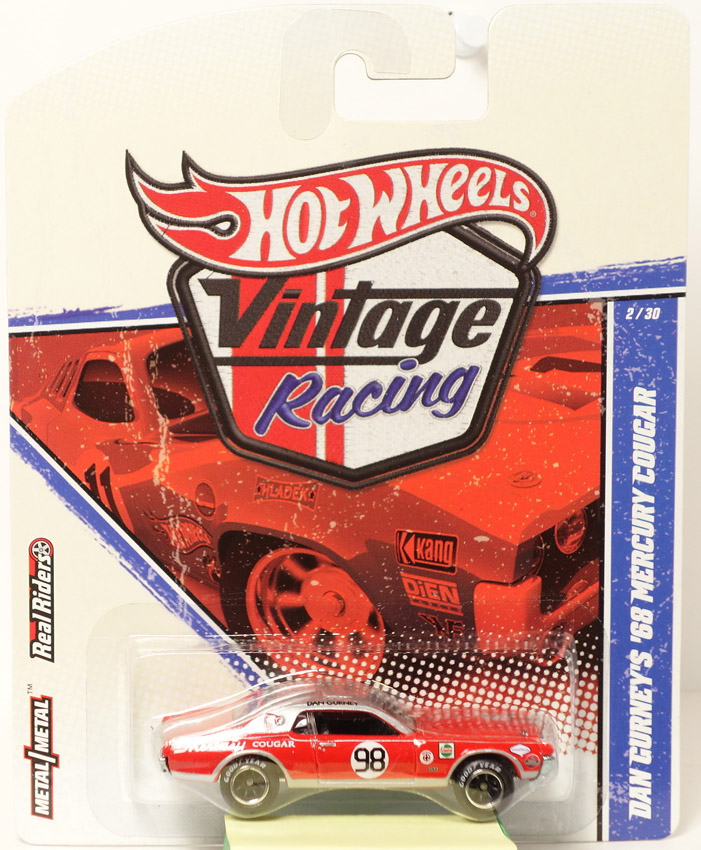
A logo

Program
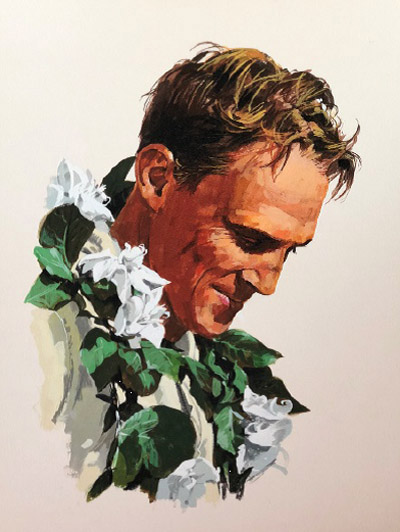
Dan 1967 Grand Prix
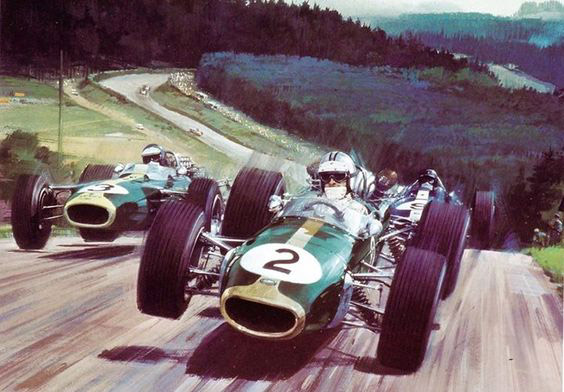
More art work
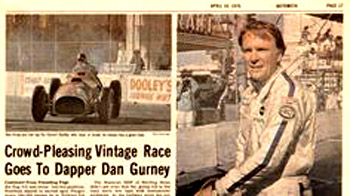
Dapper Dan Gurney
Cars Dan drove
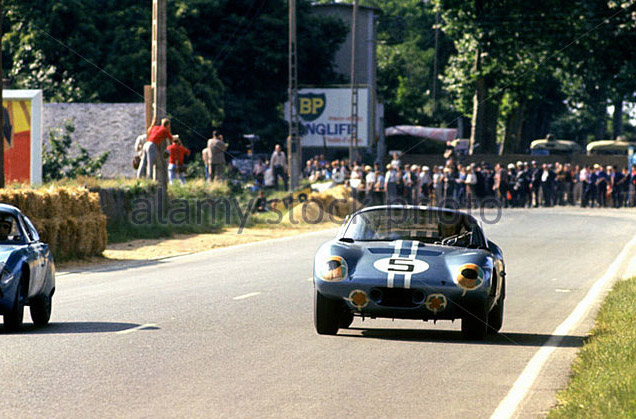
Dan # 5 Cobra Le Mans France 1964
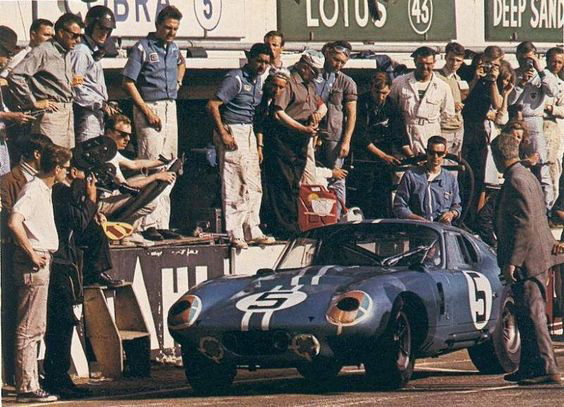
Dan # 5 Shelby Cobra
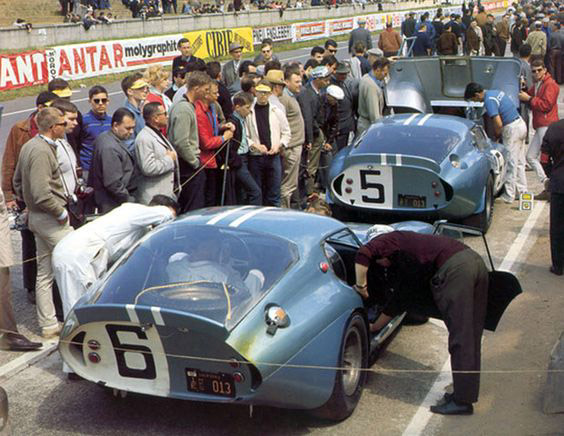
Dan # 5 1964 Cobra Daytona
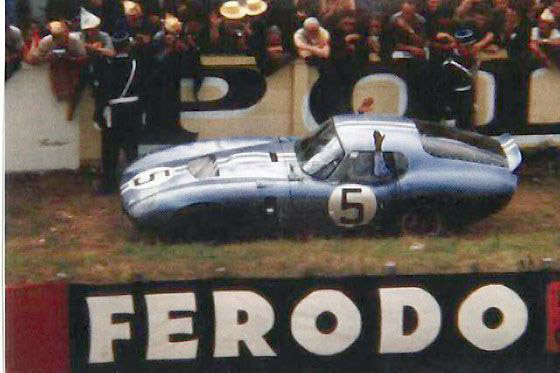
Dan # 5 1964
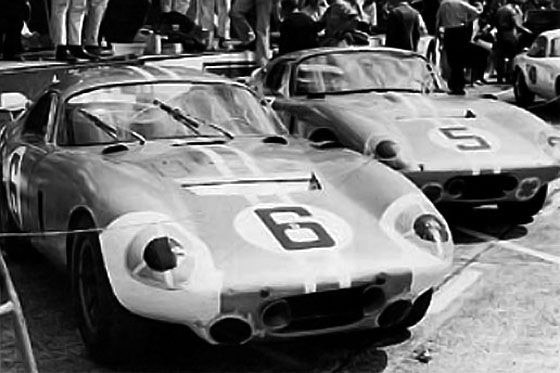
Dan # 5 in 1964
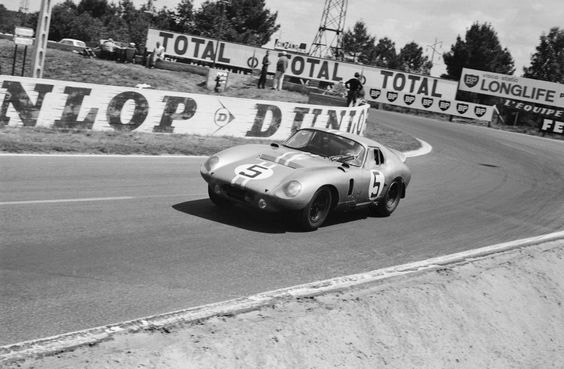
Dan # 5 in the original Cobra Daytona Coupe
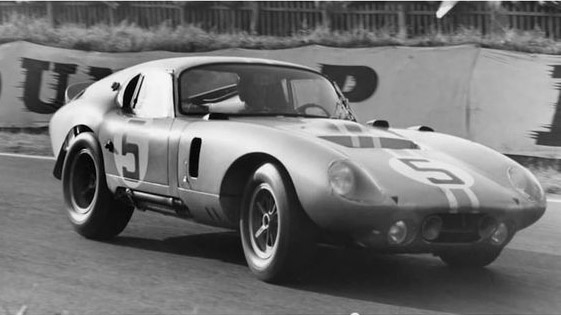
Dan # 5 Cobra
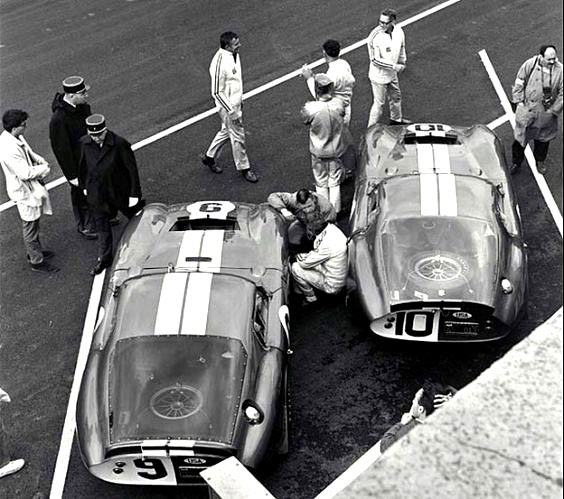
Dan # 9 with Shelby American Cobra Daytona 1965
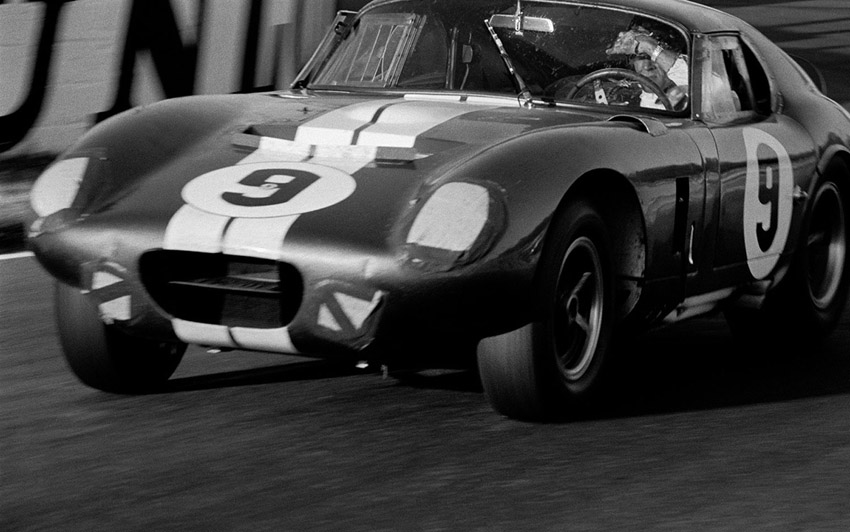
Dan # 9
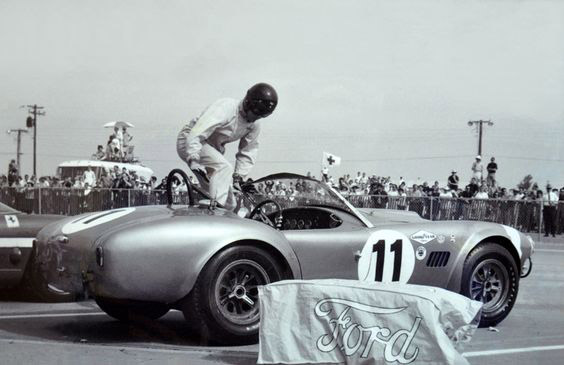
Dan jumping in # 11
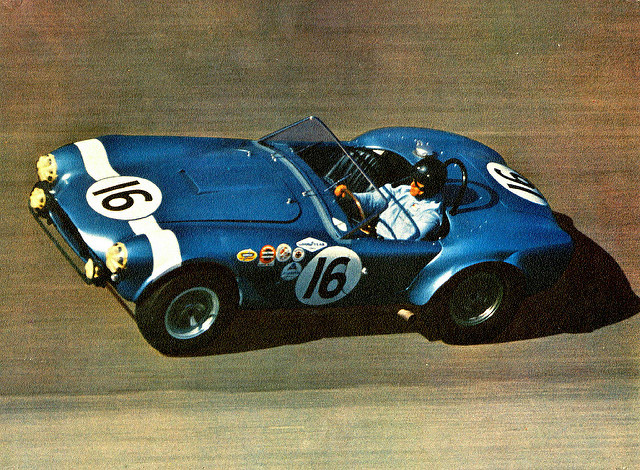
Dan in # 16 Cobra
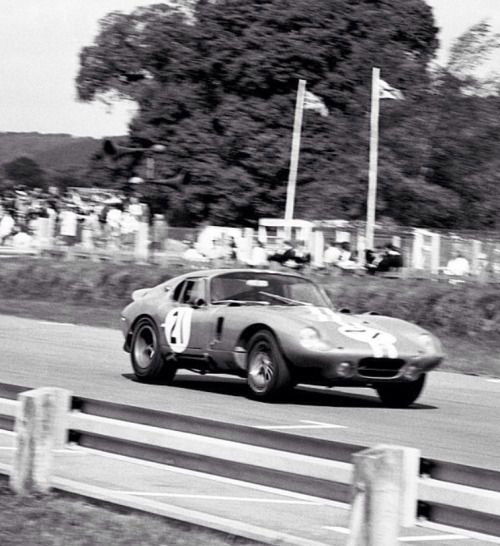
Dan in # 21 was highest finishng American Cobra in 3rd
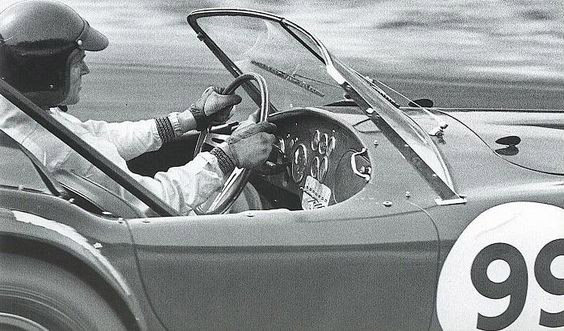
Dan in # 99 Cobra
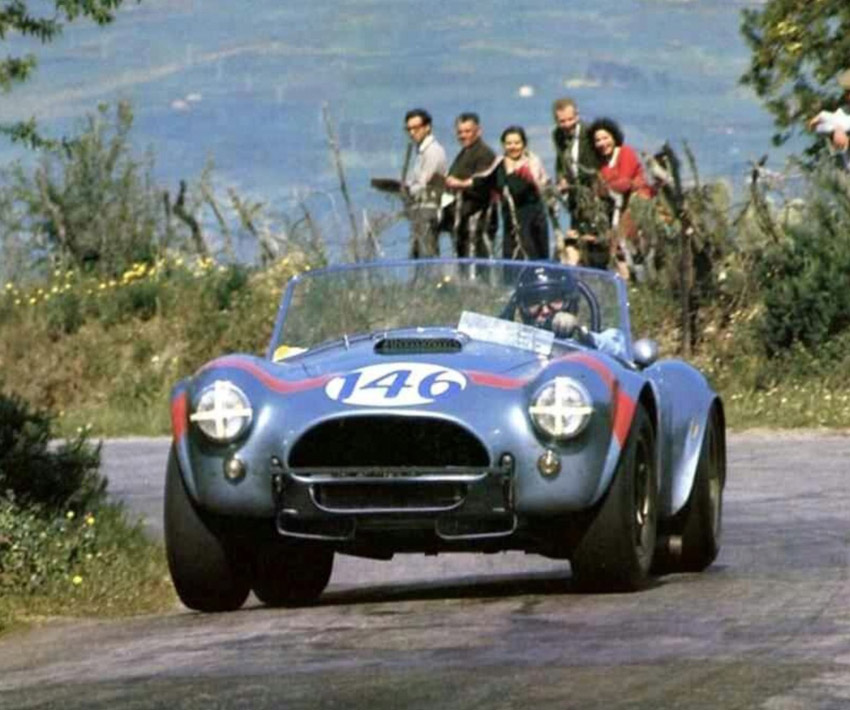
Dan # 146 Shelby Cobra
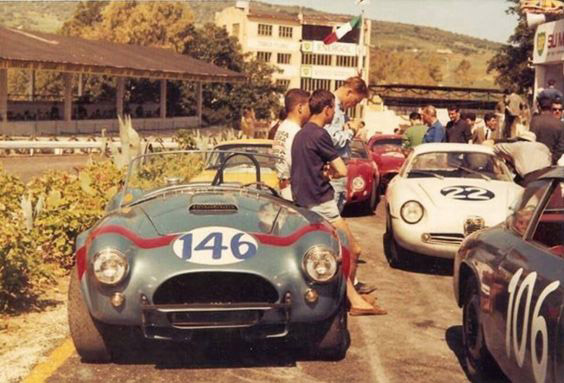
Dan # 146 Targa Floria 1964
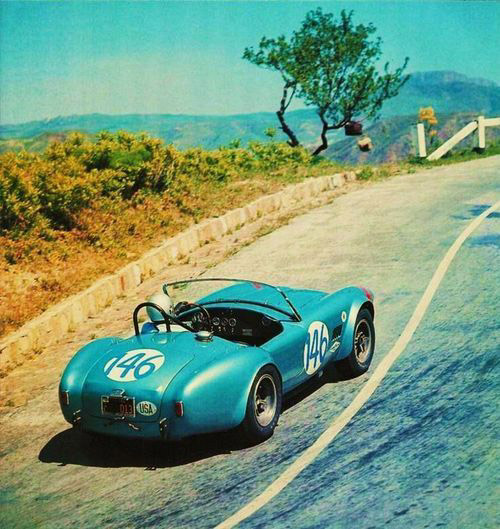
Dan # 146 1964
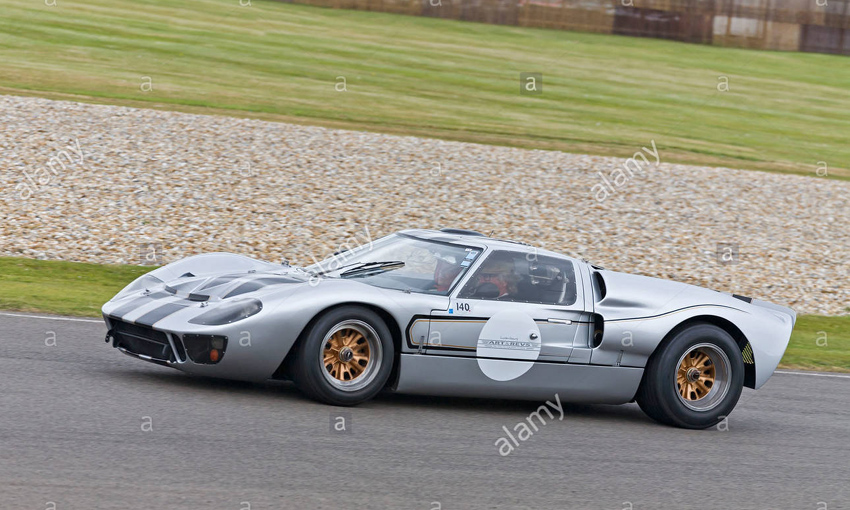
Dan in 1965 Ford GT Daytona 24 hour
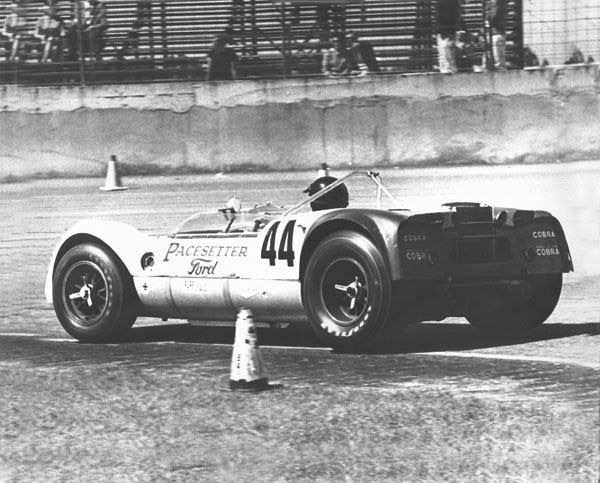
Dan 1965 Daytona
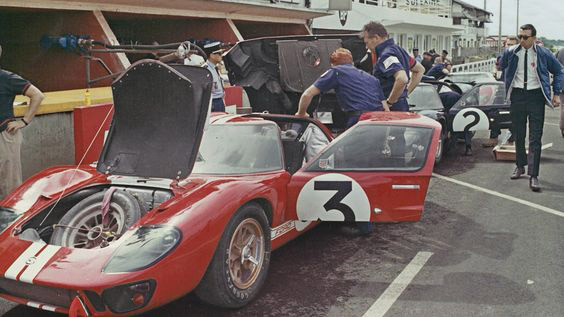
Dan # 3 GT40 at Le Mans 1966
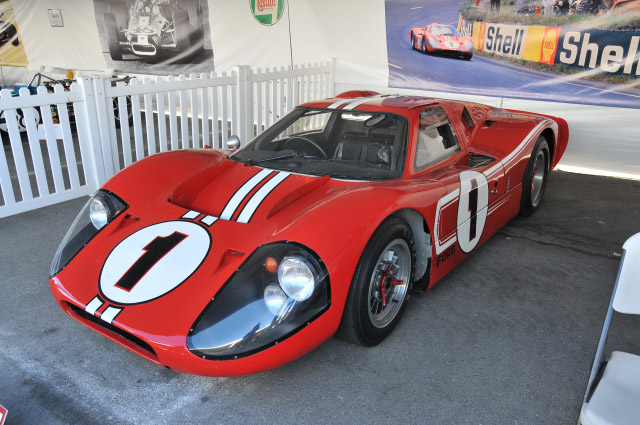
Dan # 1 GT40
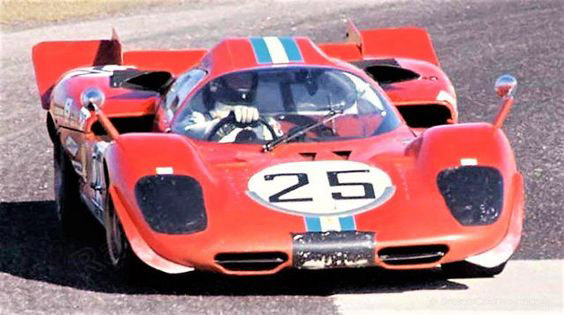
Dan # 25 Daytona 1970
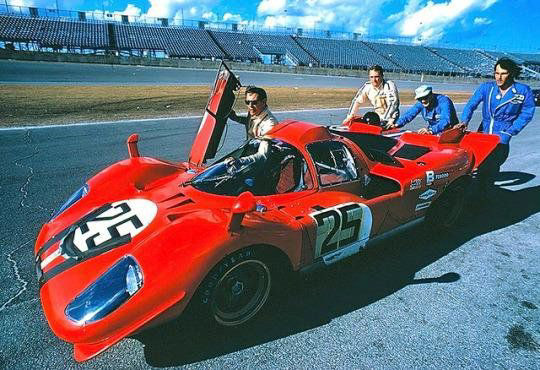
Dan # 25 Daytona 1970
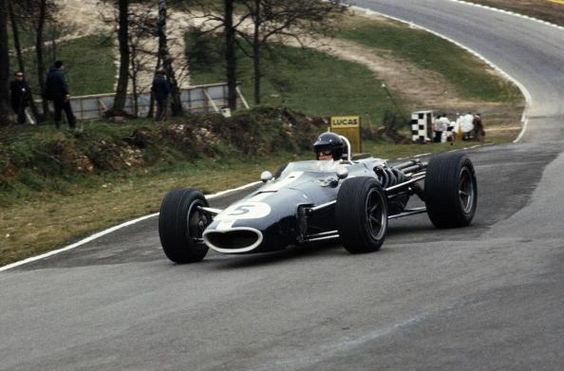
# 5
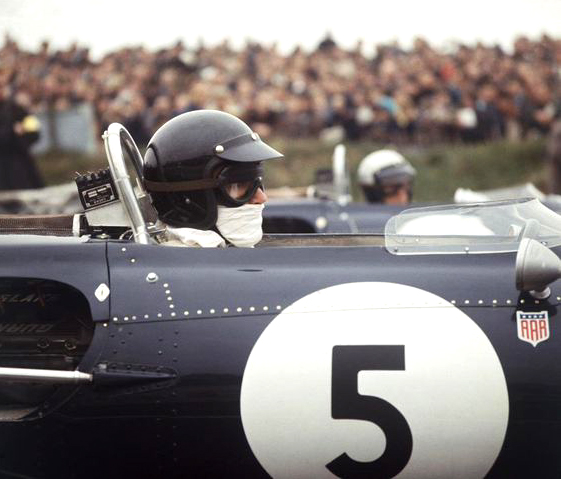
# 5 at Race of Champions Brands Hatch 1967
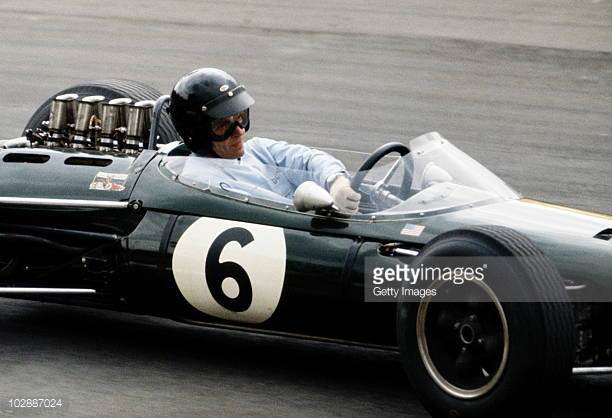
# 6
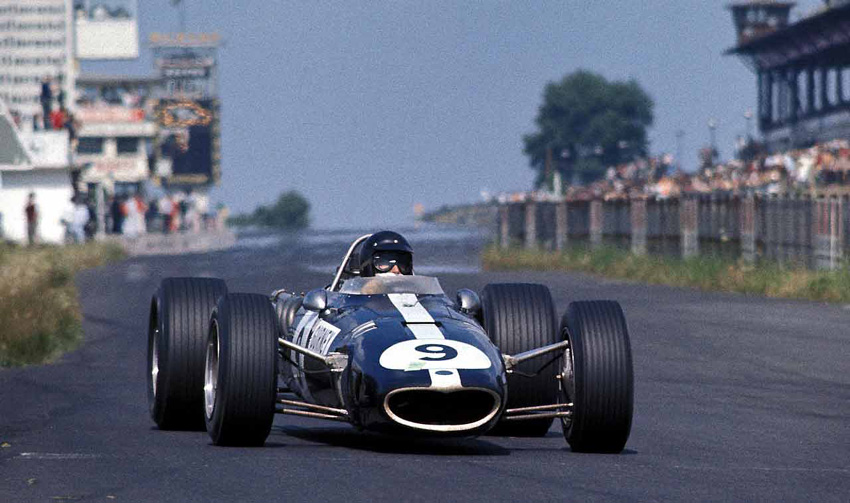
# 9 German GP 1967
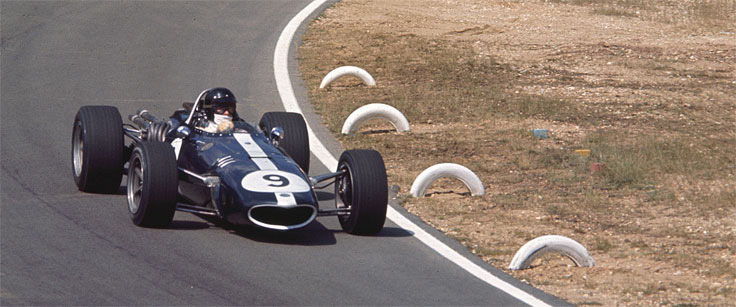
# 9
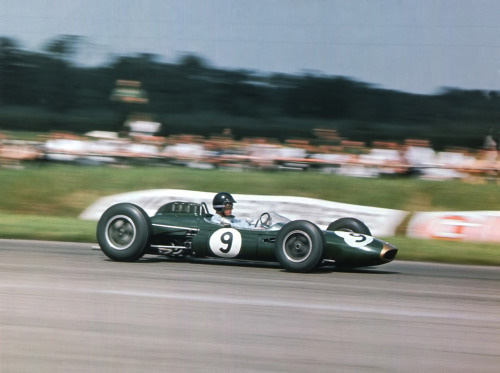
# 9
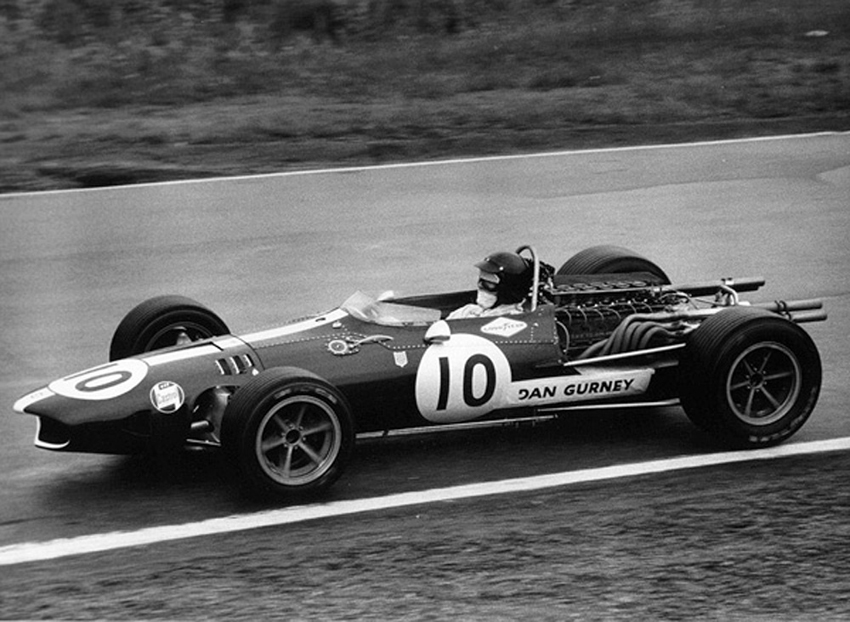
# 10 in 1967
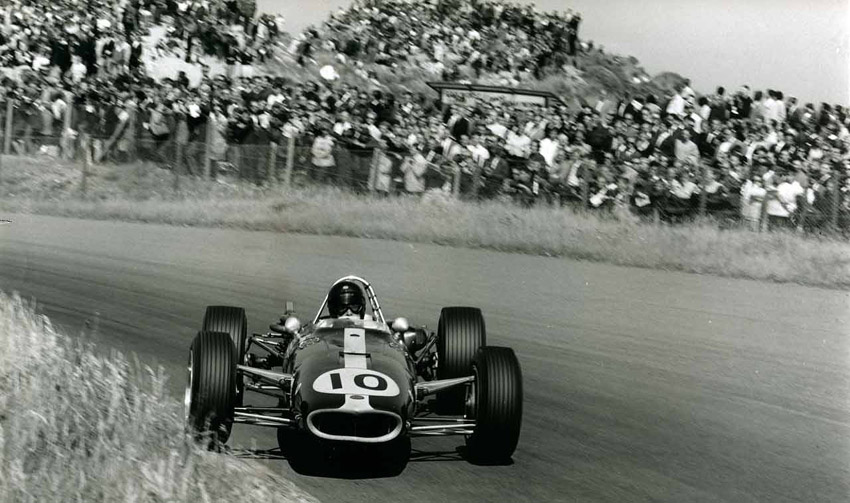
# 10
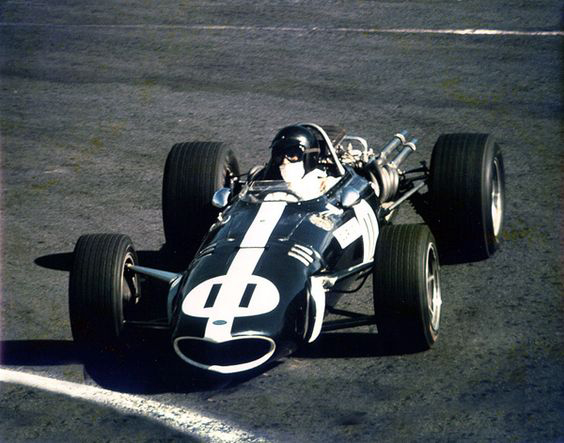
# 11
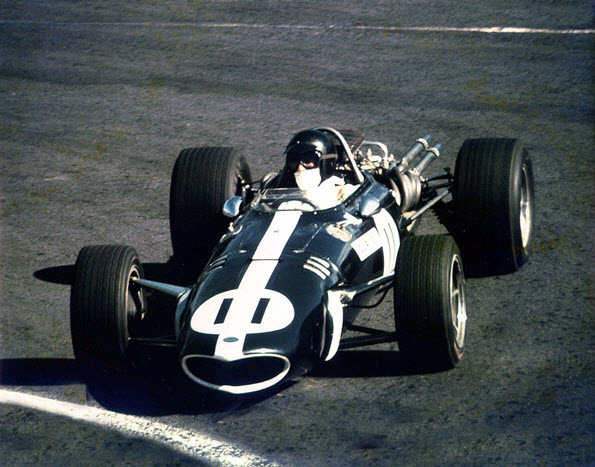
# 11 in Mexico 1967
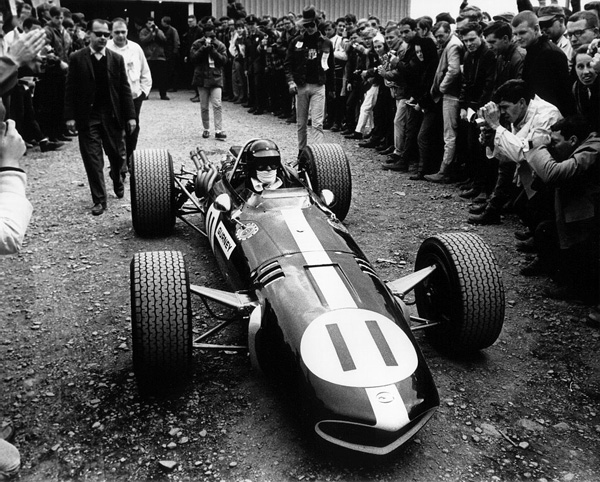
# 11 Eagle westlake at Watkins Glen 1967
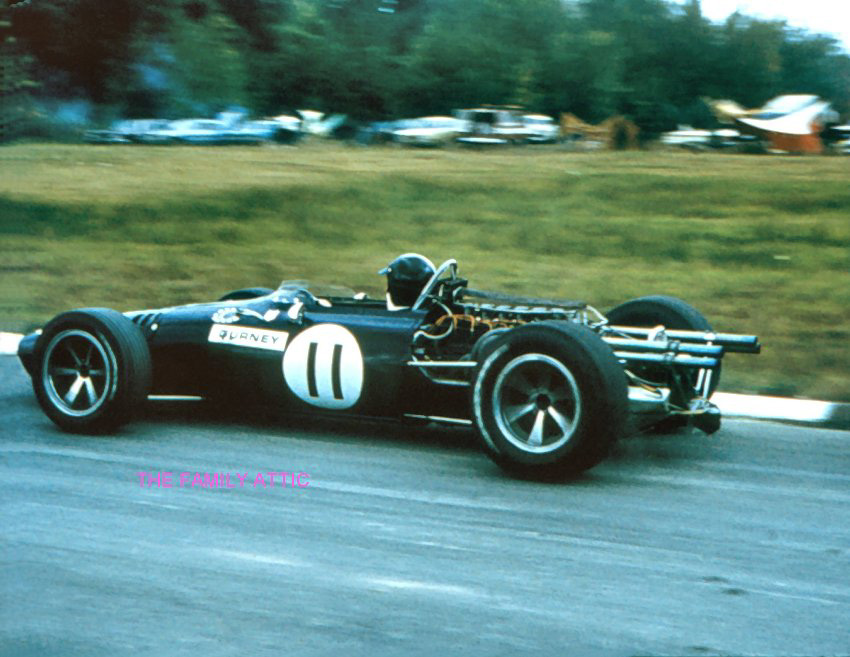
# 11 Watkins Glen 1967
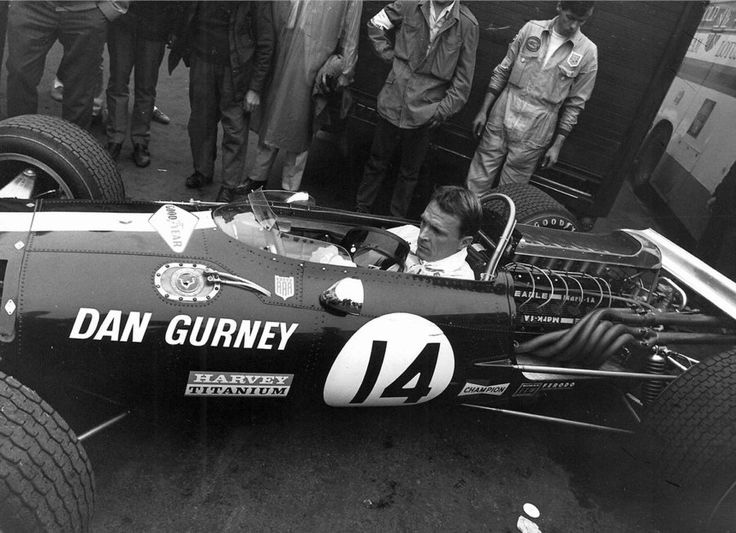
# 14 Nurburging 1968
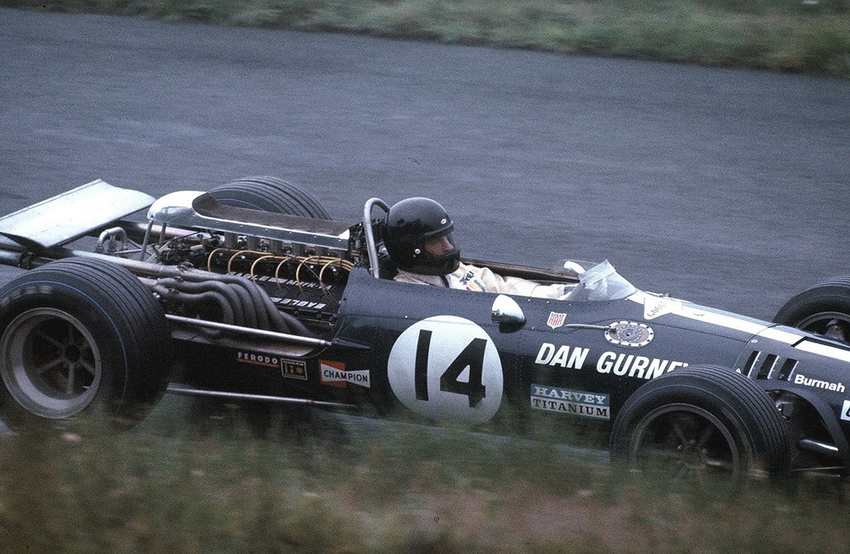
# 14
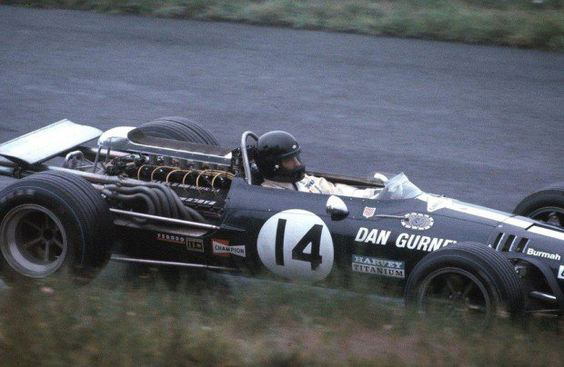
# 14
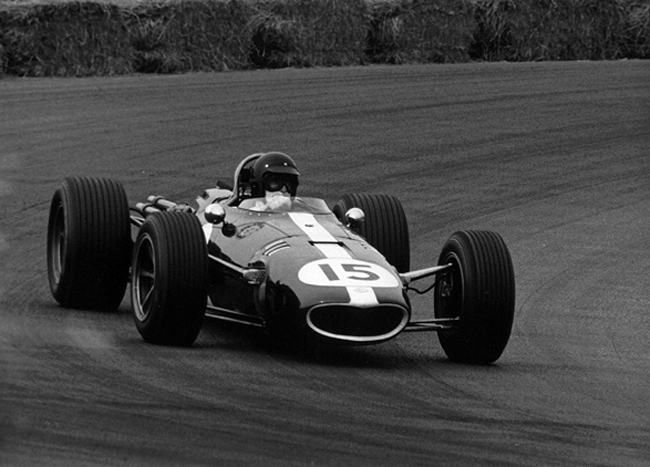
# 15 Brands Hatch 1967
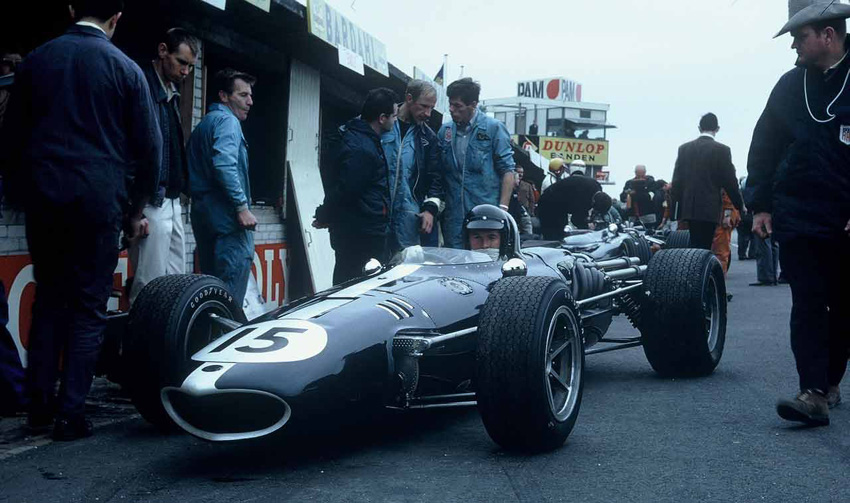
# 15 at Zandvoor 1967
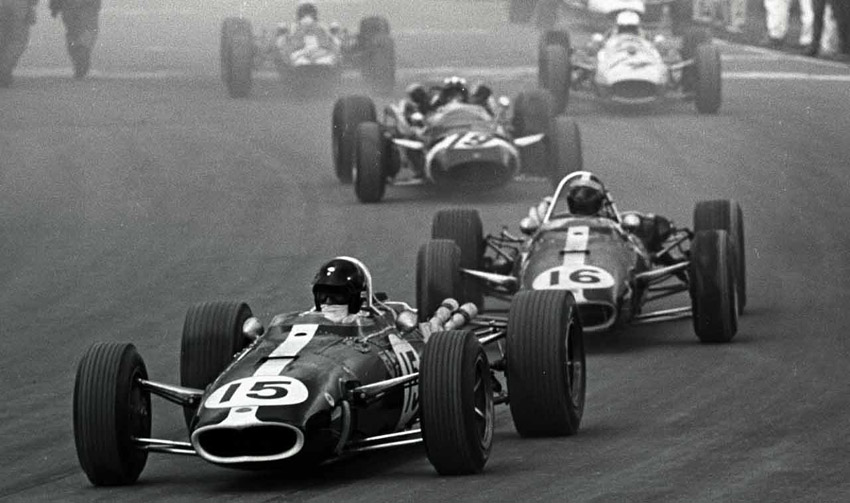
# 15
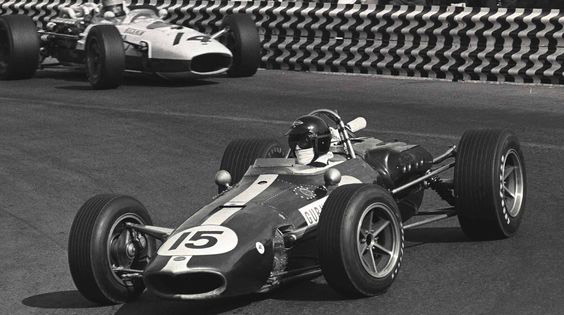
# 15
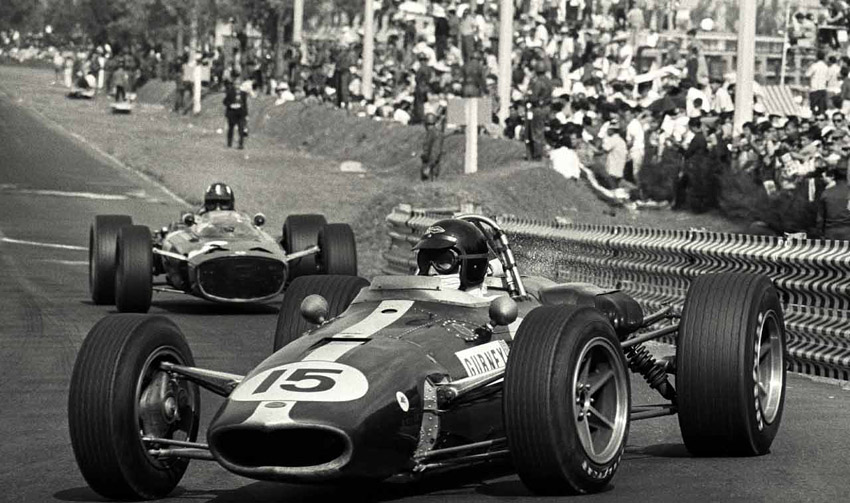
# 15
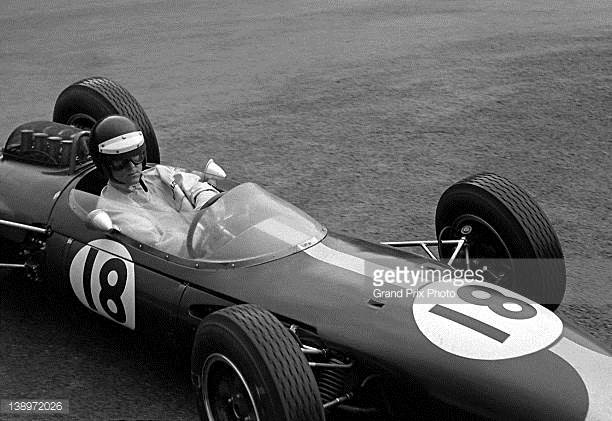
# 18
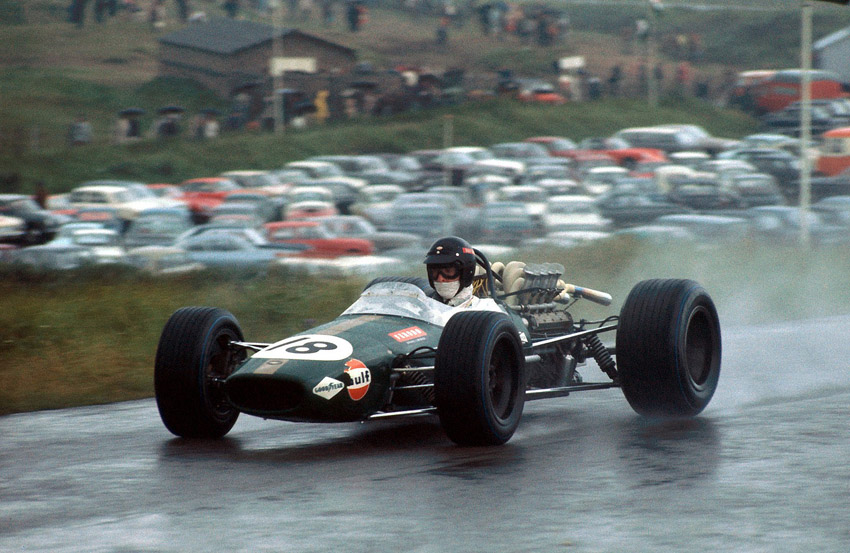
# 18
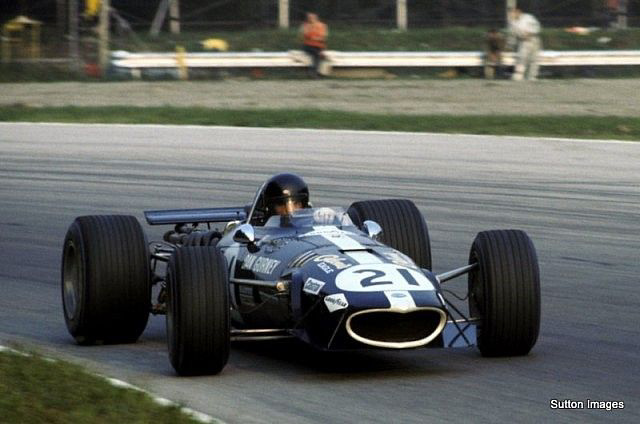
# 21
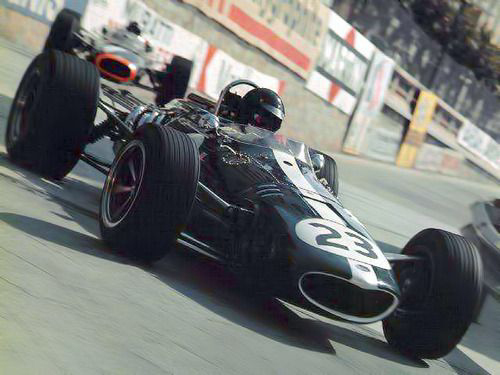
# 23 at Monaco 1967
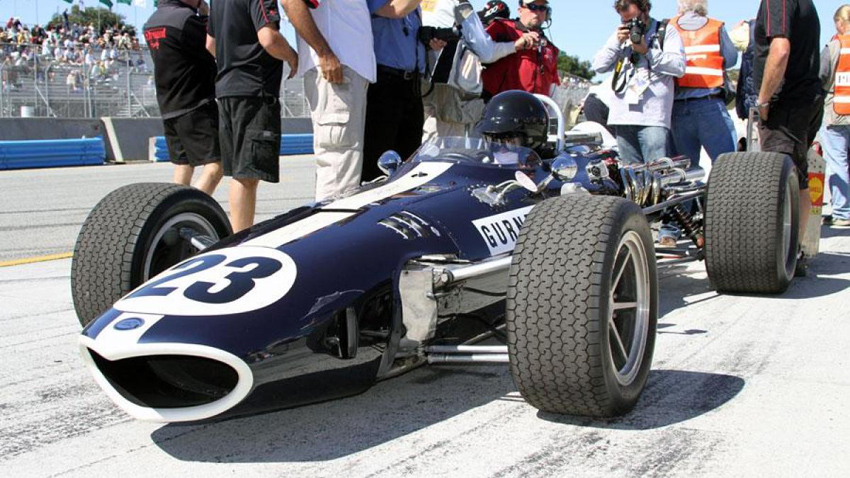
# 23
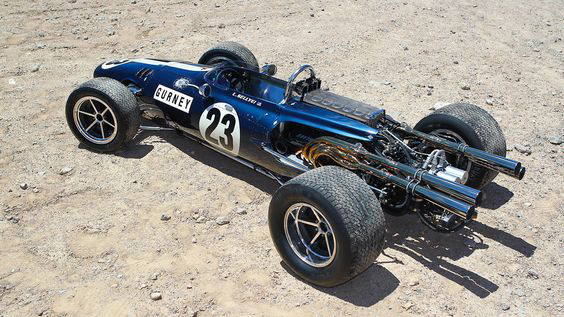
# 23 in 1967
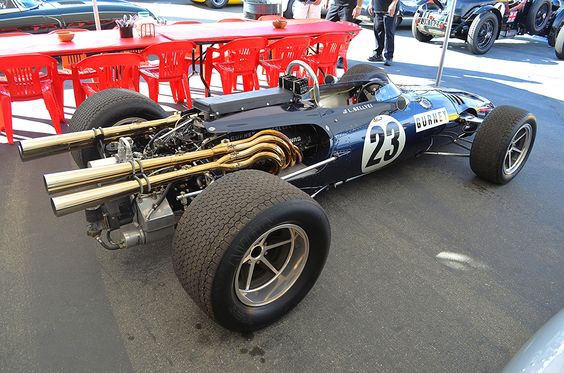
# 23
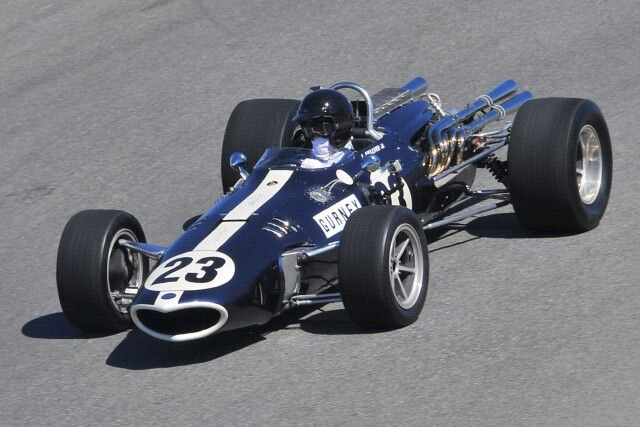
# 23
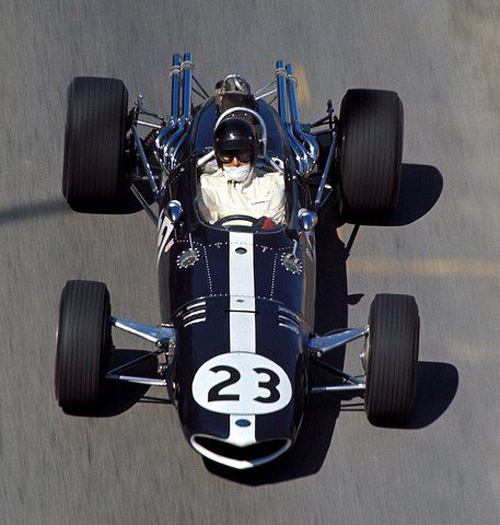
# 23
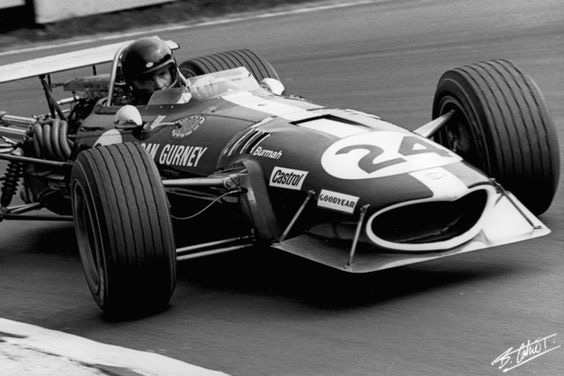
# 24 1968 English GP
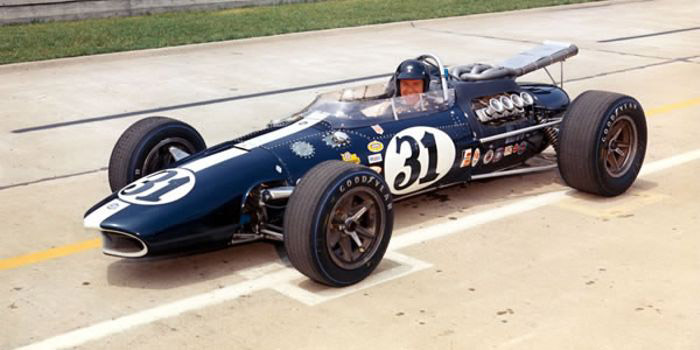
# 31
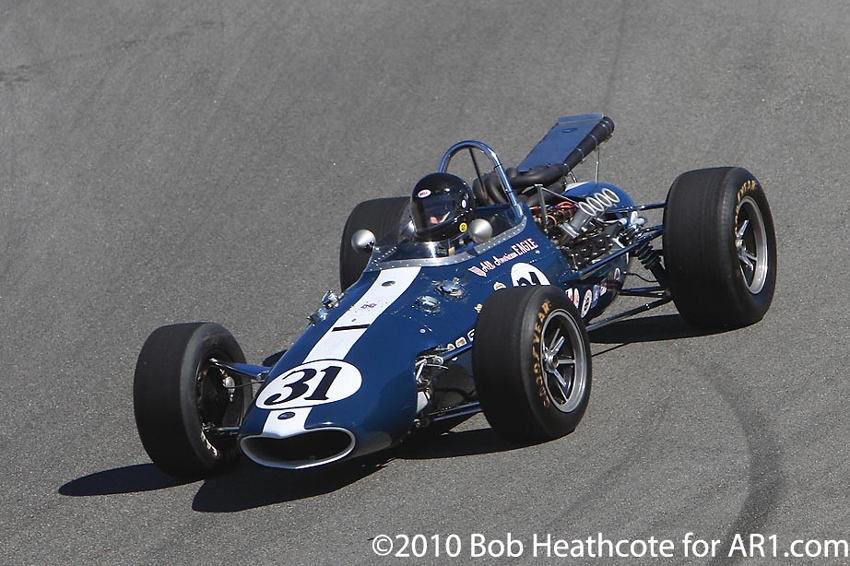
# 31
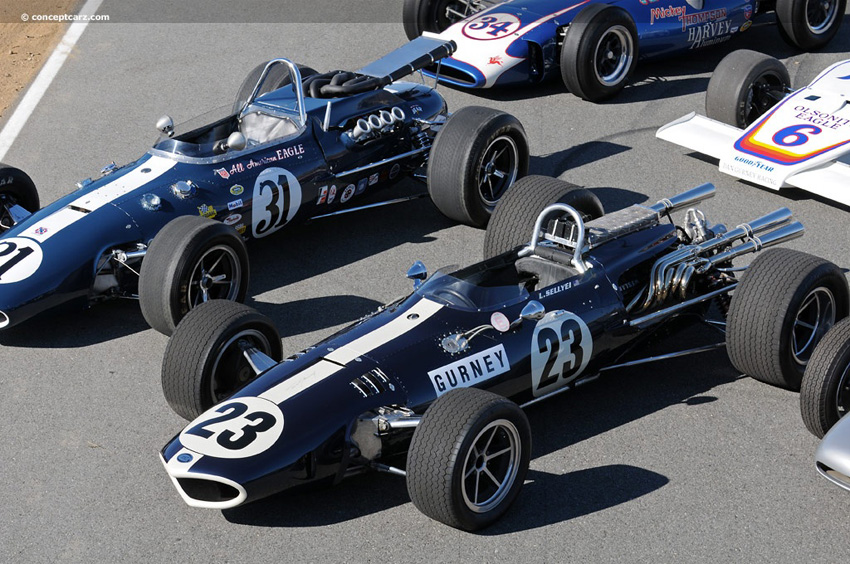
# 31 1966 Eagle F1
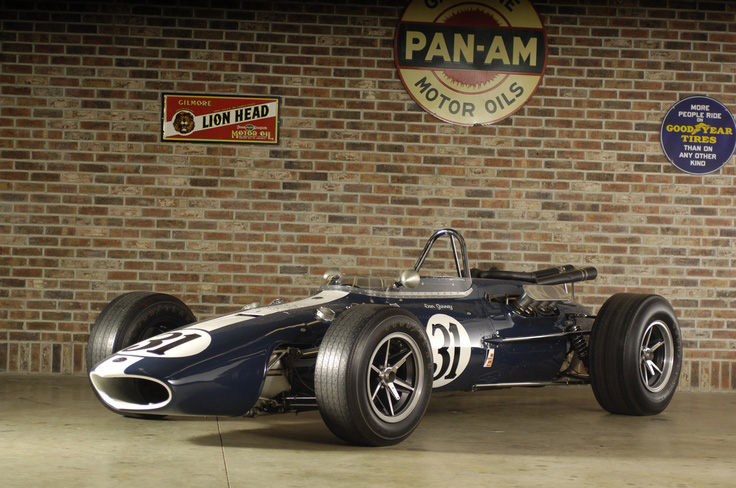
# 31
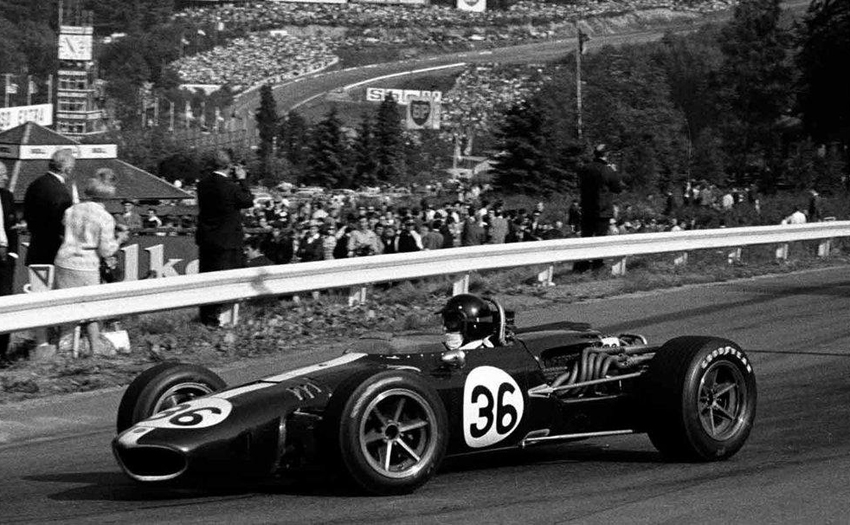
# 36
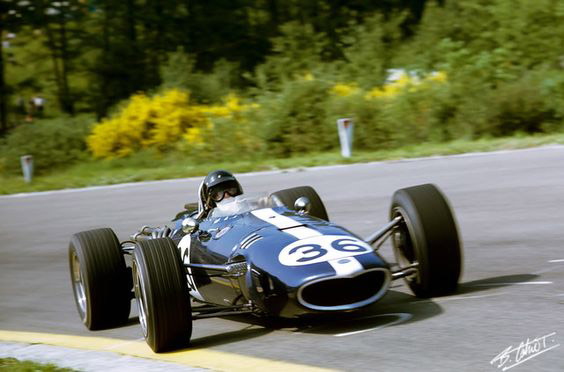
# 36
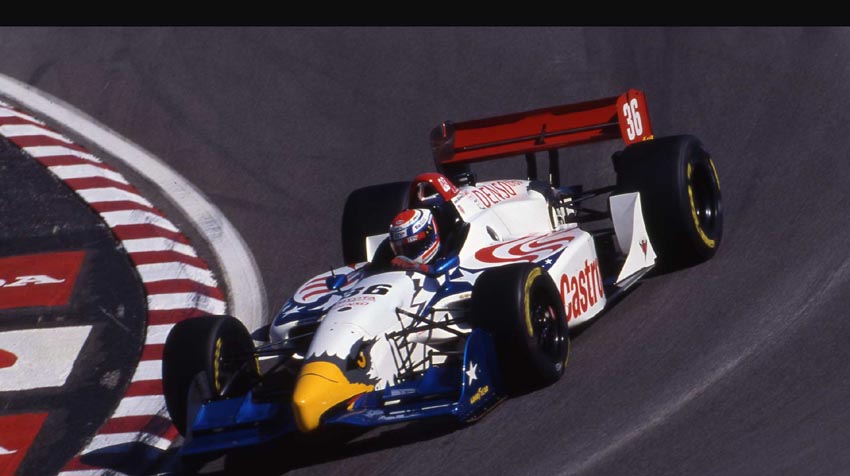
# 36 at Luguna Seca
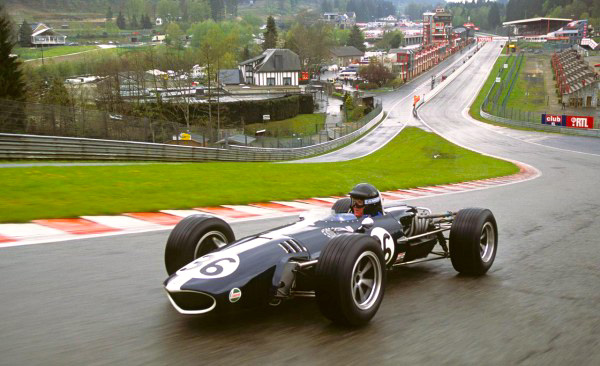
# 36 in 1967
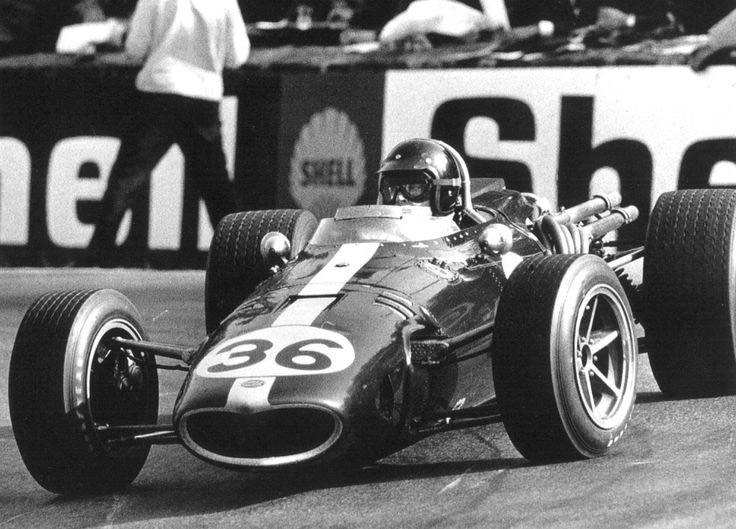
# 36
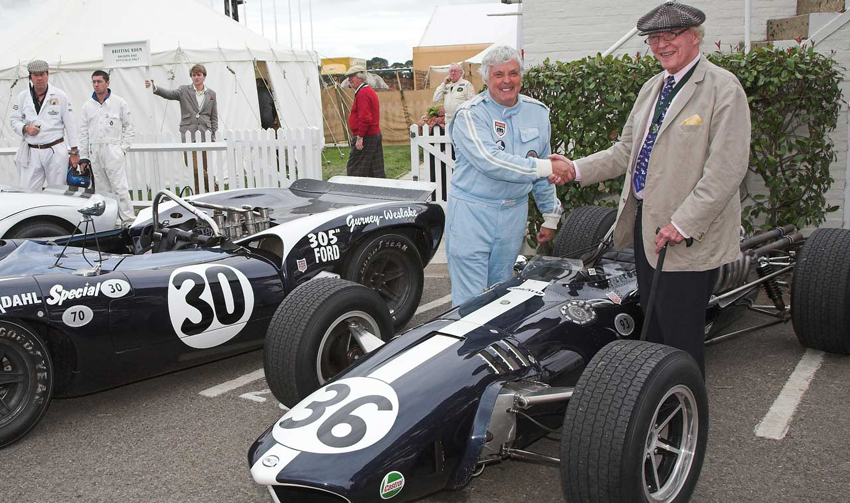
# 36 with Dan visiting more recent
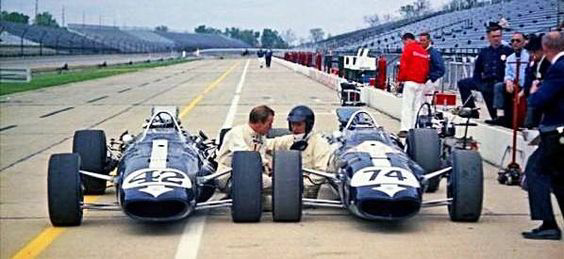
# 42 abd # 74 Eagles
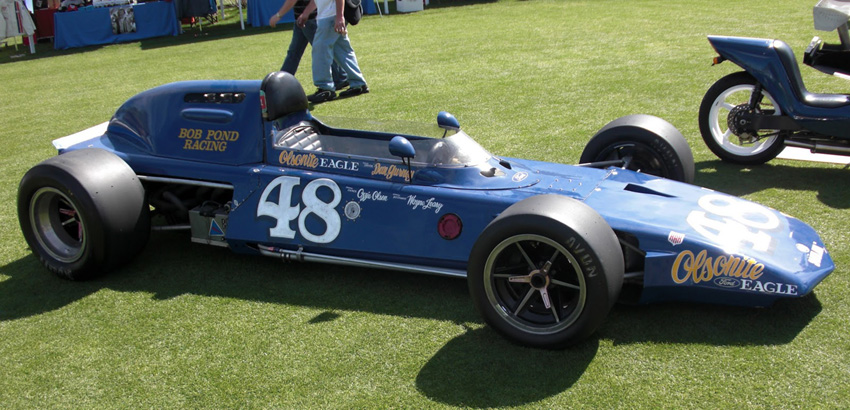
# 48
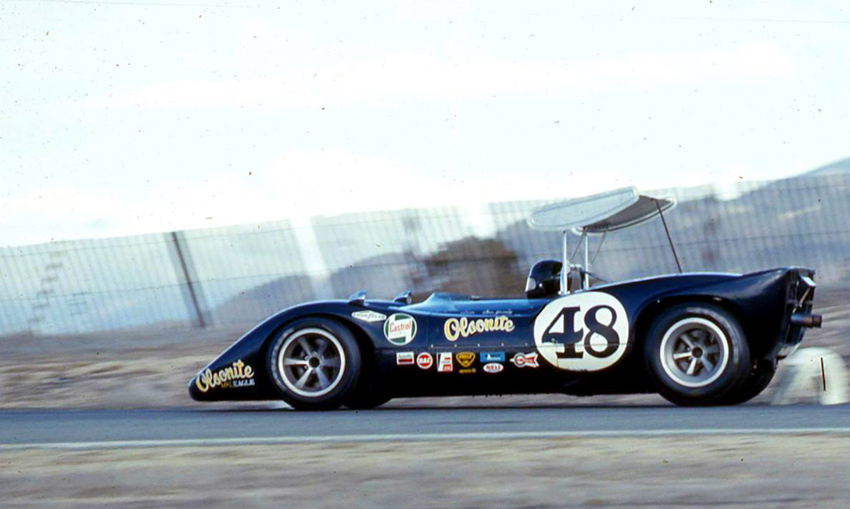
# 48
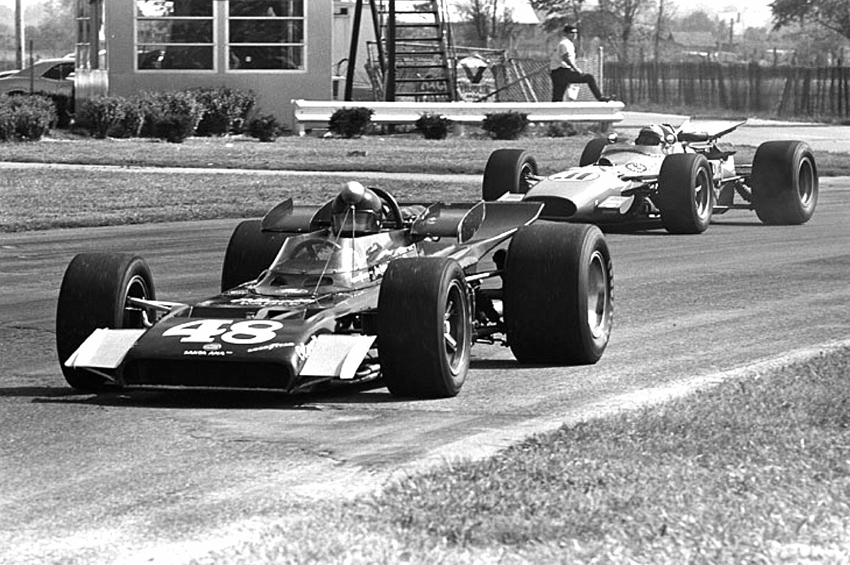
# 48 leading
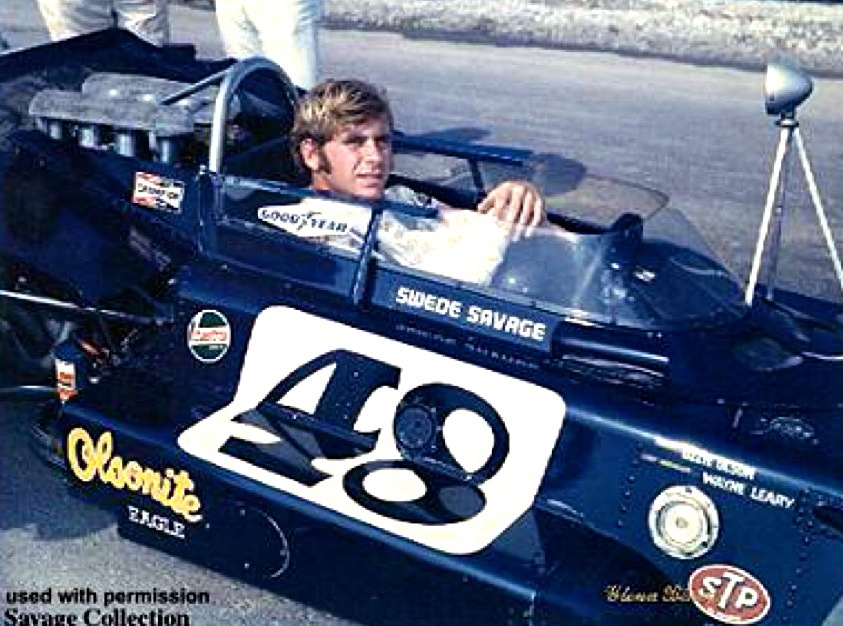
# 48 with Swede Savage up
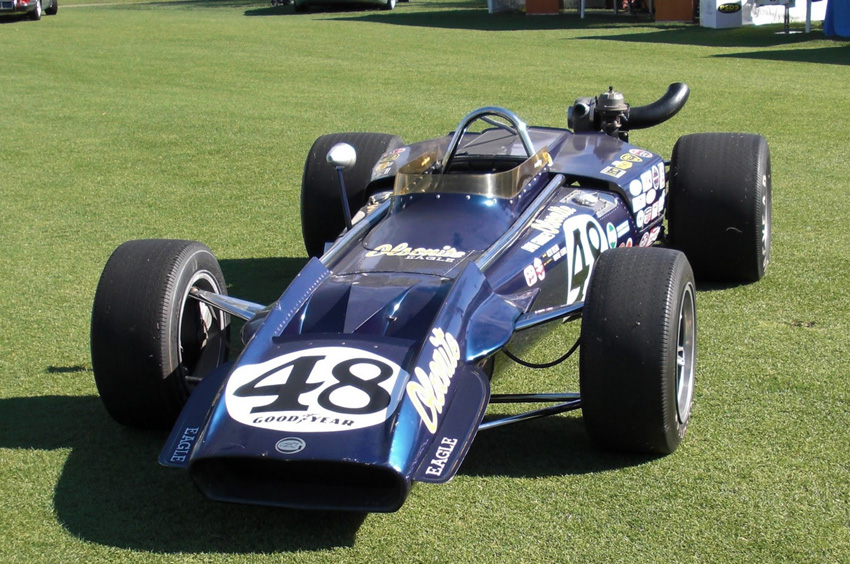
# 48
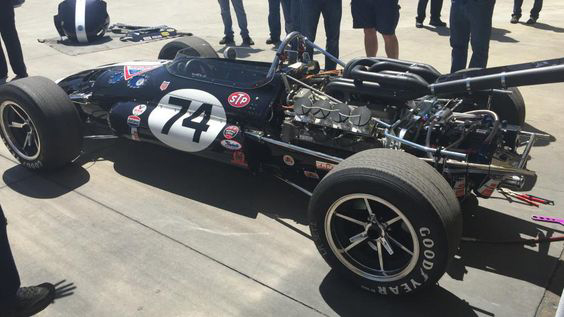
# 74 at Indy 1967
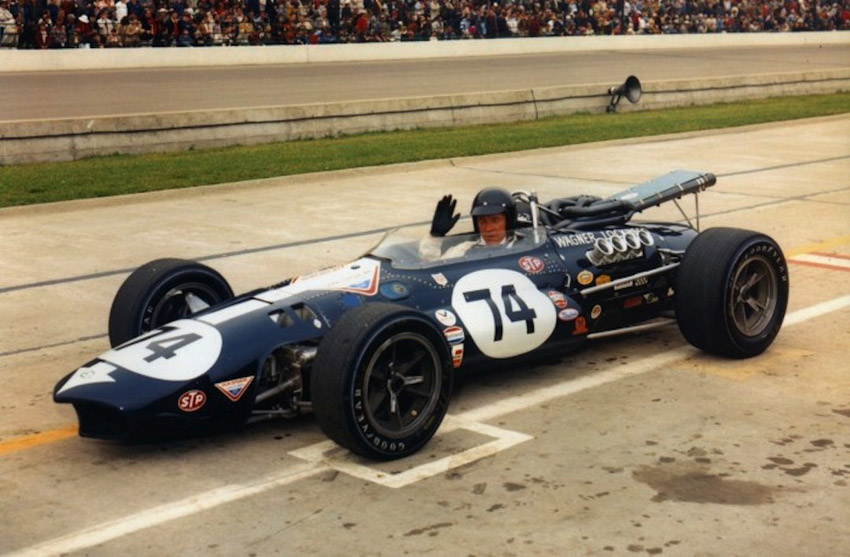
# 74
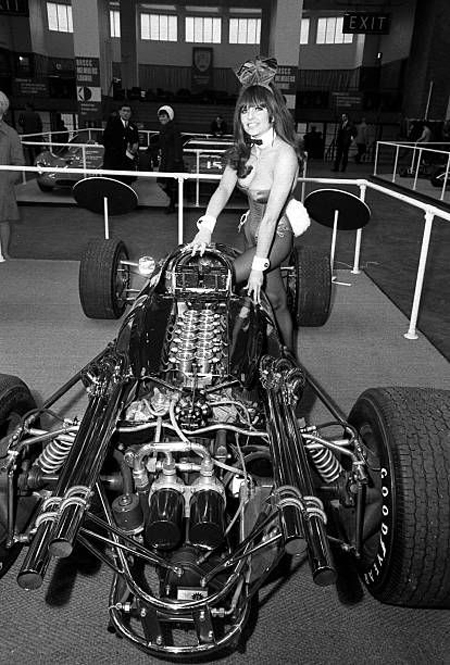
Eagle Westlake
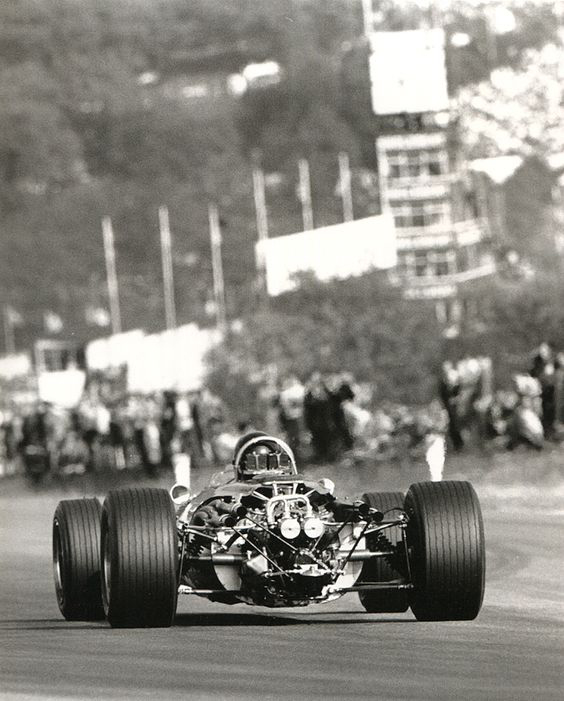
Eagke Westlake
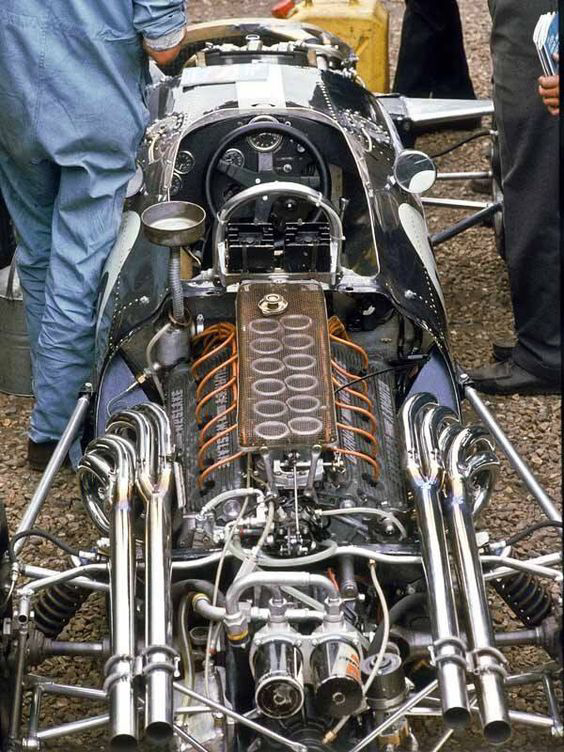
Eagle Westlake
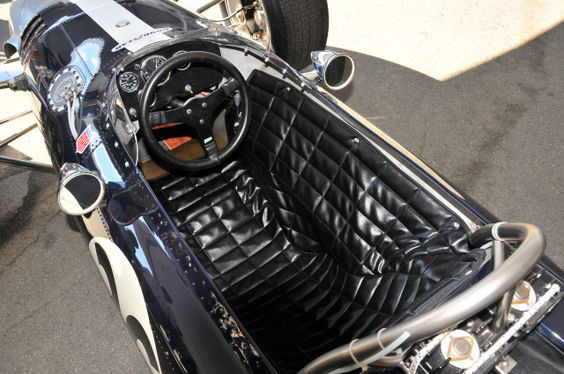
Eagle Westlake F1 which won the 1967 Belgian Grand Prix
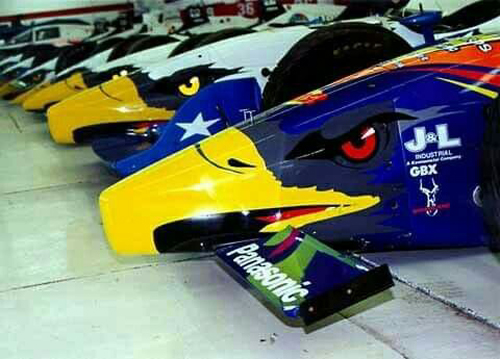
Eagle Indy cars
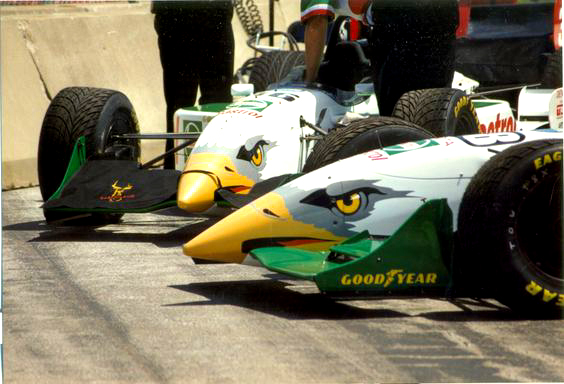
More
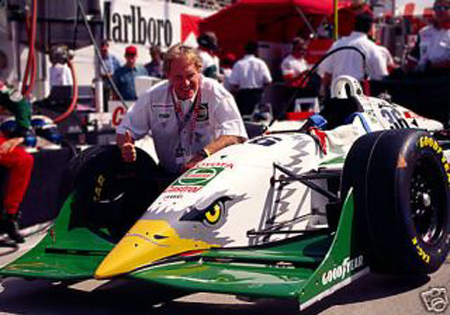
More
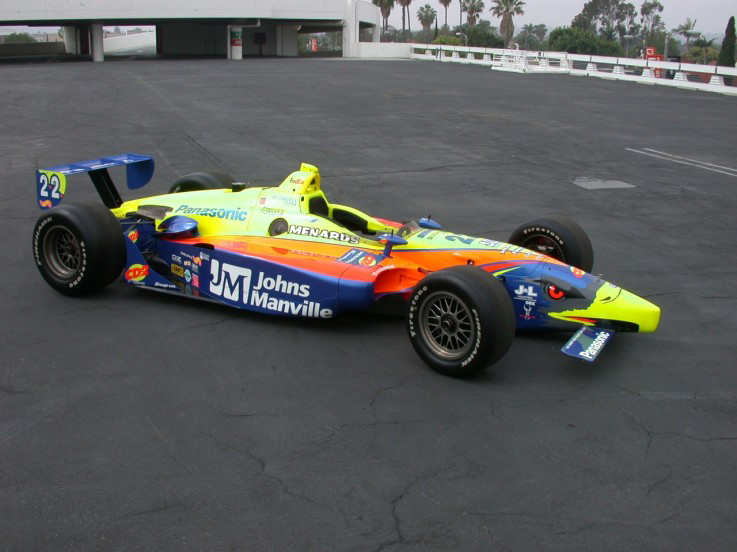
# 22
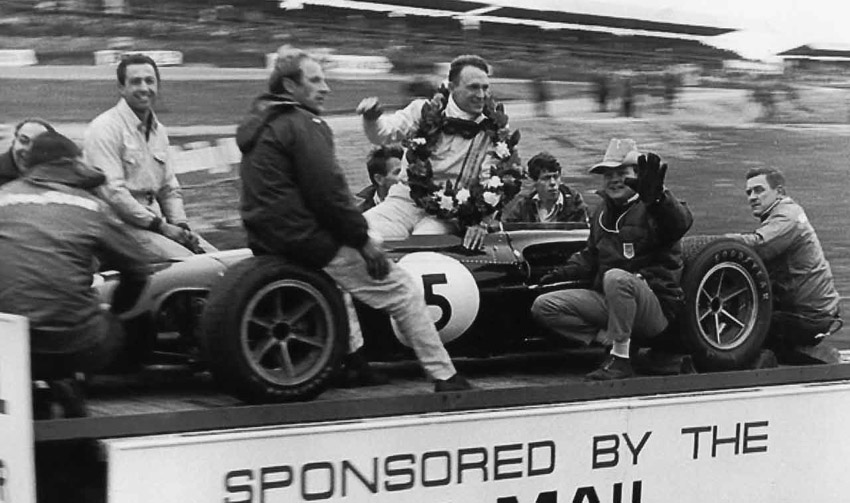
# 5 winning at Brands Hatch 1967
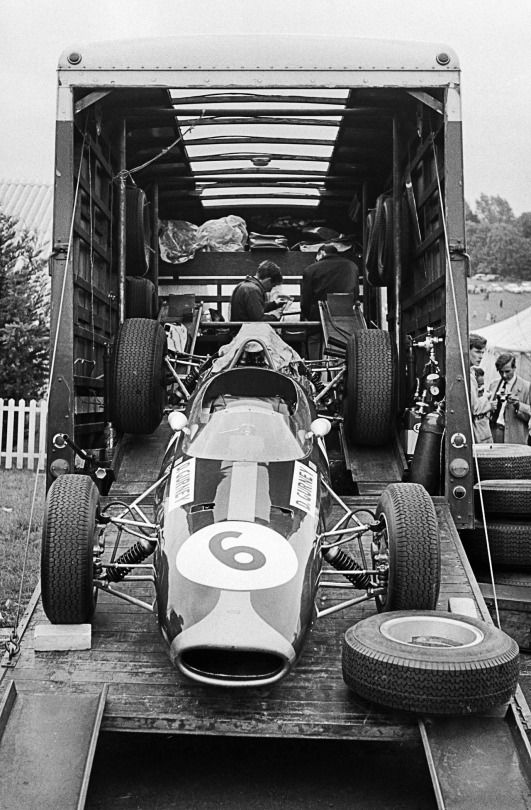
# 6
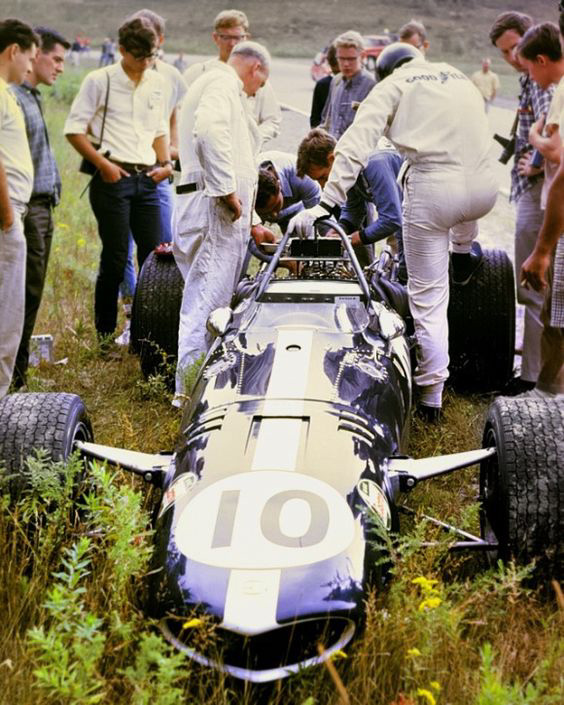
# 10 in Mosport, Canadian GP 1967
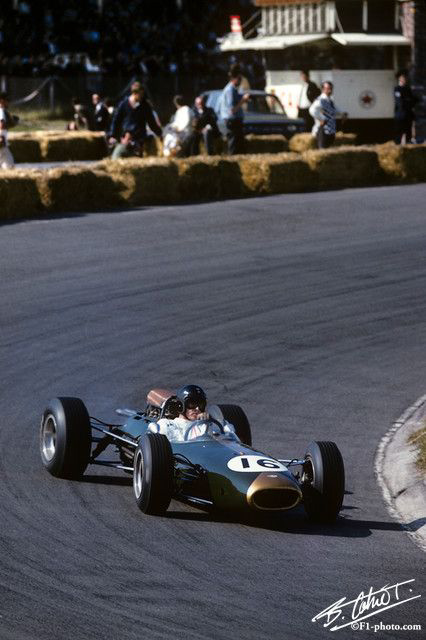
# 16 GP Holand 1965
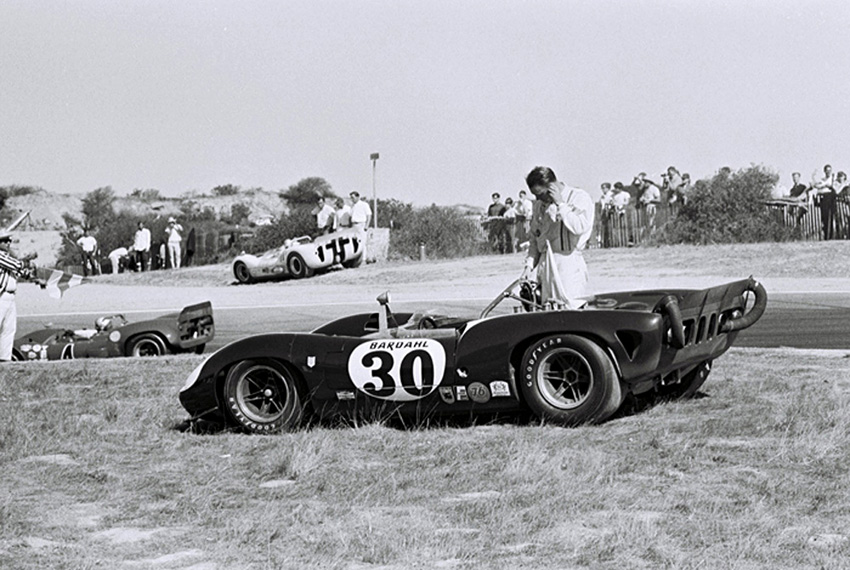
# 30 at Monterey GP 1966
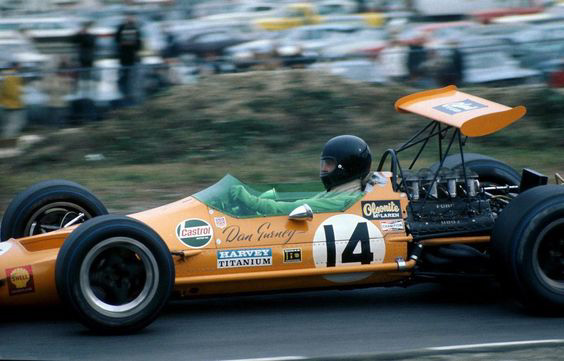
# 14 USGP 1968
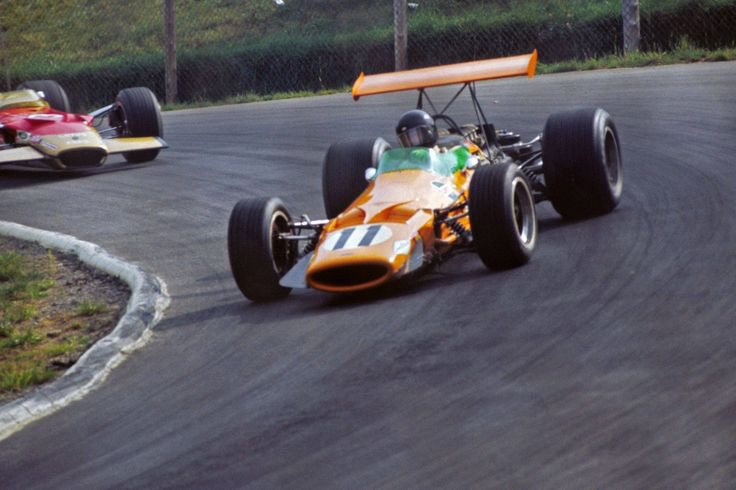
# 11 British GP 1968
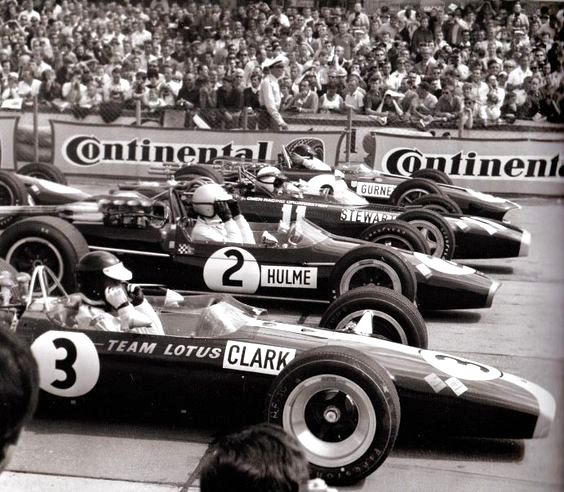
Dan with Jim Clark, Denny Hulme and Jackie Stewart
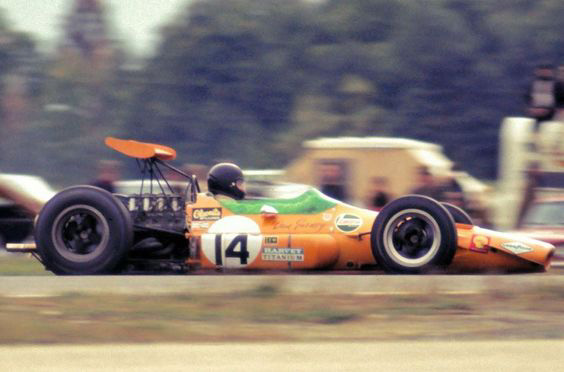
# 14 watkins Glen USGP 1968
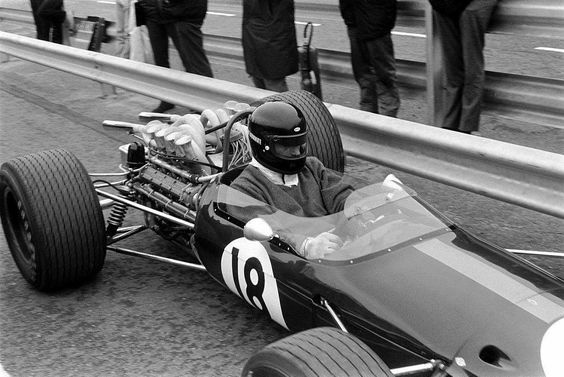
# 18
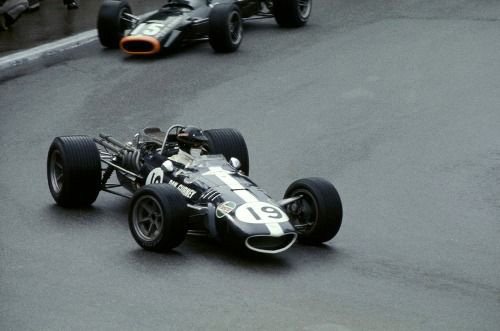
# 19 at Monaco 1967
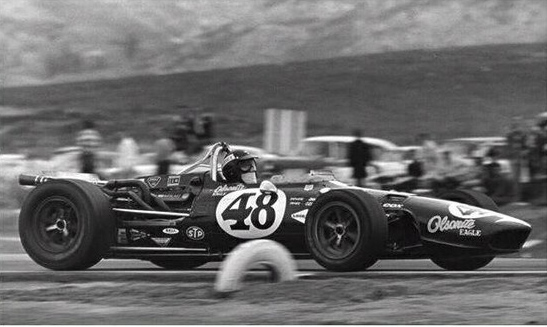
# 48
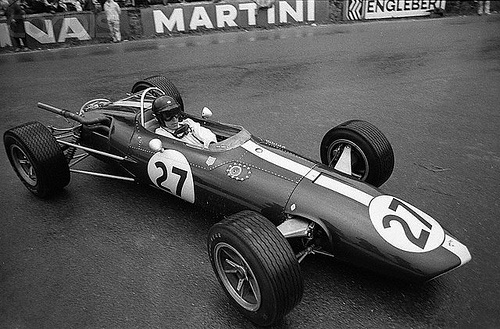
# 27
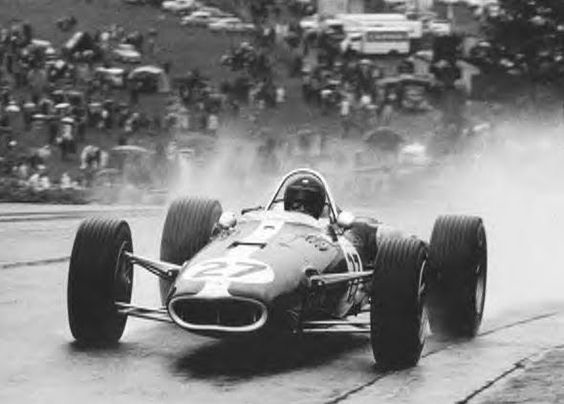
# 27 at France GP
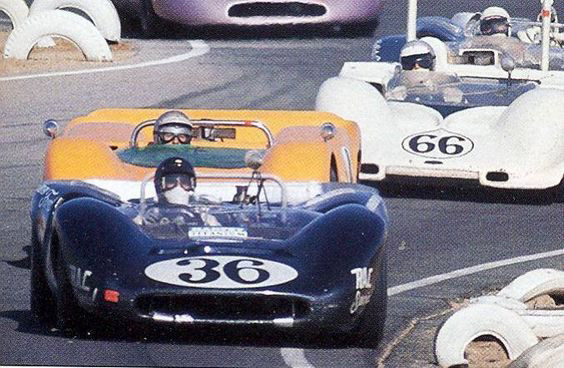
# 36 ahead of Bruce McLaren and Jim Gall
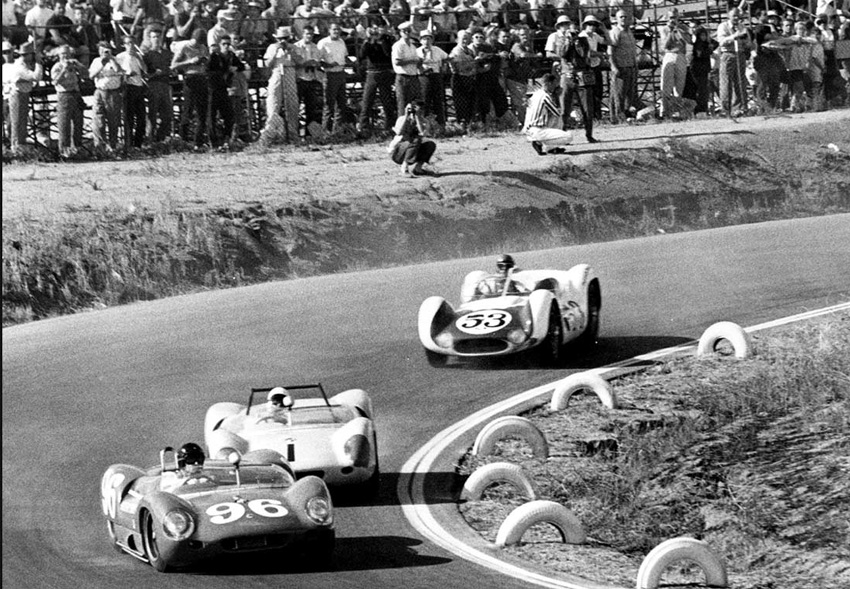
# 96 ahead of Sterling Moss at Riverside GP
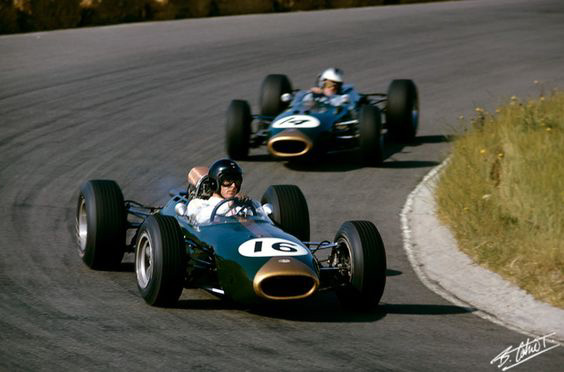
# 16 at Holland GP leading Denny Hulme
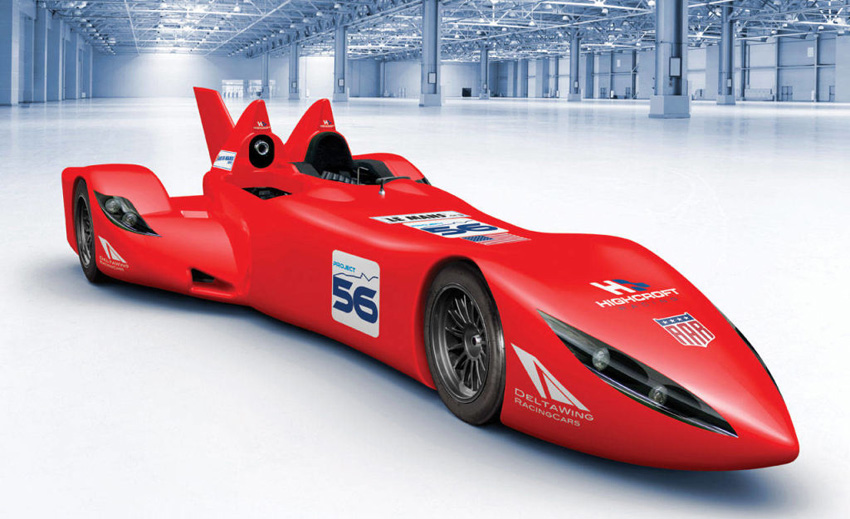
# 56 Deltawing Le Mans project
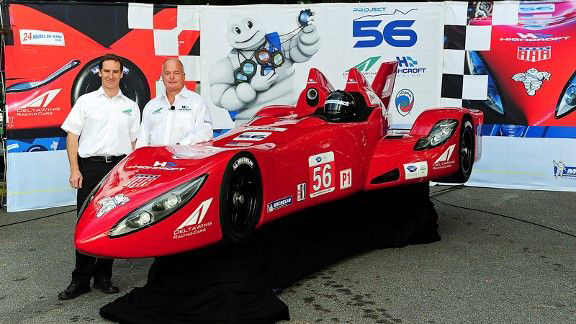
# 56
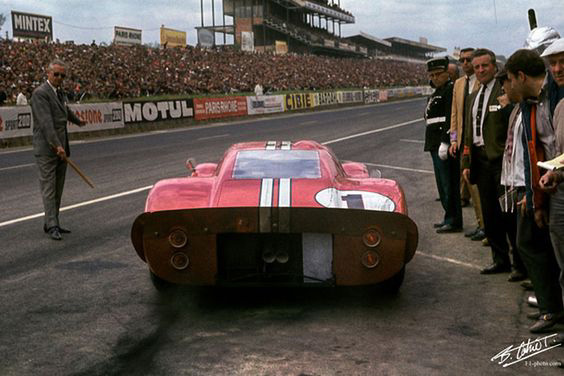
# 1 Ford MKIV 1967
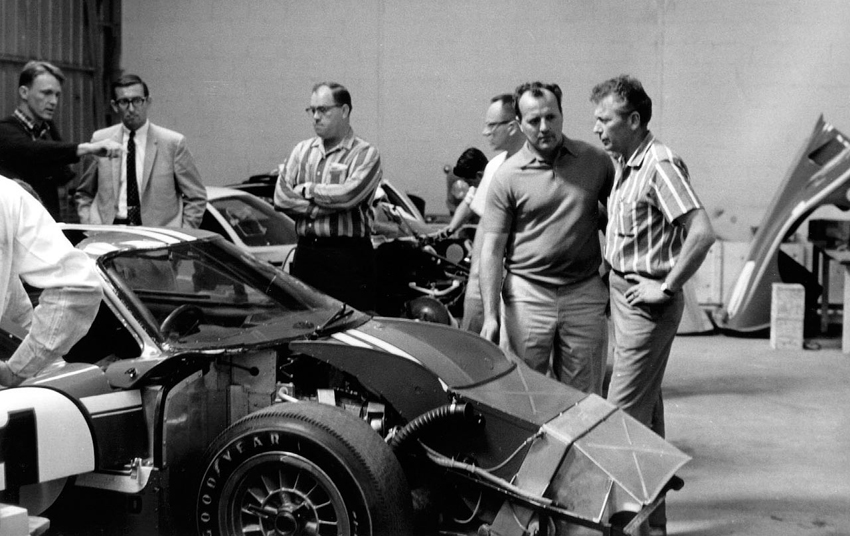
Dan and AJ the night before La Mans victory in 1867
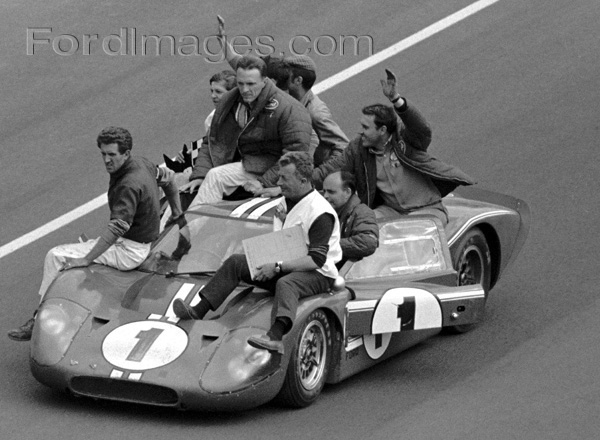
And here's the celebration at Le Mans 1967
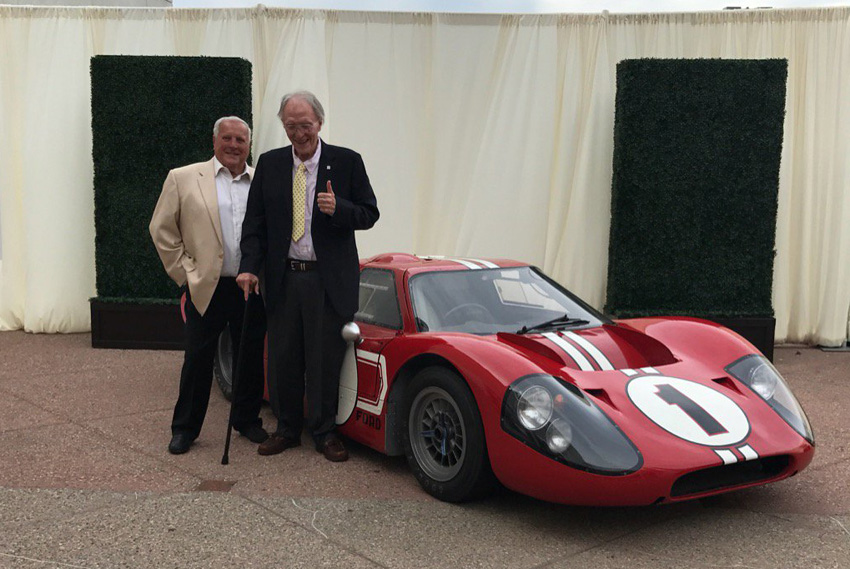
Here's Dan and AJ
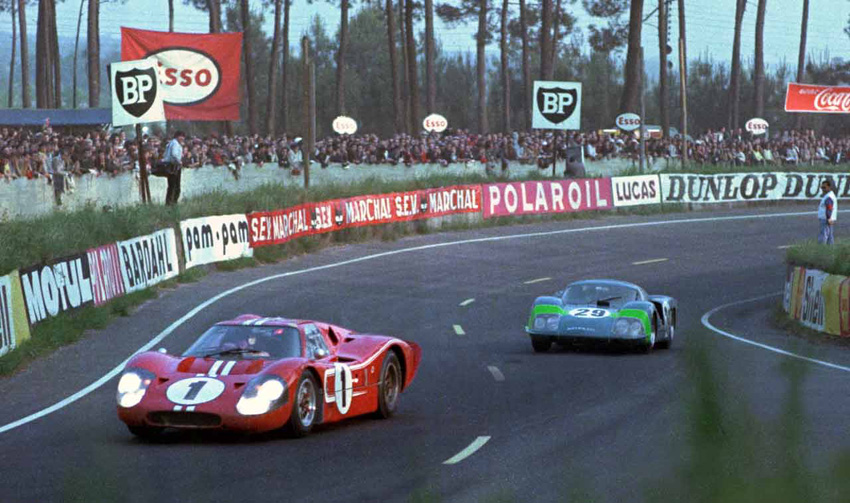
Dan and Aj's car racing Le Mans 1967
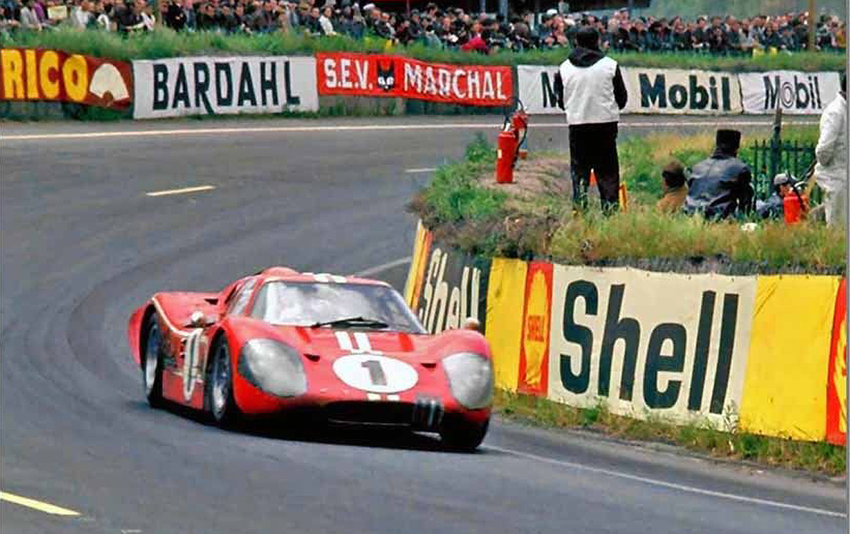
Dan at Speed
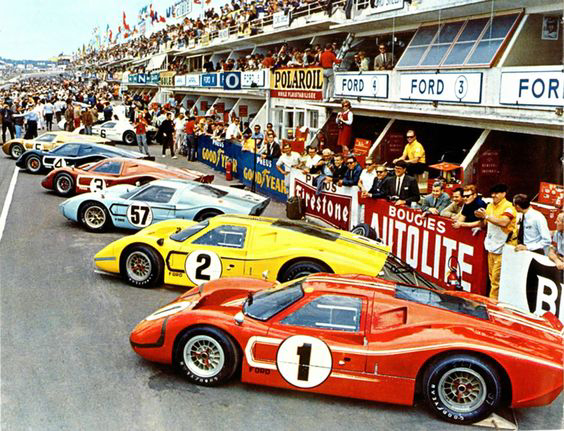
The Le Mans lineup
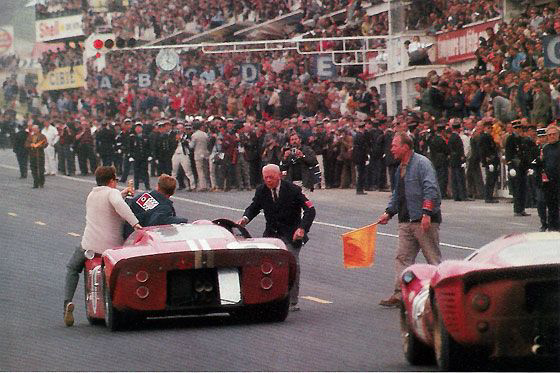
After the win for Dan and AJ
18HEIGHT=567>
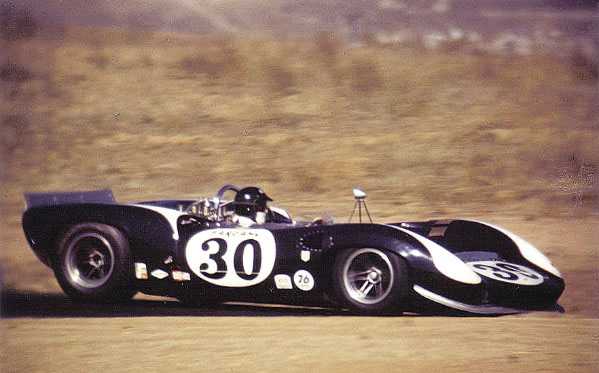
# 30 Lola at Riverside
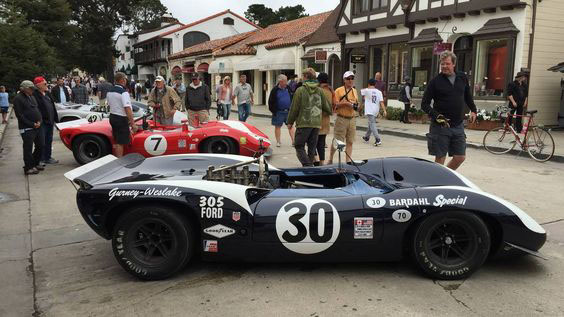
# 30 Lola in 1966

# 30 Lola Spyder
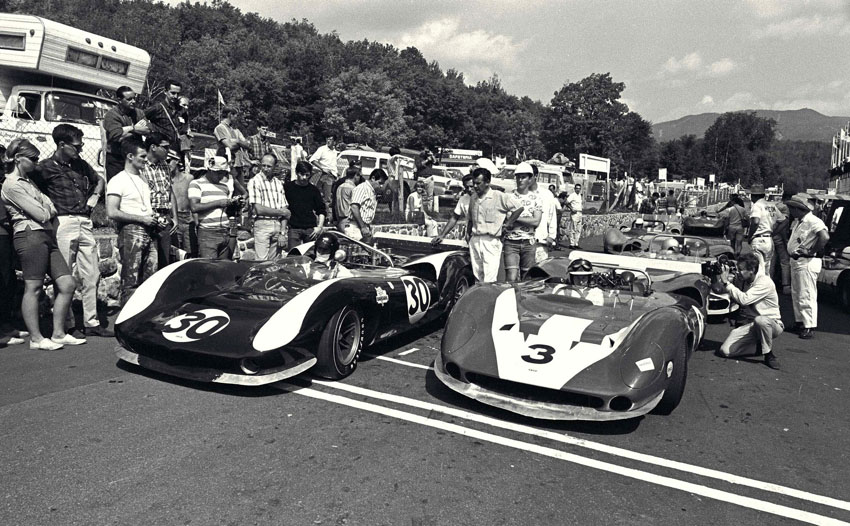
# 30
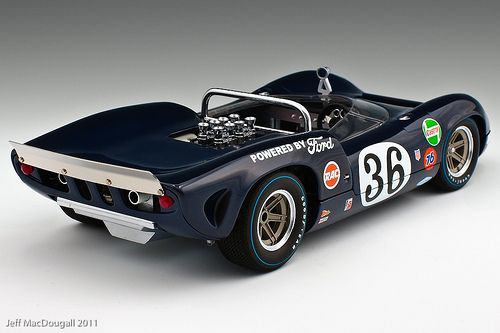
# 36 in 1967
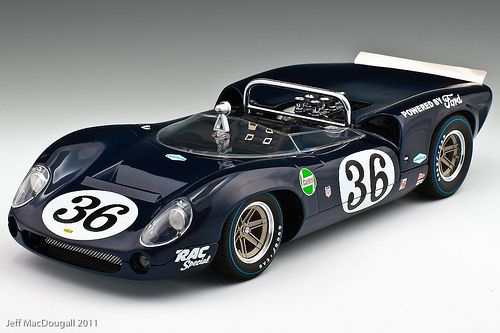
# 36
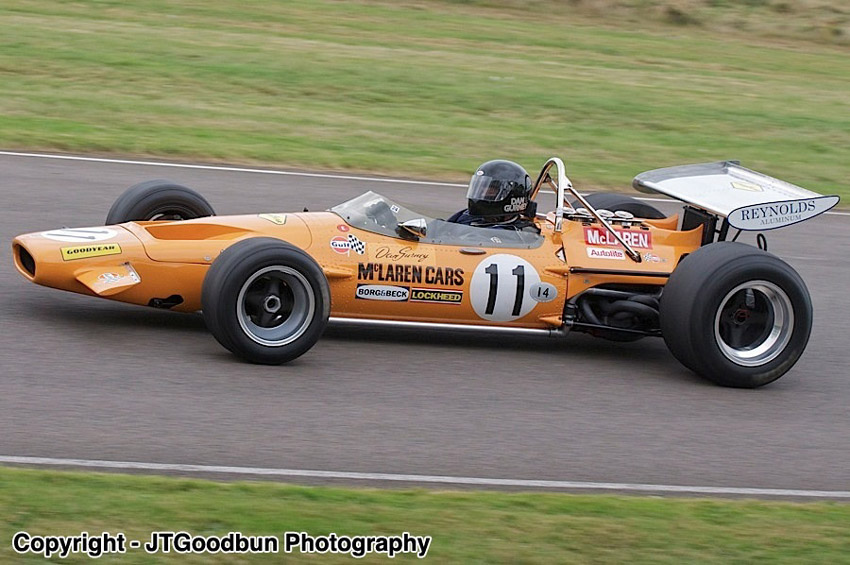
# 11 McLaren F1
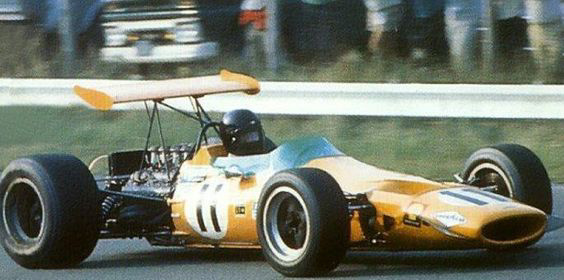
# 11 McLaren at Mont-Tremblat 1968 McLaren M7A
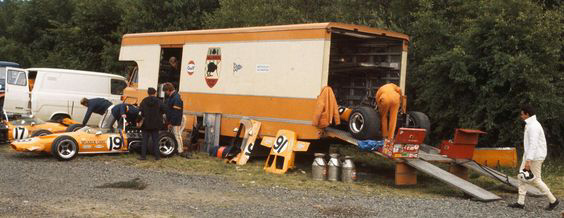
# 16 and # 17 in 1970 at Clermont-Ferrand
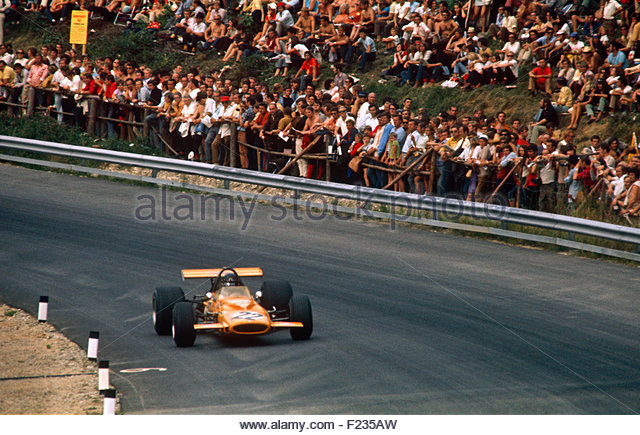
# 22 Mclaren Cosworth 1970
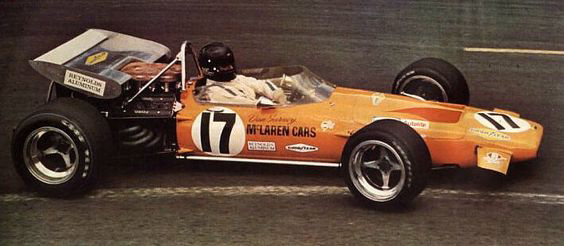
# 17 Mclaren Ford
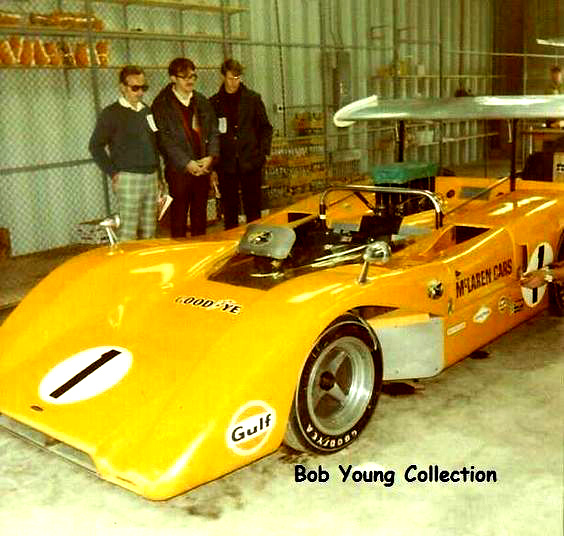
# 1 McLaren M8B Michigan 1969
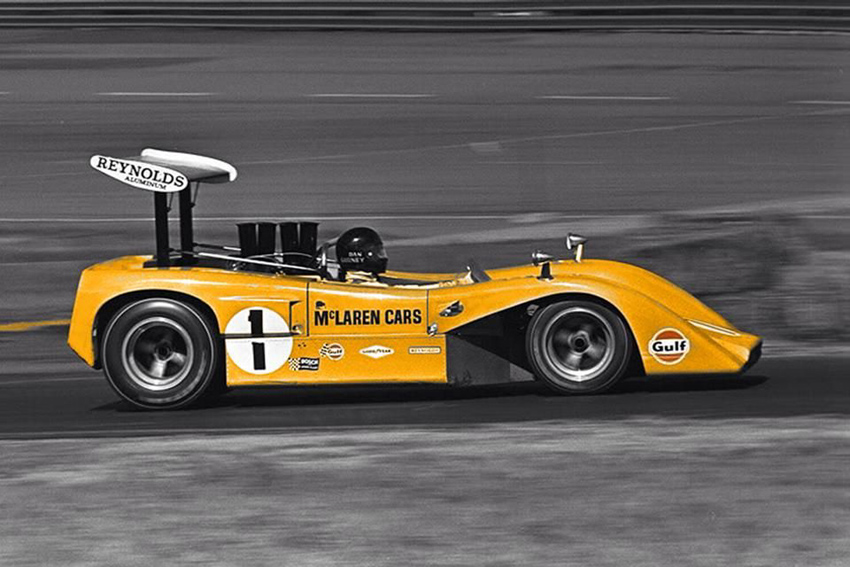
# 1 Michgan 1969
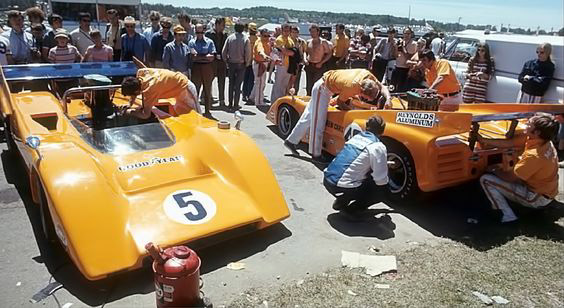
Dan in 1970 with Team Mclaren
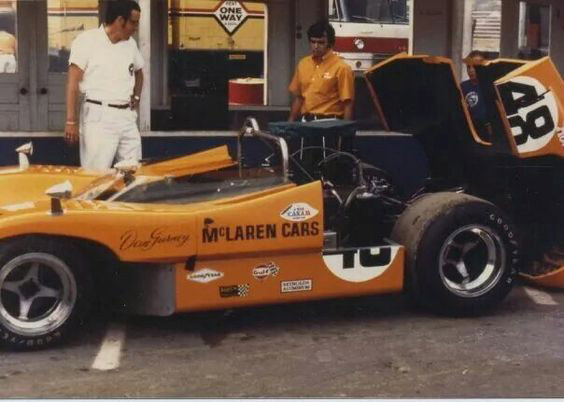
Dan at the Glen Can Am 190 in a McLaren M8D
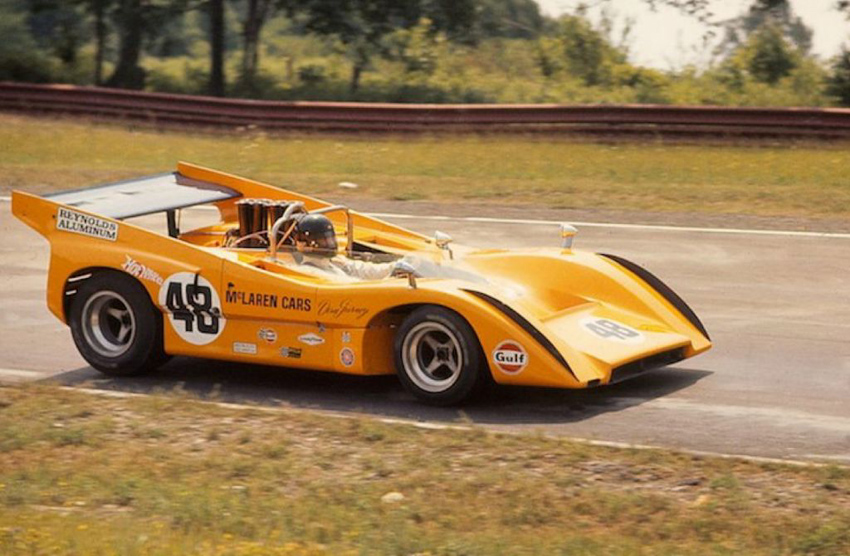
# 48 McLaren 1970
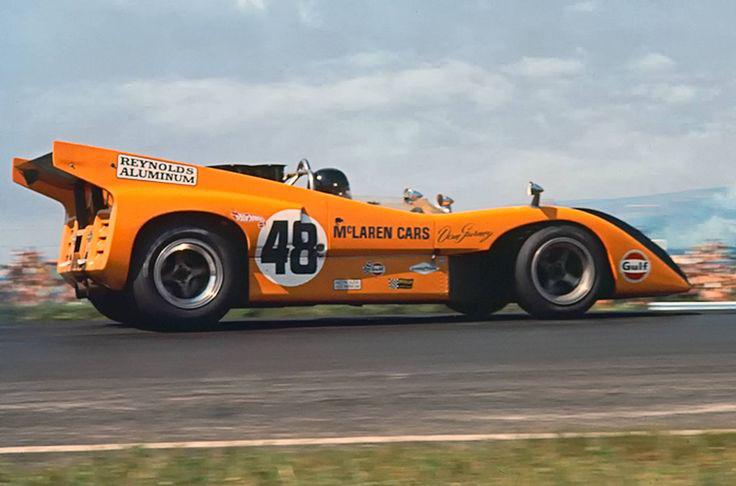
# 48
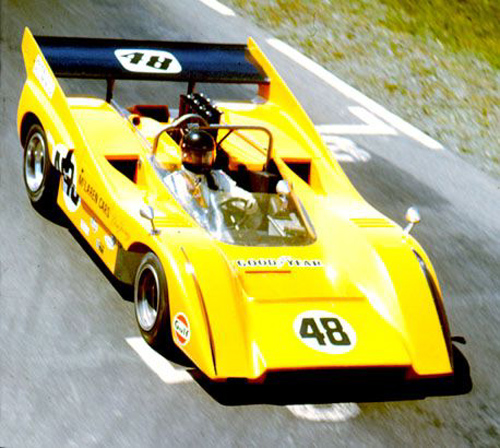
# 48
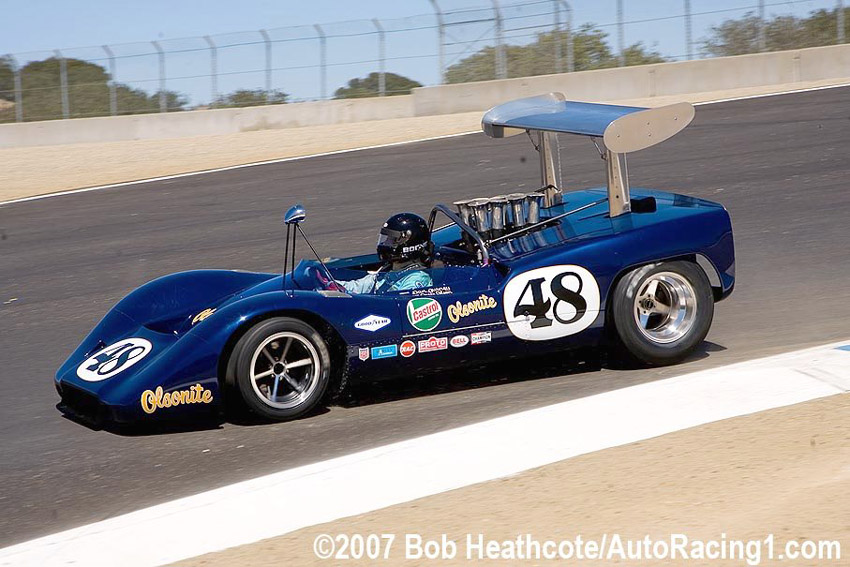
Dan in # 48
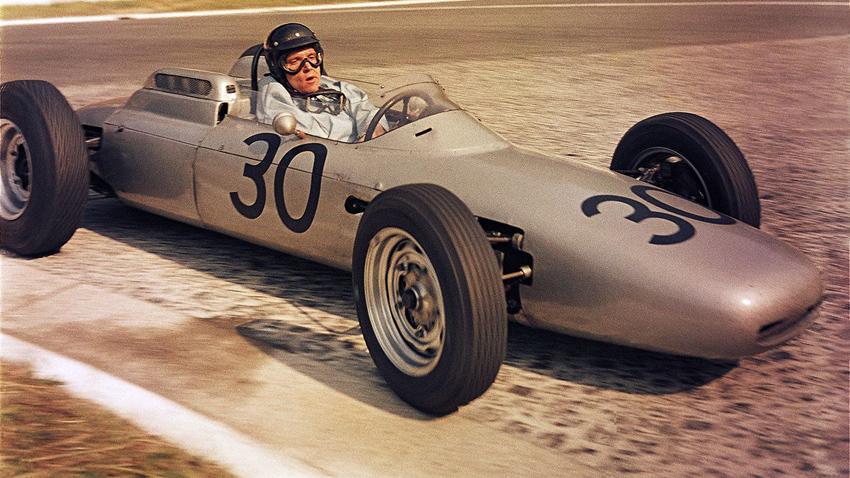
# 30 Porsche
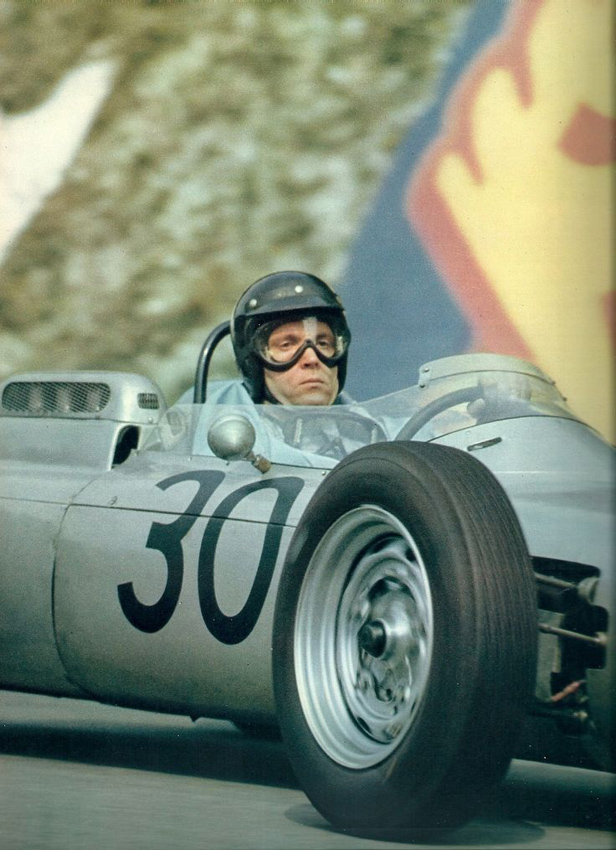
# 30
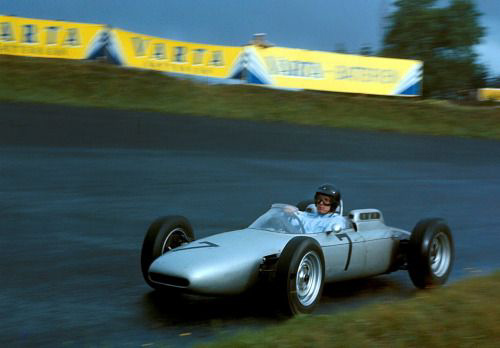
# 7 Porsche at 1962 Nurburgring GP
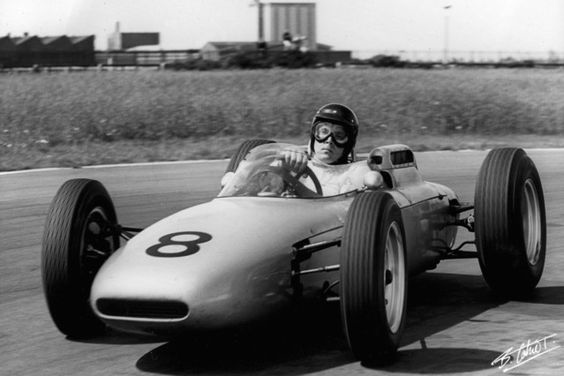
# 8 Porsche in England 1962

# 12 Porsche at French GP 1962
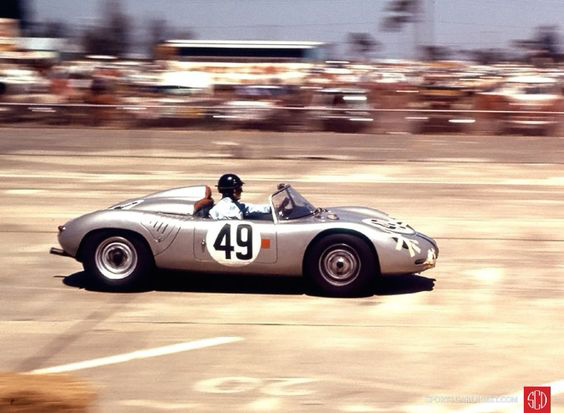
# 49 Porsche
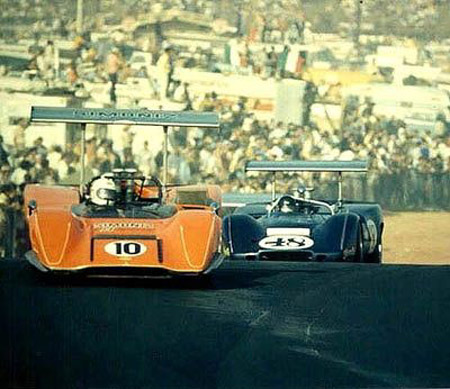
Dan leading Chuck Pearson 1969 Can Am
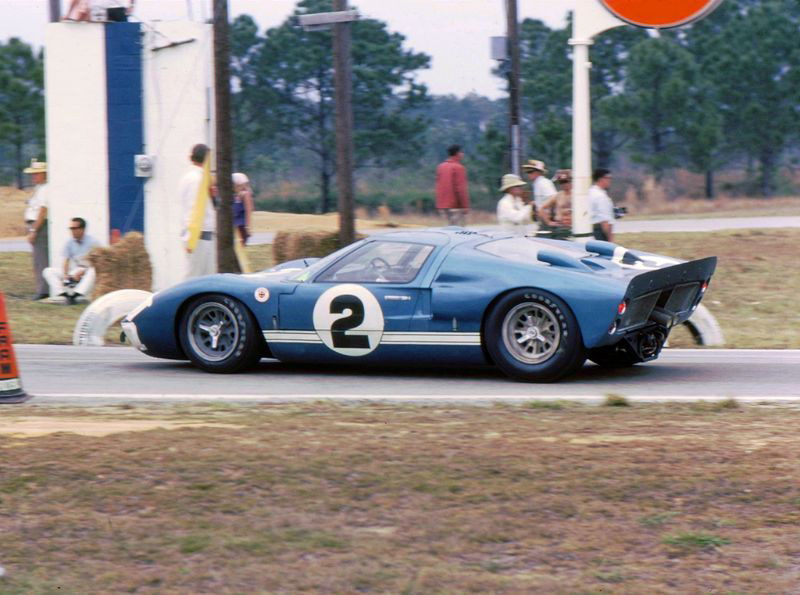
# 2 sebring 12 hr 1966
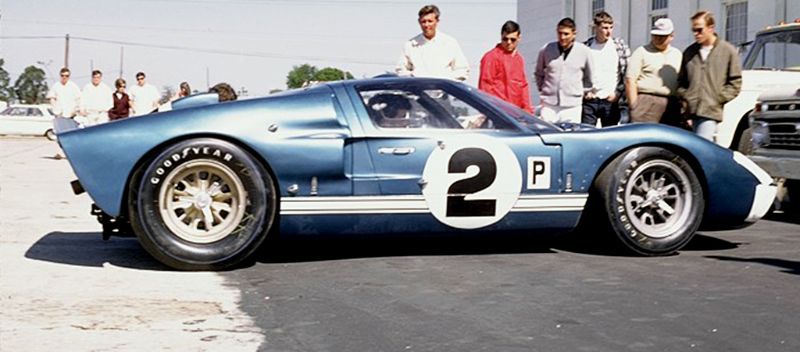
# 2
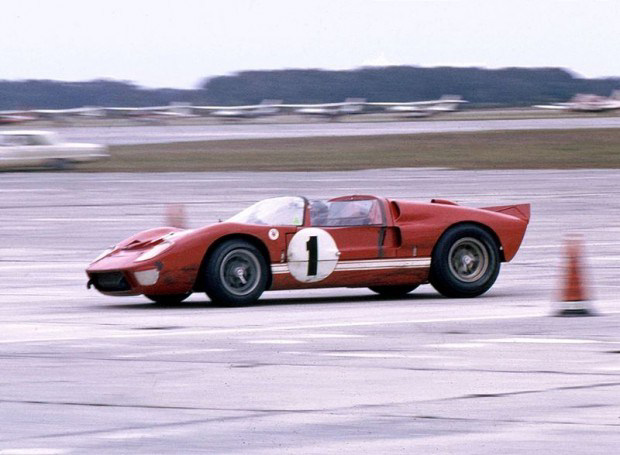
# 1 at sebring 1966
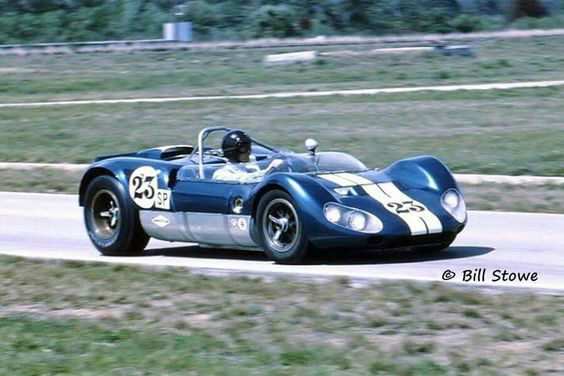
# 23 Lotus 19J Ford at Sebring 1965
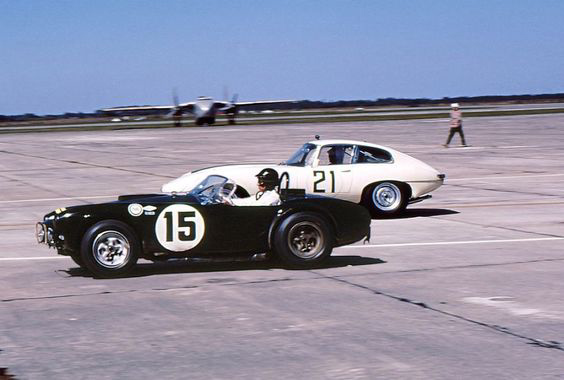
# 15 at Sebring 1963
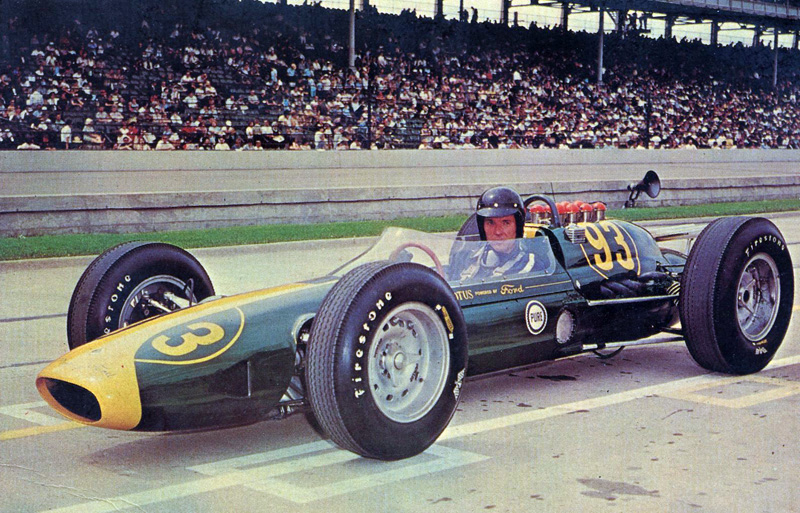
# 93 Indy car
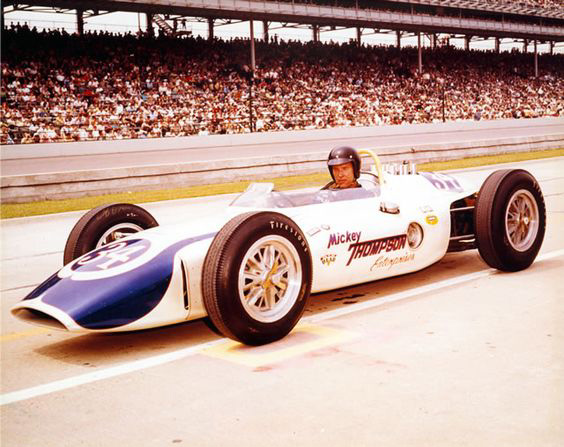
# 34 Mickey Thompson car
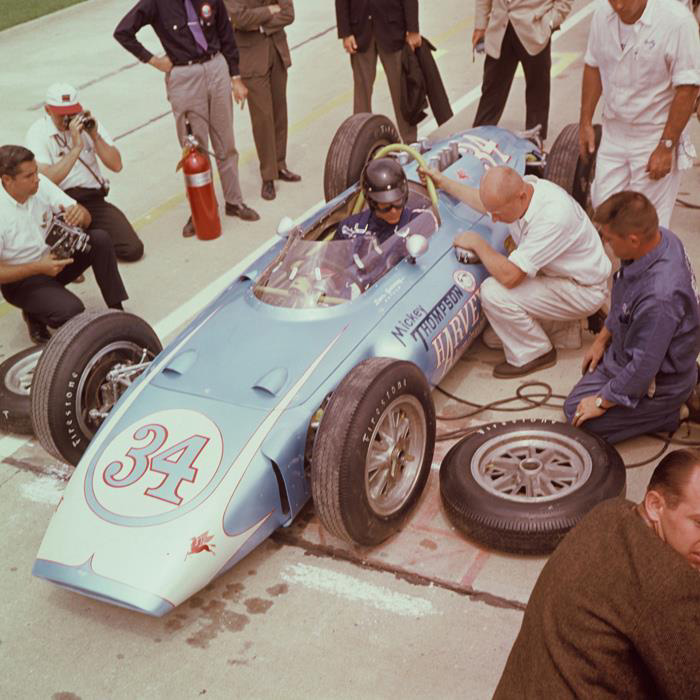
# 34
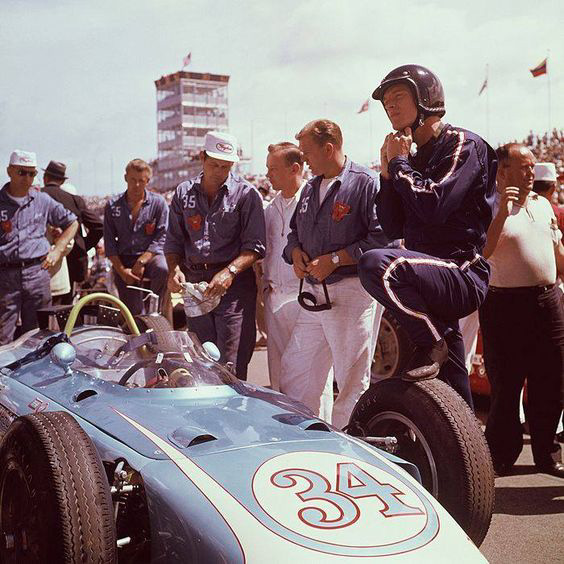
# 34 in 1962 at Indy
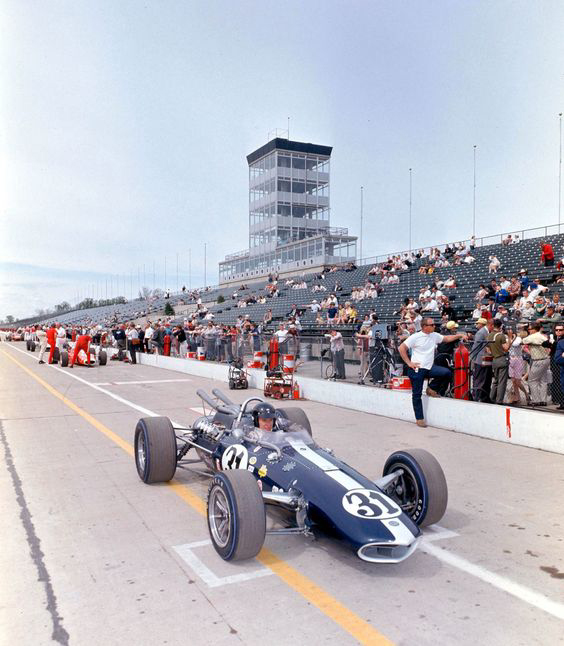
# 31 the Gurney Eagle
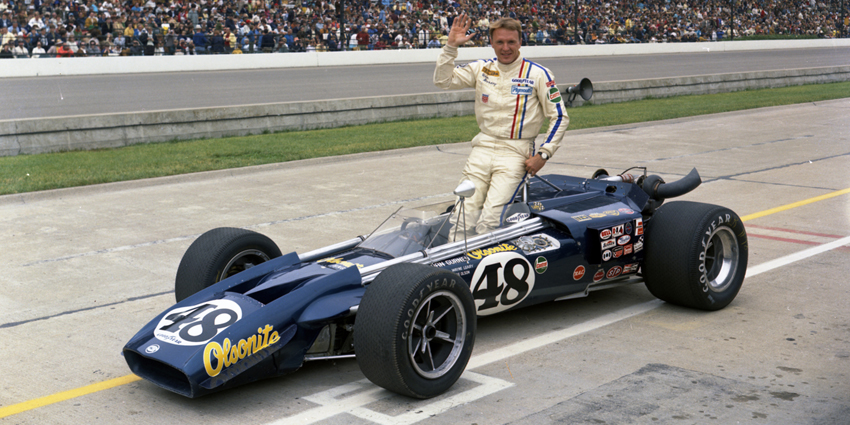
Dan in # 48
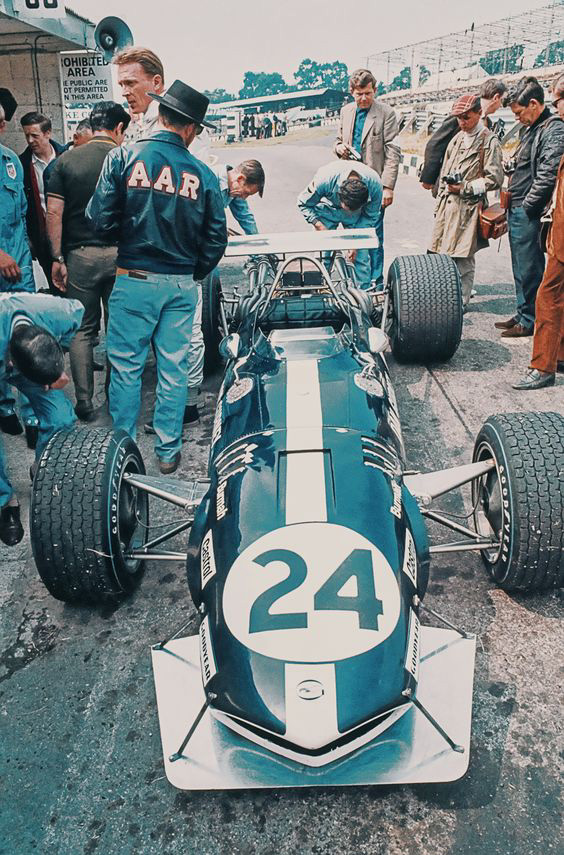
# 25
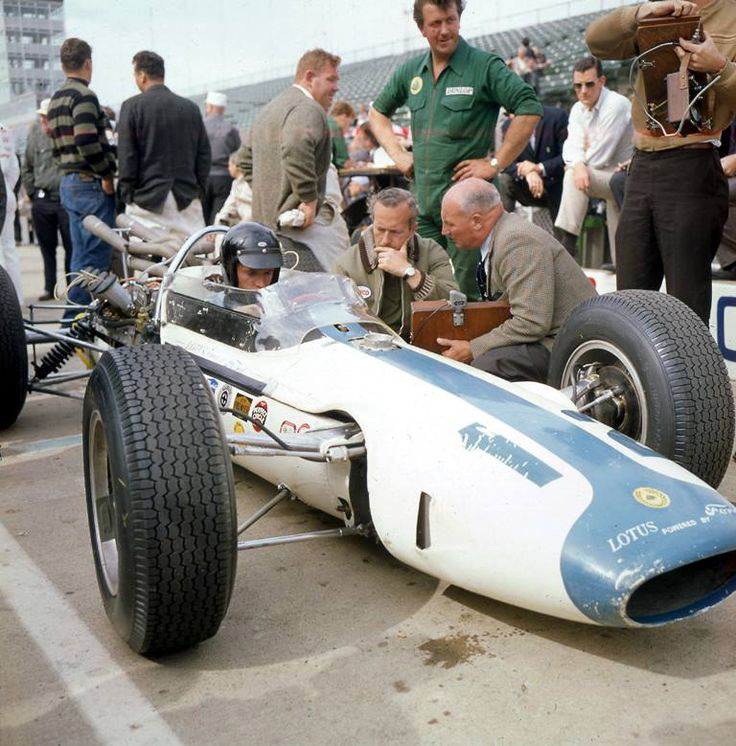
Dan sitting in # 2
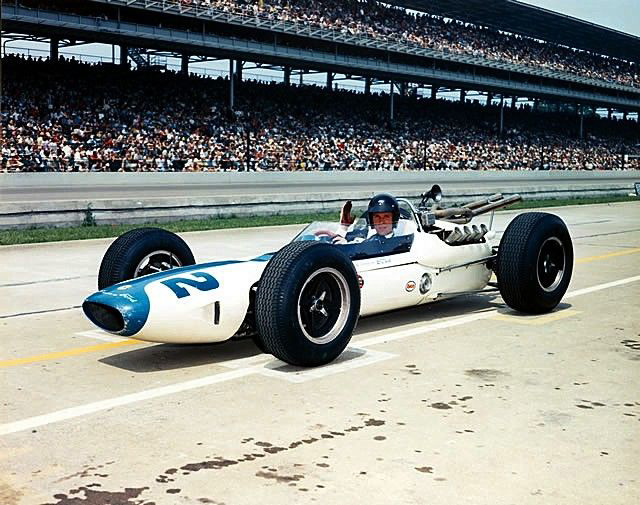
Dan in # 2
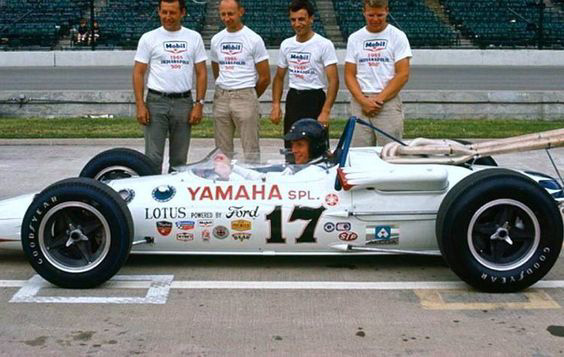
Dan in # 17
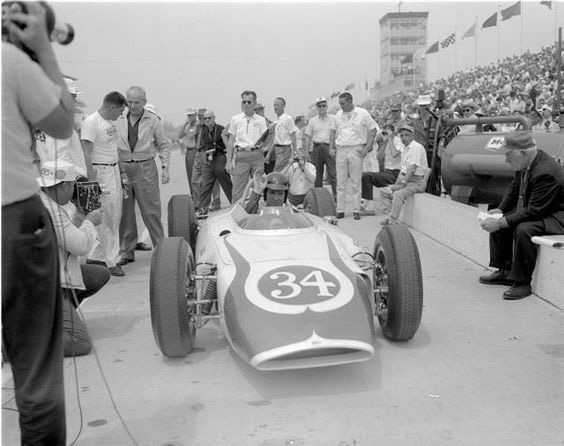
Dan in # 34 Mickey Thompson at Undy 1962
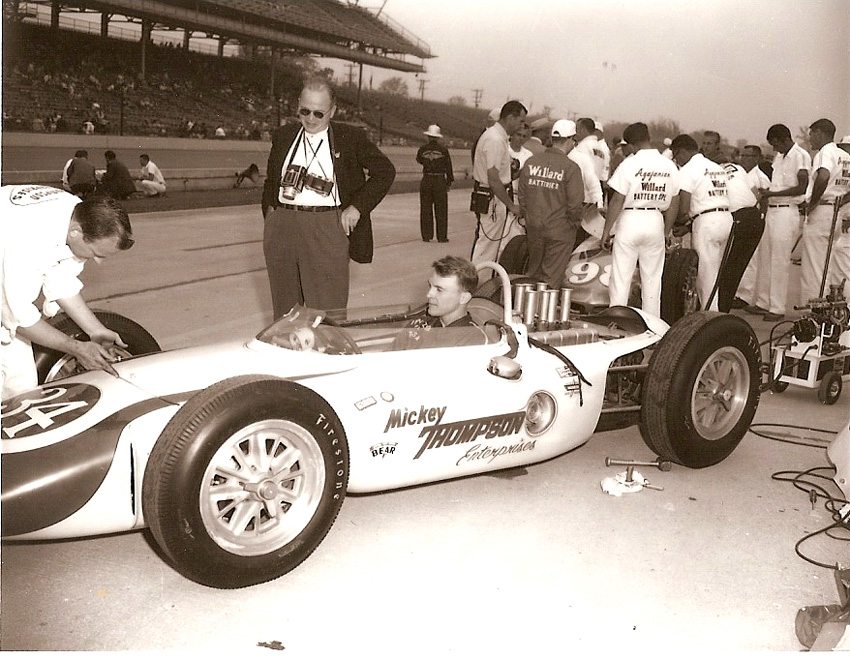
Dan in # 34
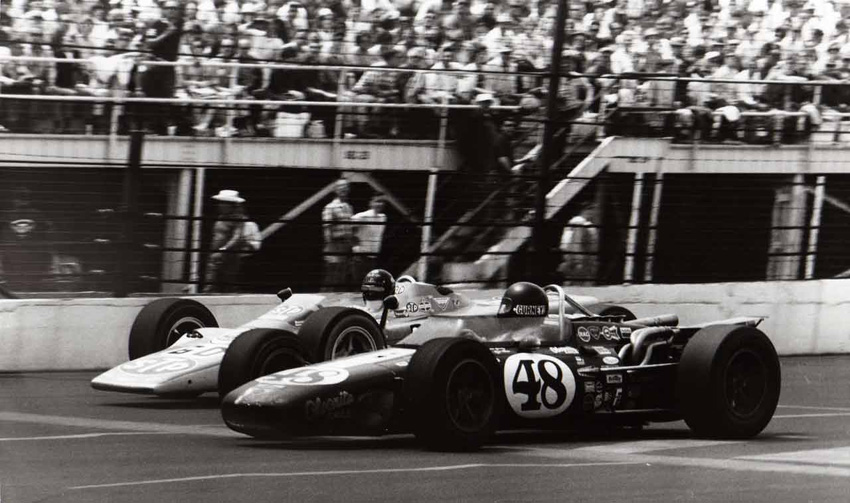
Dan in # 48
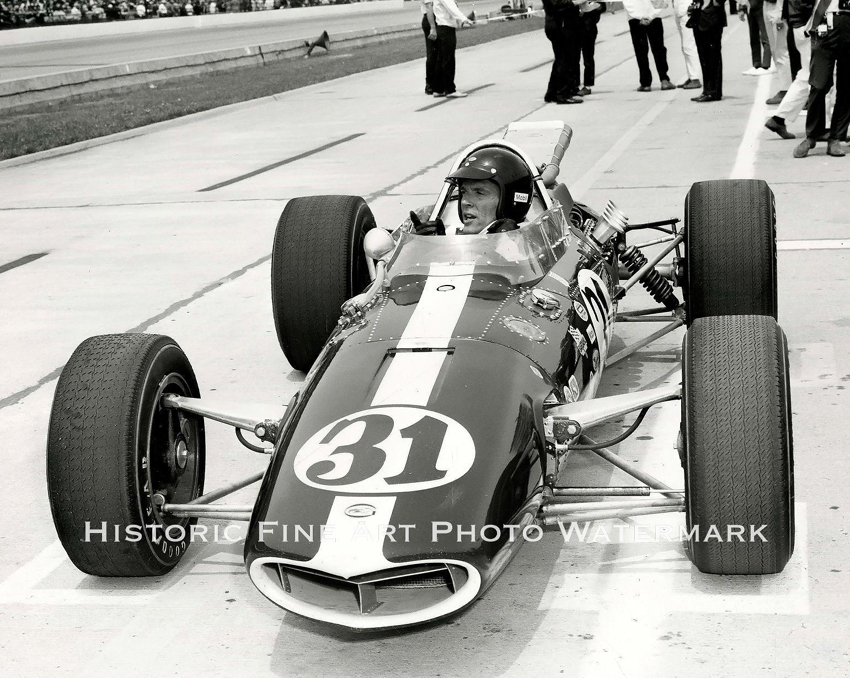
Dan in # 31
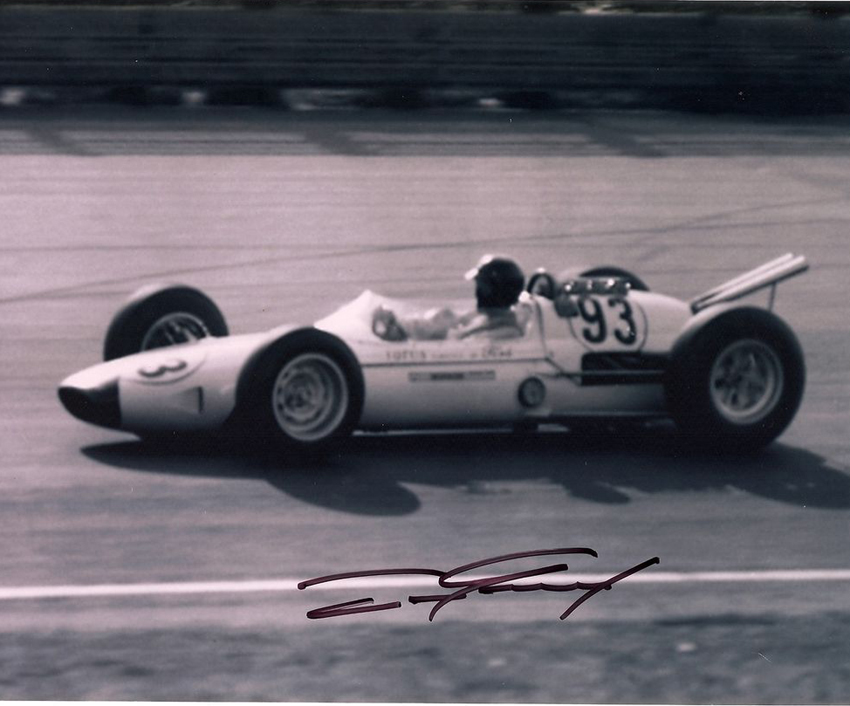
Dan in # 93 at 1963Indy 500
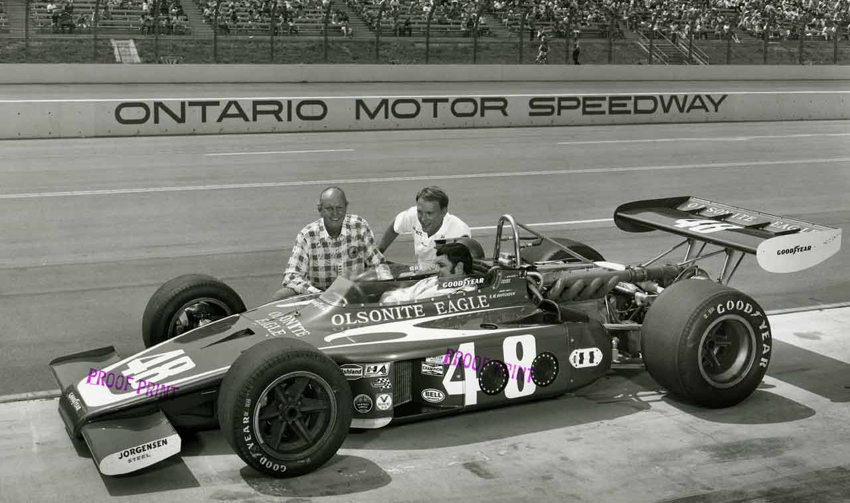
Dan at Ontario 1972 talking to the driver
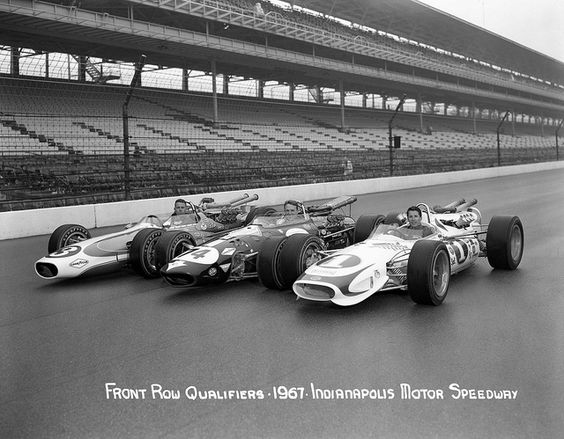
1965 Indy 500 left to right Dan, Jim Clark and A J Foyt
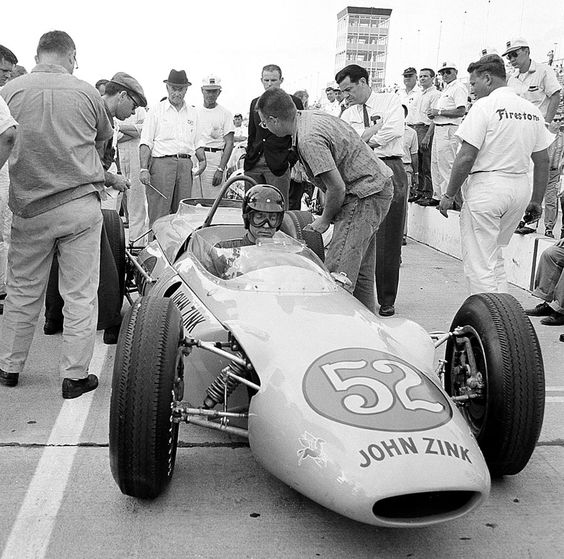
dAN IN zINK tRACKBURNER 19621962
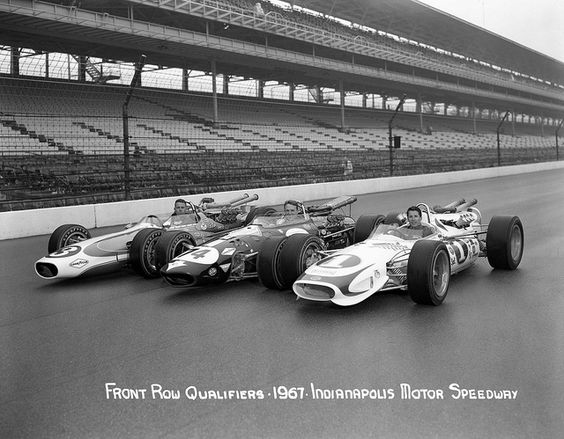
Another year left to right Mario Andretti, Dan and Gordon Johncock
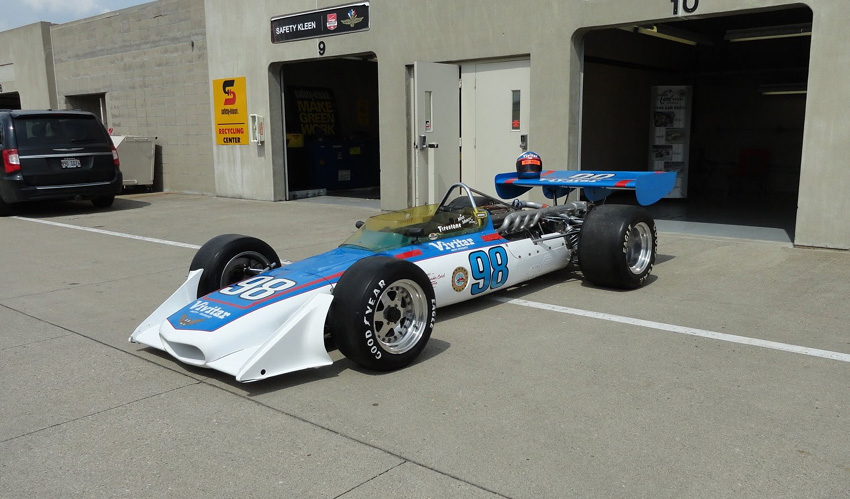
# 98 IN 1968 Indy 500
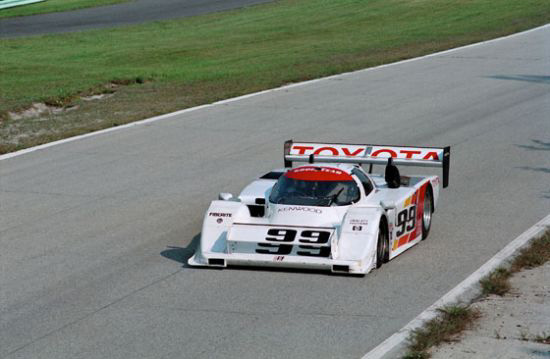
# 99
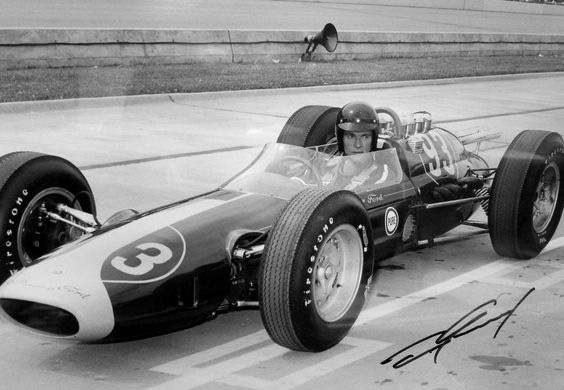
Dan in # 93
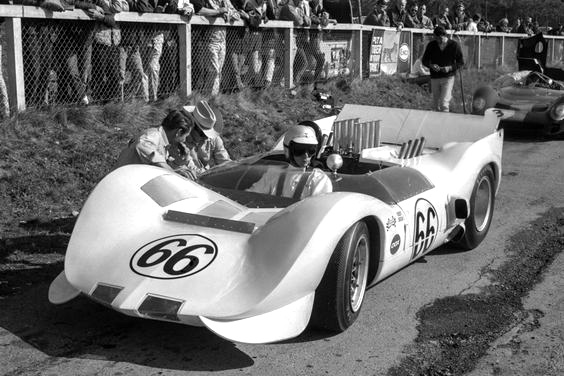
Dan in # 66 Lotus Ford
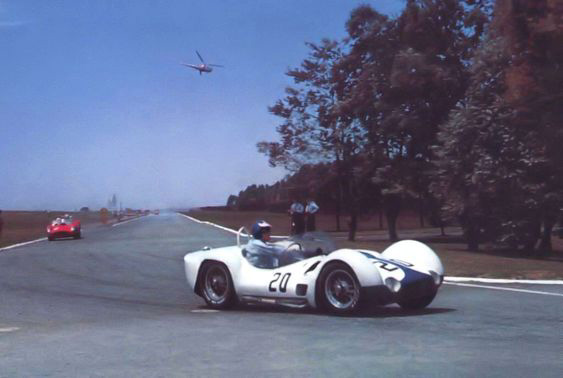
# 20 in Buenos Aires 1960
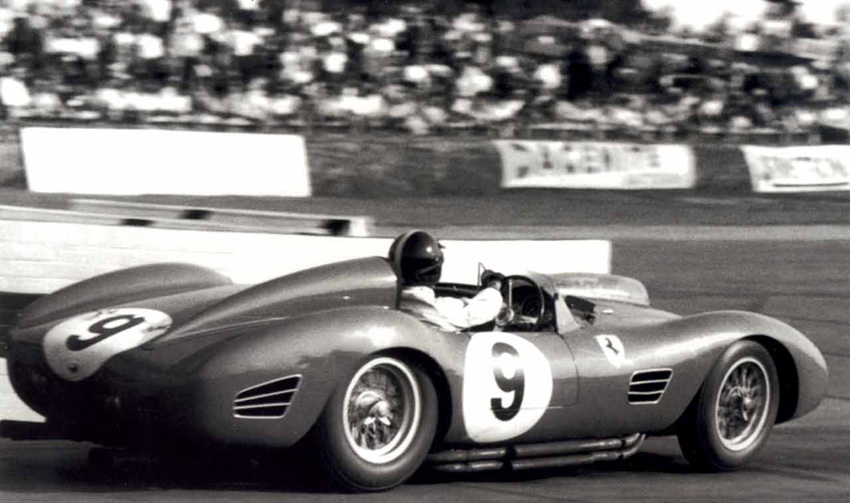
# 9 in Ferrari Testa Rossa 1959
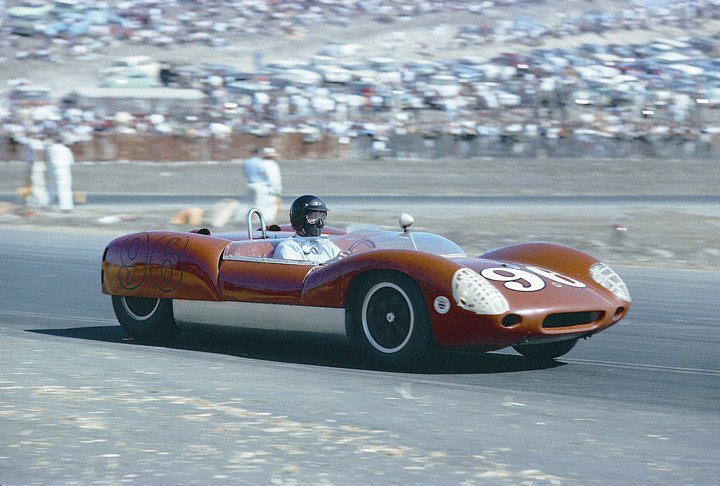
# 96 in 1962

Dan in 1967
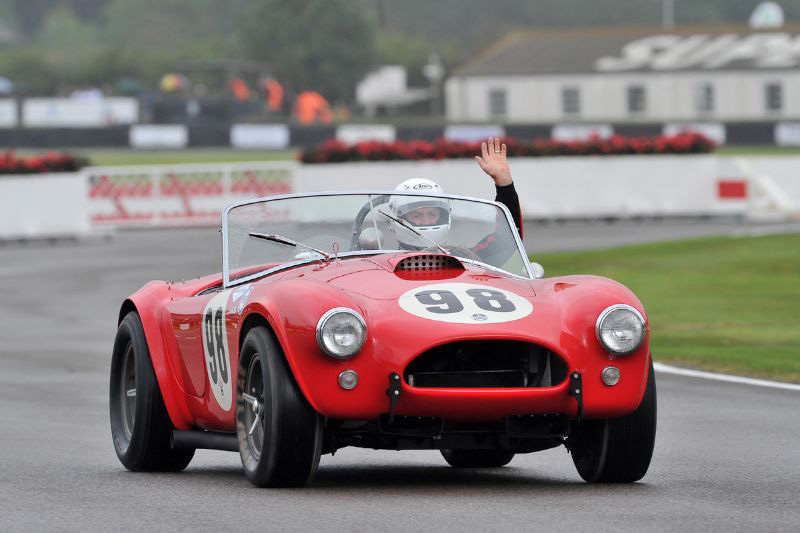
# 98 Cobra
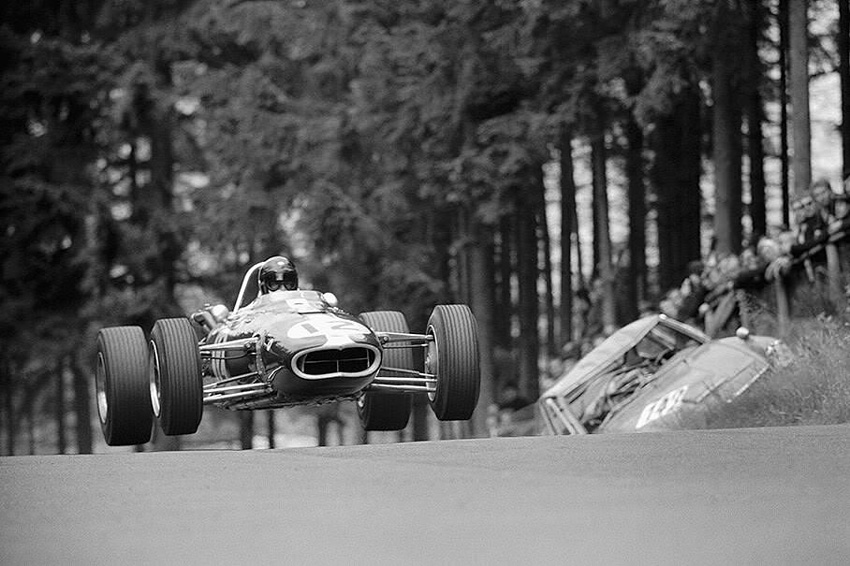
Dan gets air at Nurburgring
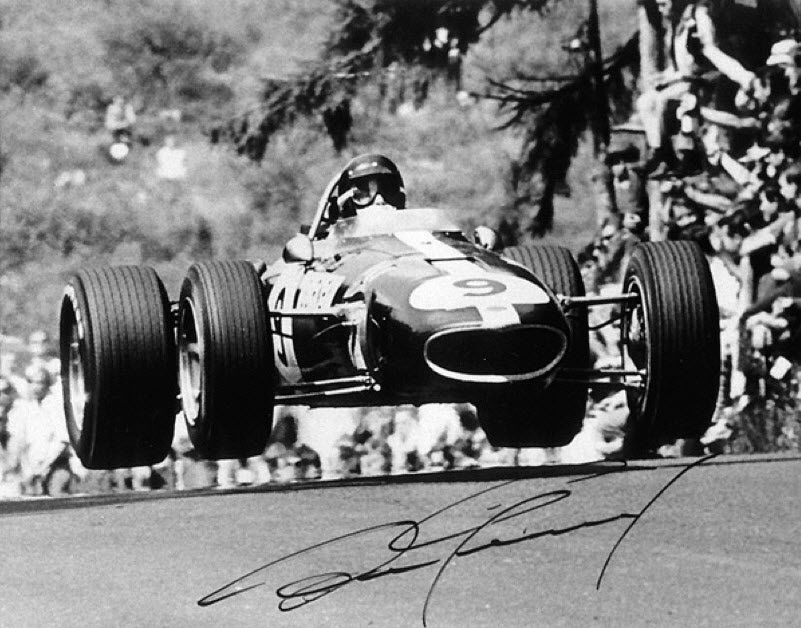
Dan again in the air
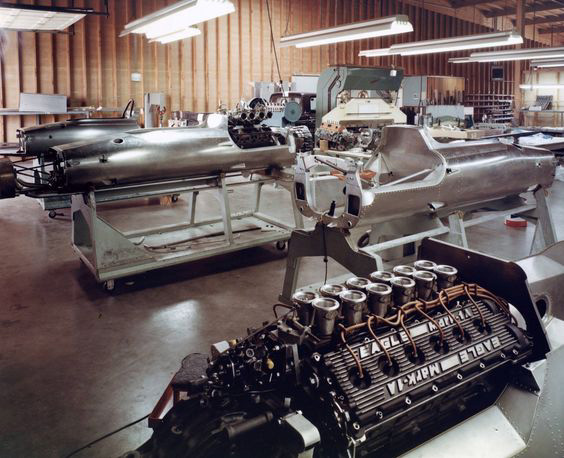
Dan's AAR shop in 1968
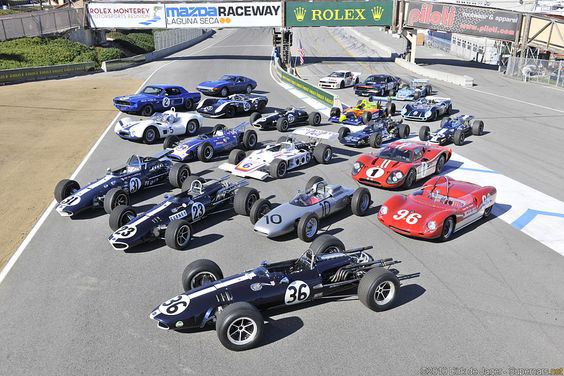
Dan's cars
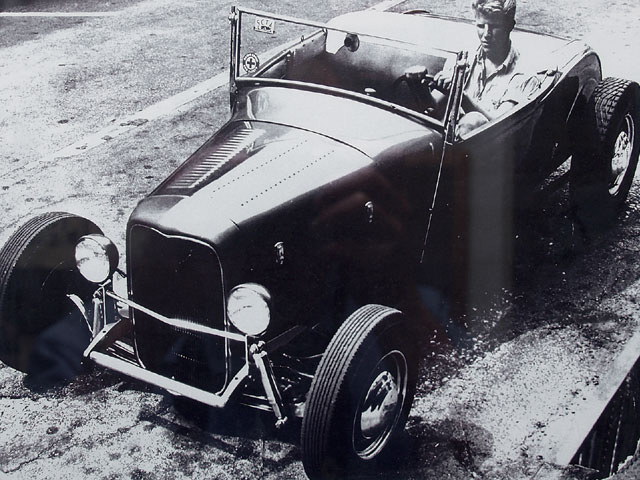
Dan's hot rod
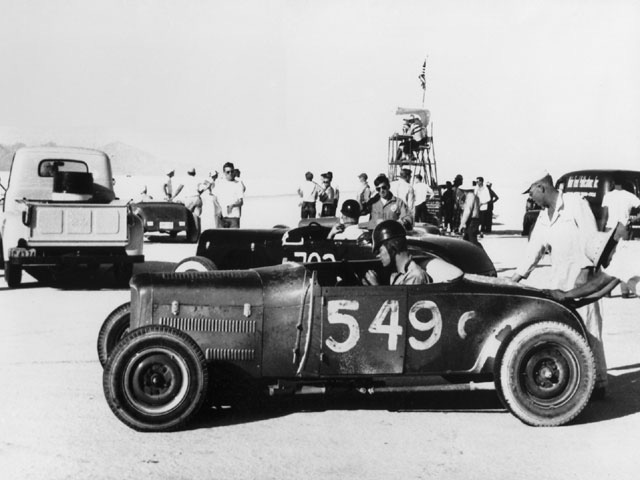
Dan at the Saly flats 1948
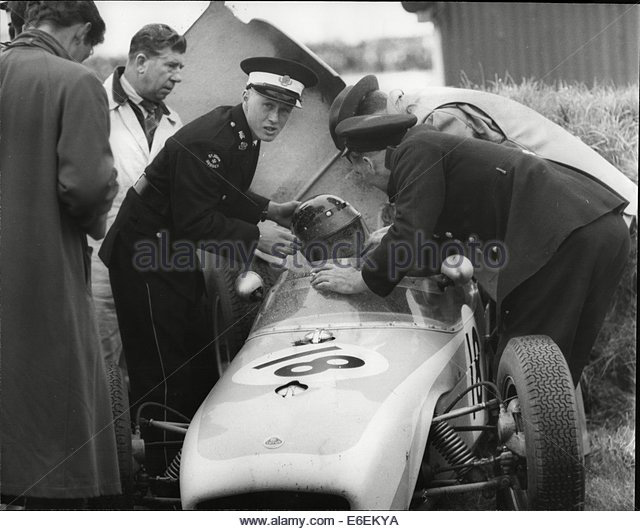
Dan getting help after a crash
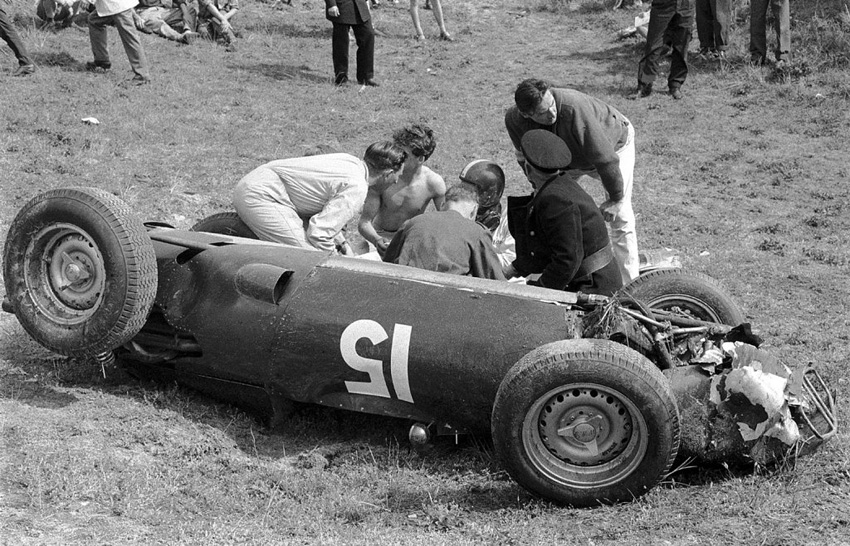
Dan in the Netherlands 1960 after a crash
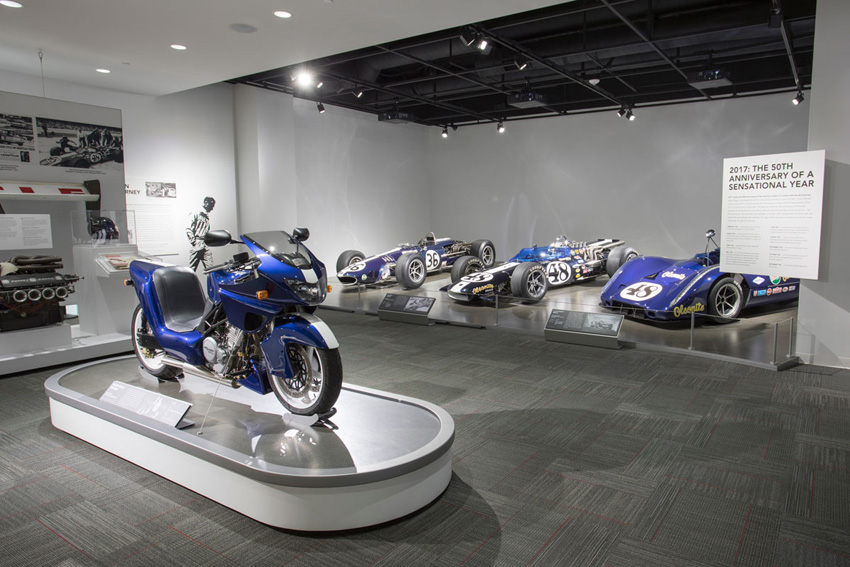
Dan's Eagles at the Peterson Museum
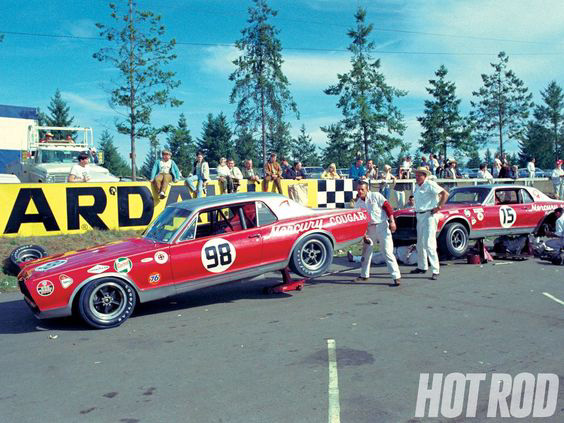
# 98 Mercury
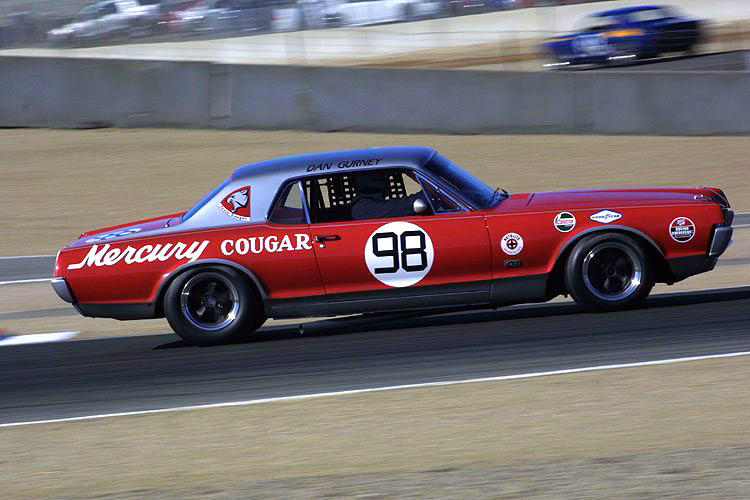
# 98 in 1967
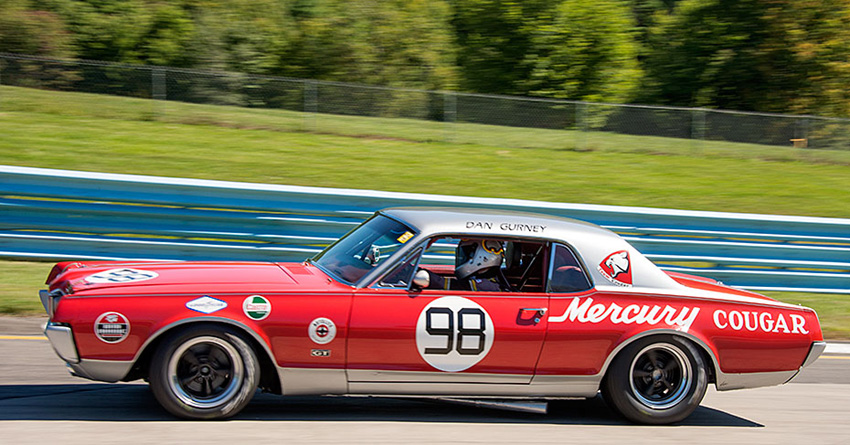
# 98
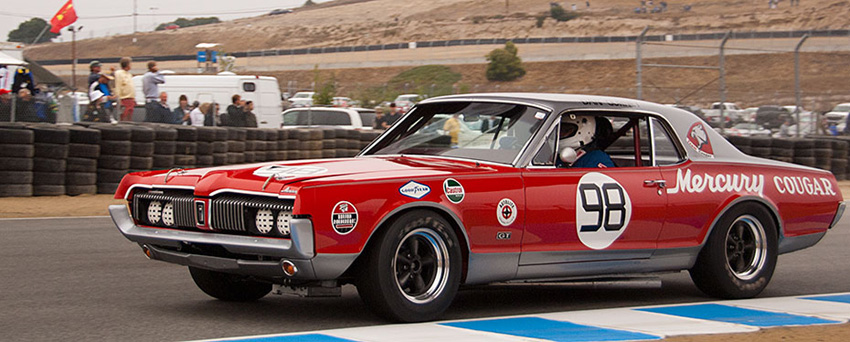
# 98
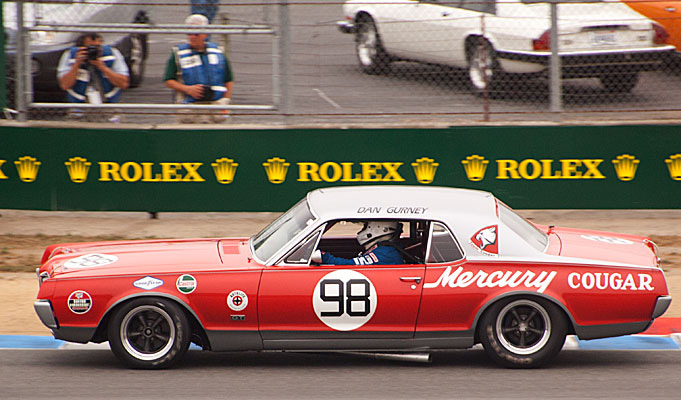
# 98
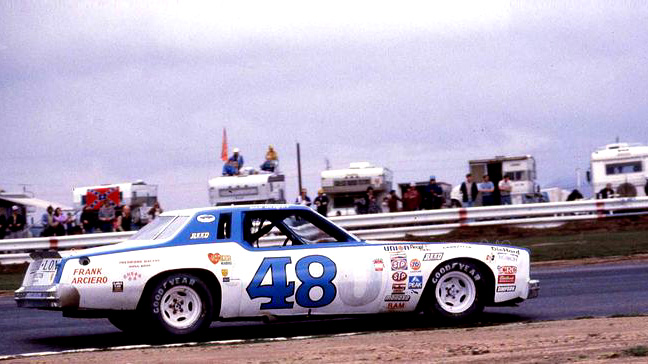
# 48 at Riverside
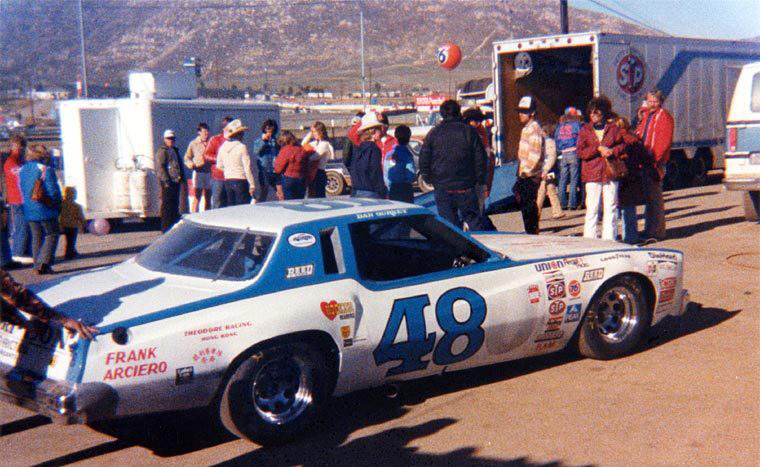
# 48 at Winston Western 500 in 1980 at Riverside
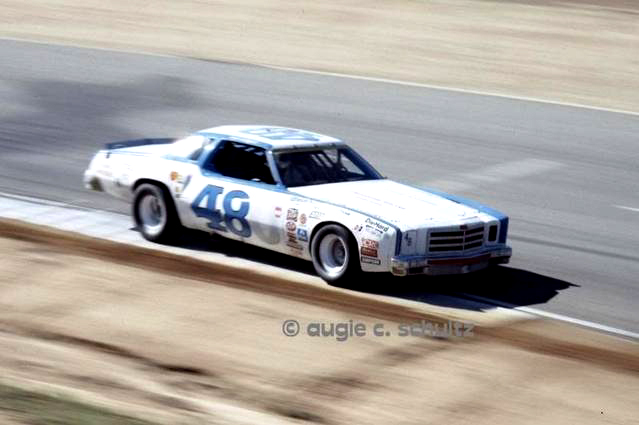
# 48

# 48
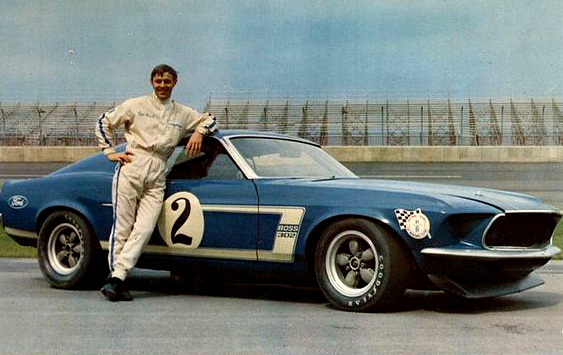
# 2 Boss Ford
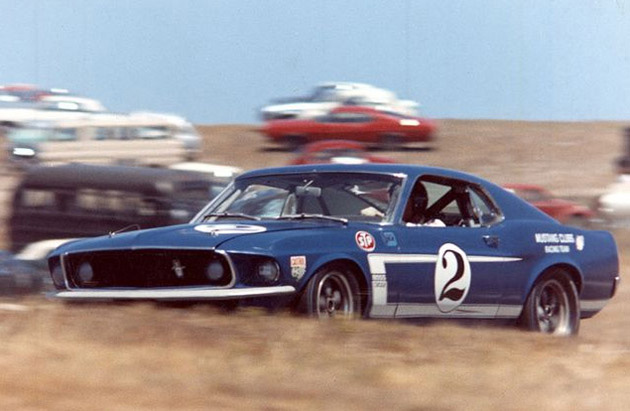
# 2 Trans Am Boss Ford 302 in 1969
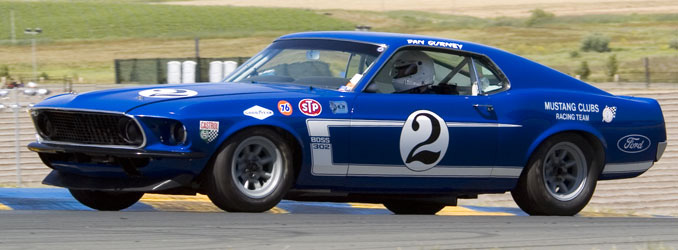
# 2 Boss Ford
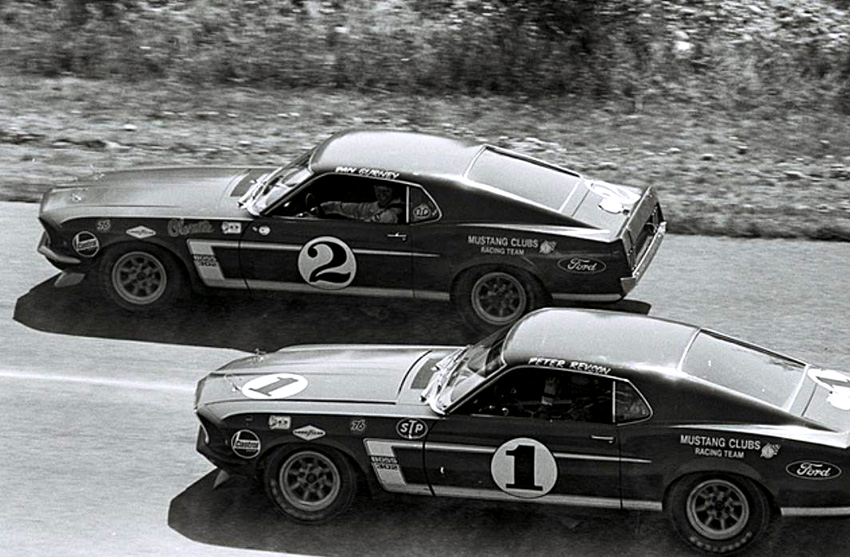
# 3 Dan and # 1 Peter Revson
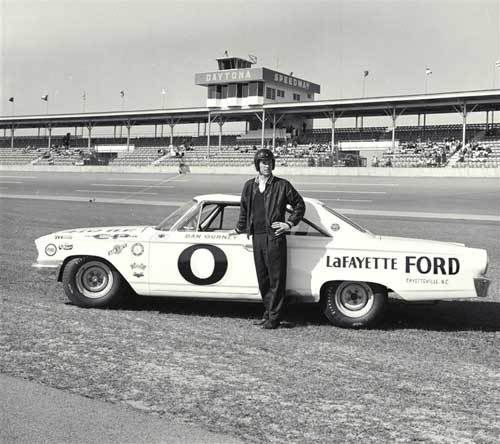
# 0 at 1963 Daytona
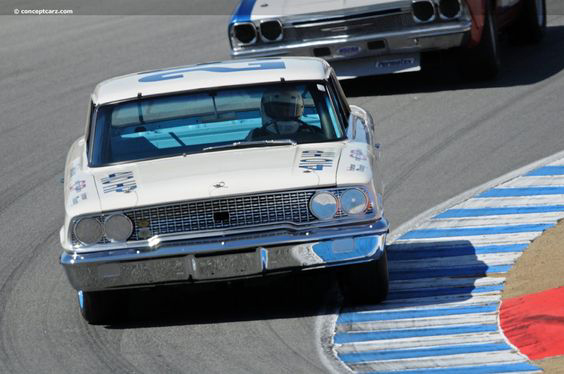
# 28 Ford at Riverside 1963
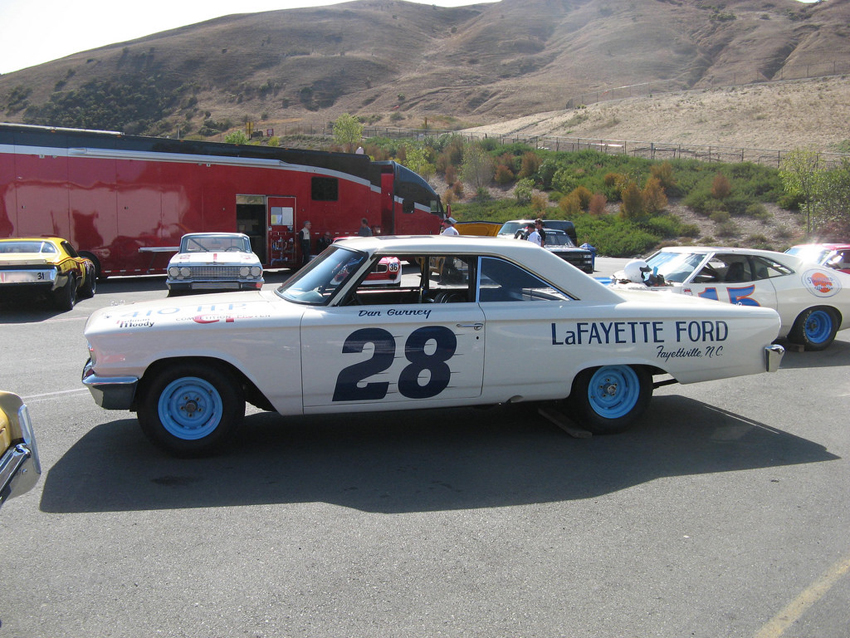
# 28
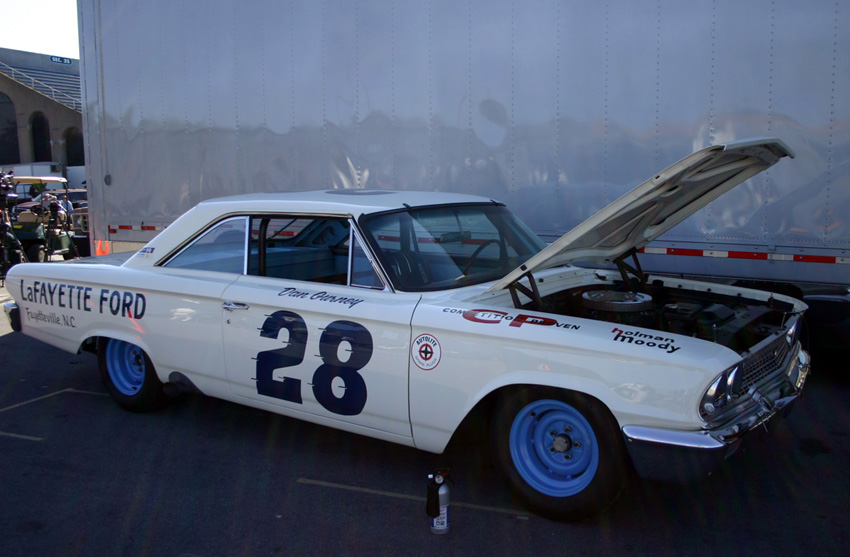
# 28

# 42 Cuda
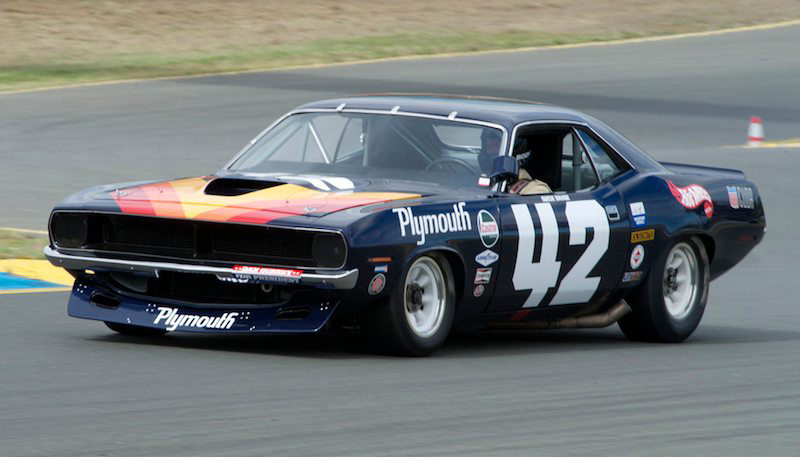
# 42
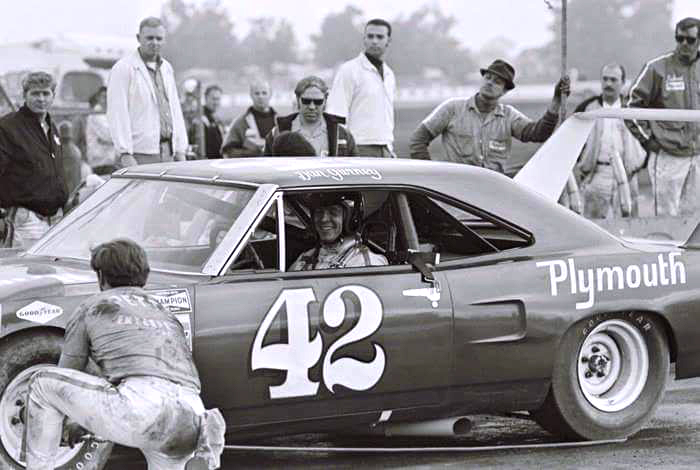
# 42
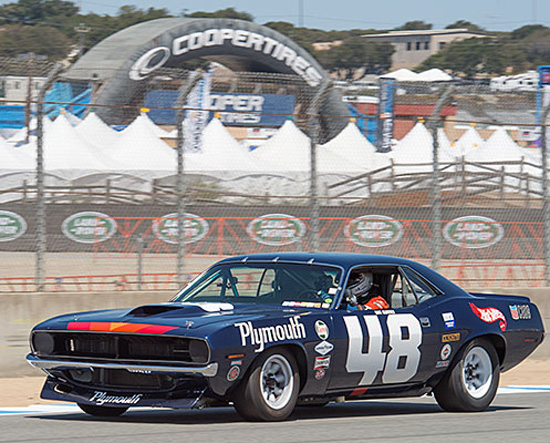
# 48
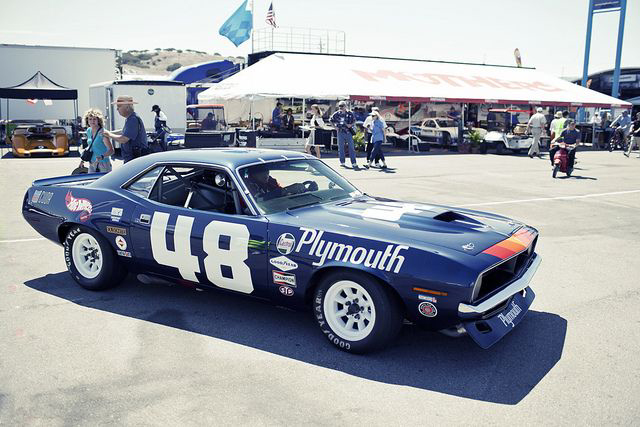
# 48 190 Cuda
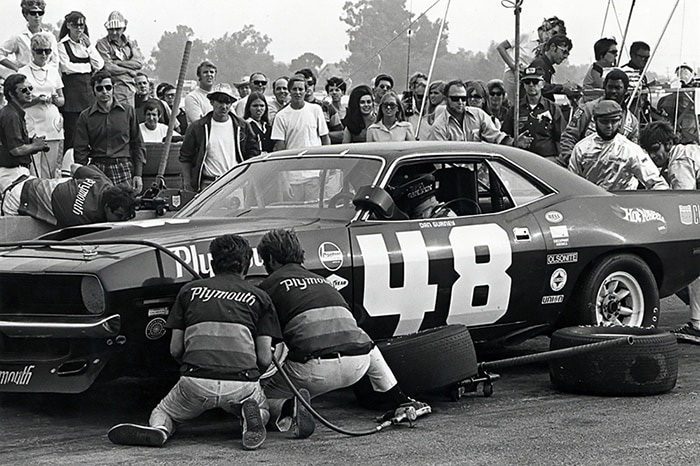
# 48 Trans Am
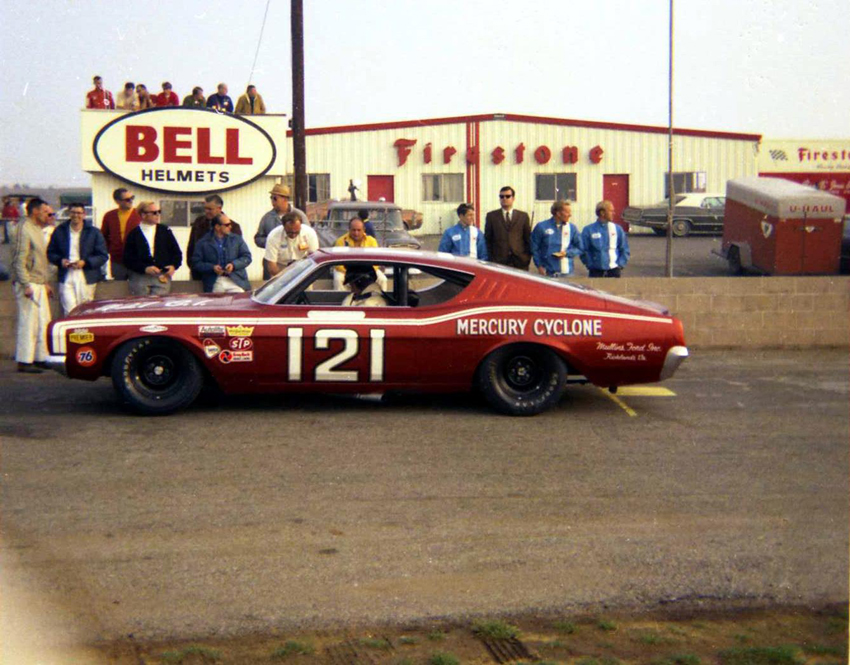
# 121 Wood Brothers Mercury
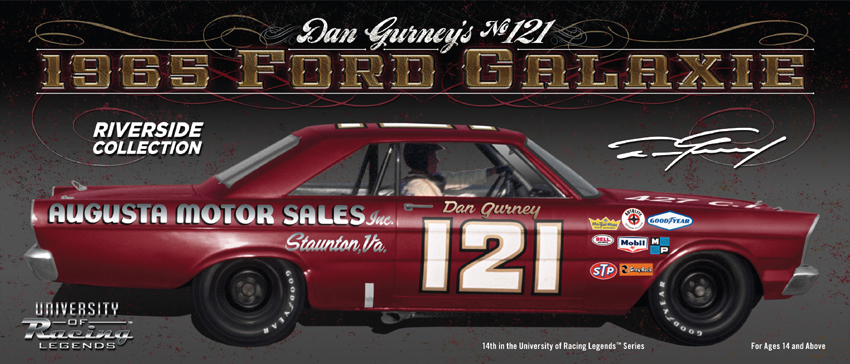
# 121 Ford

# 121 Ford
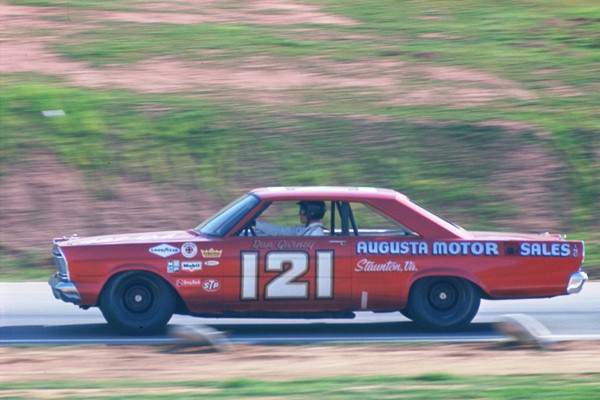
# 121 Ford
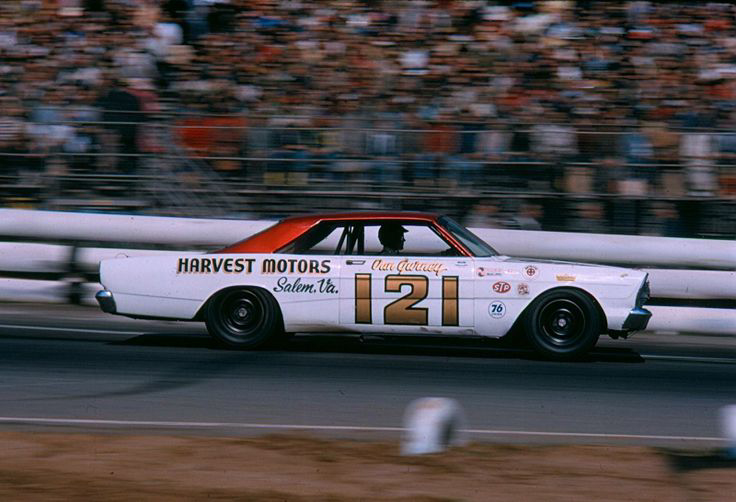
# 121 Ford
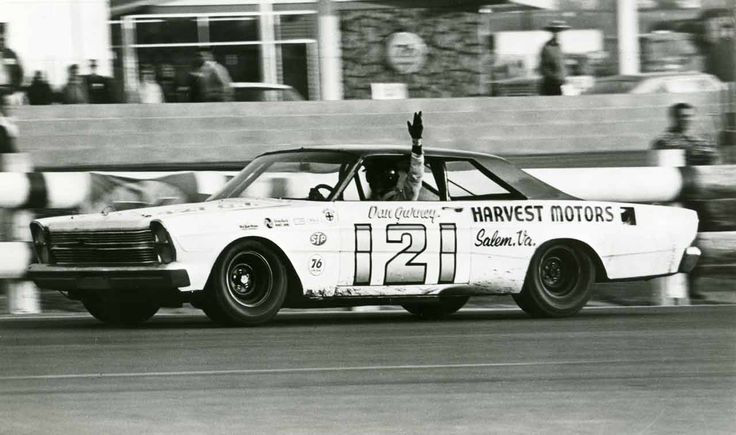
# 121 wood Brothers
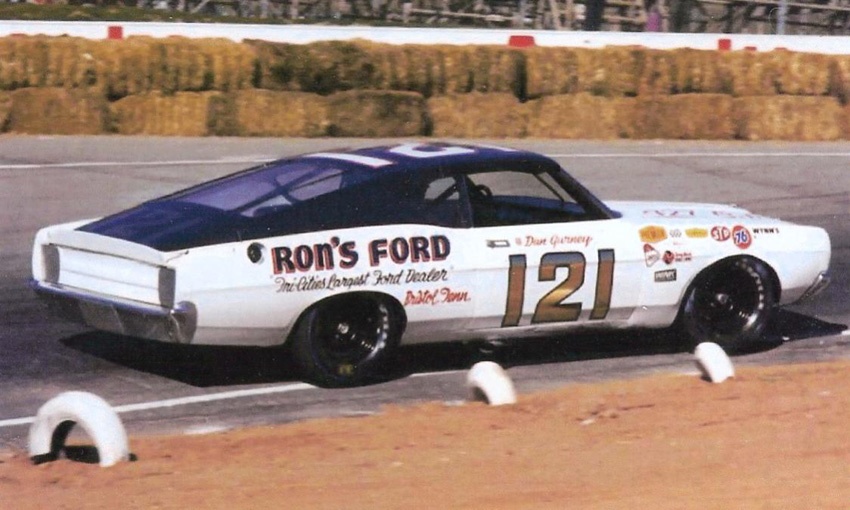
# 121 Mercury
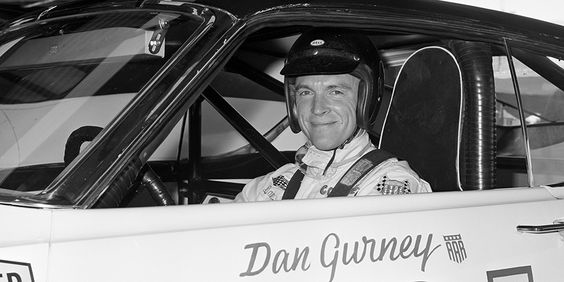
Dan Smiling in his stock car
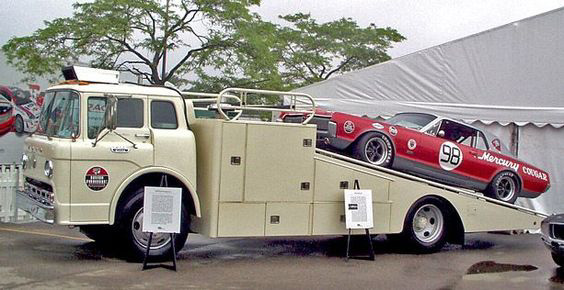
Dan's hauler for the Mercury
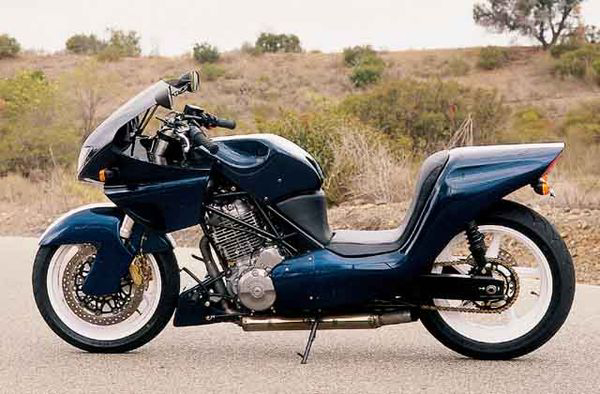
Dan's Alligator motorcycle he built
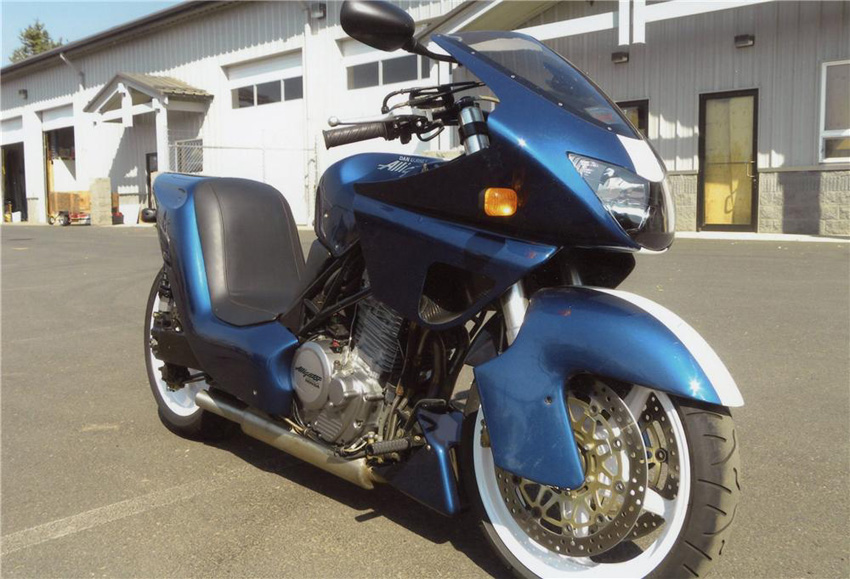
Another shot
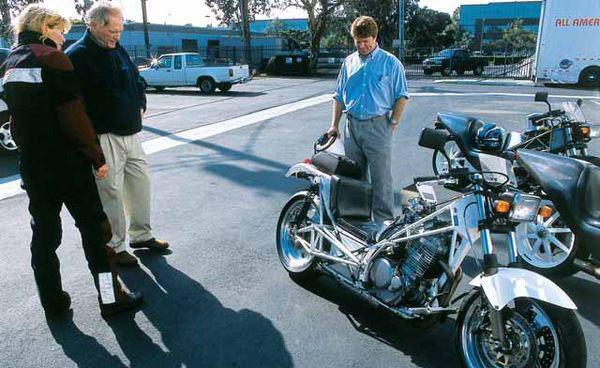
One more
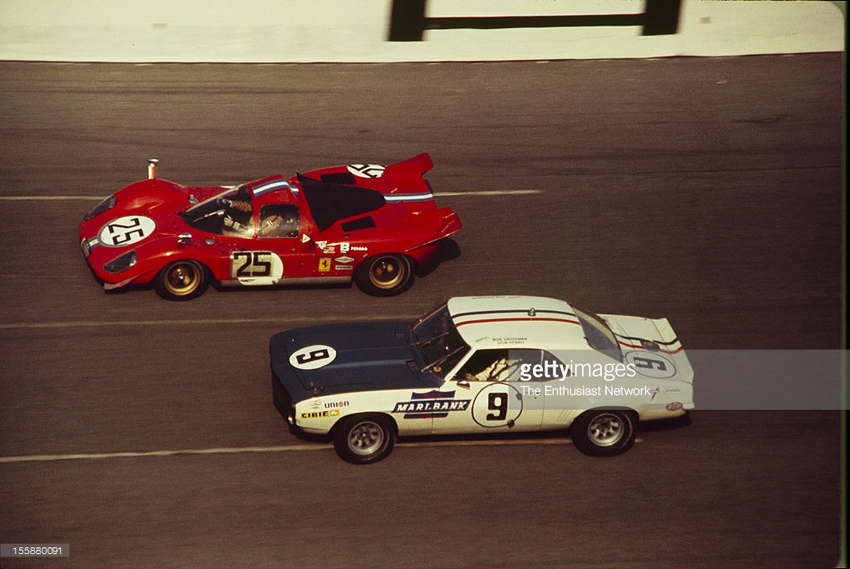
Dan and Chuck Parsons
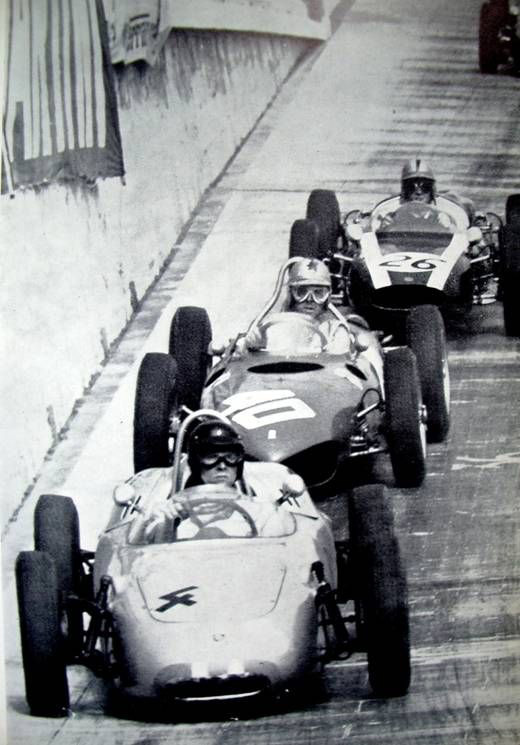
Dan at the 1961 Monaco
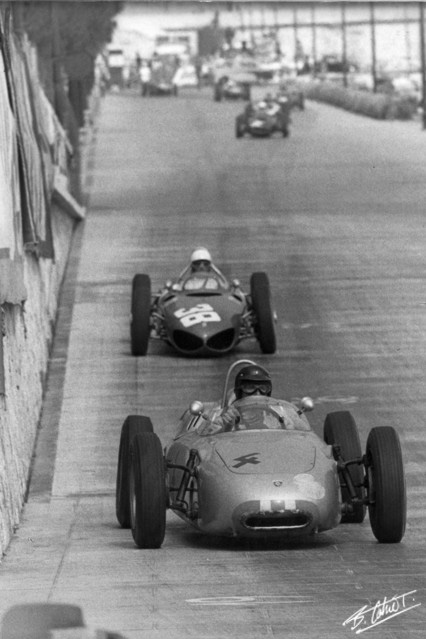
Dan with Phiol Hill chasing him
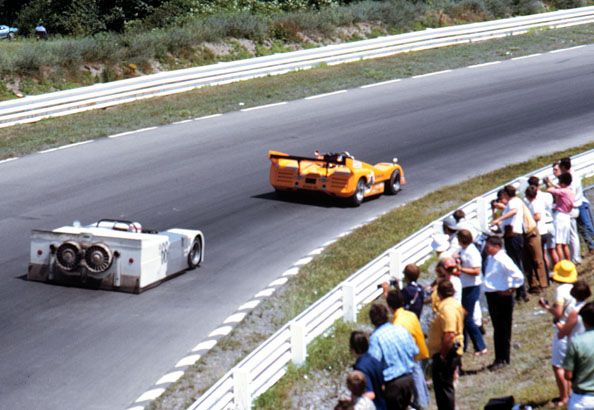
Jackie Stewart chasing Dan
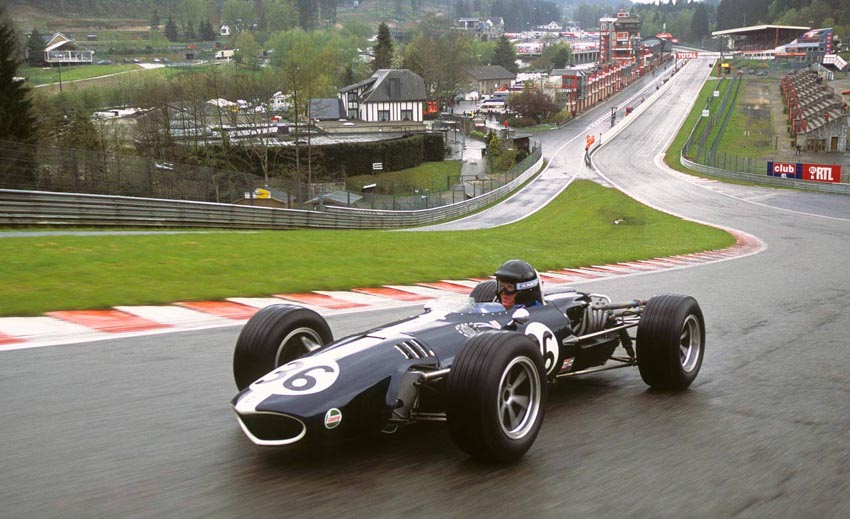
# 36 in 1967
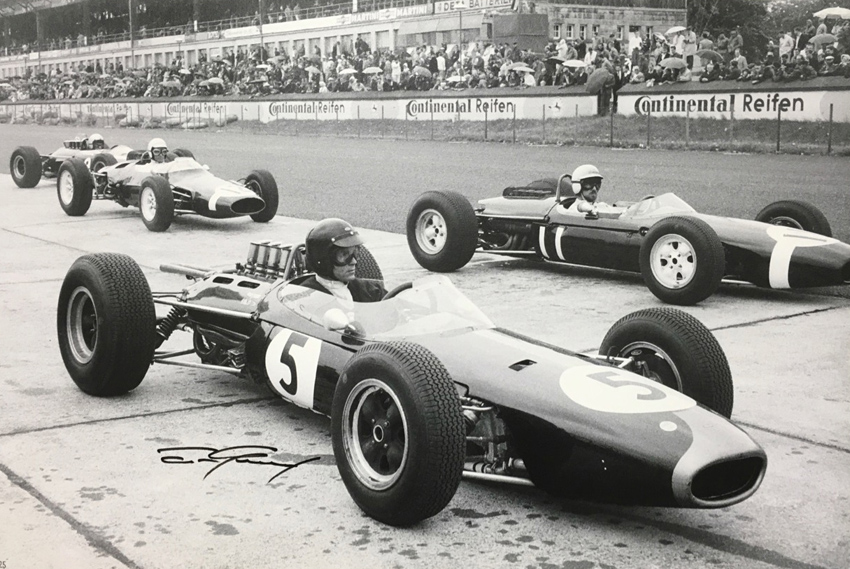
# 5 in 1964
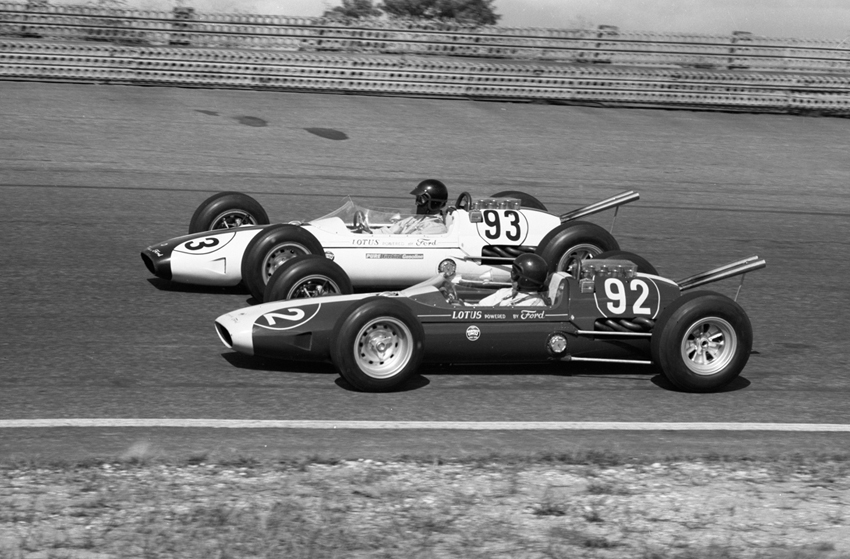
Dan with Jim Clark
Daniel Sexton Gurney (April 13, 1931 – January 14, 2018) was an American racing driver, race car constructor, and team owner who reached racing's highest levels starting in 1958.
Gurney won races in the Formula One, Indy Car, NASCAR, Can-Am, and Trans-Am Series. Gurney is the first of three drivers to have won races in Sports Cars (1958), Formula One (1962), NASCAR (1963), and Indy Car (1967) (the other two being Mario Andretti and Juan Pablo Montoya).
In 1967, after winning the 24 Hours of Le Mans together with A. J. Foyt, he spontaneously sprayed champagne while celebrating on the podium. As owner of All American Racers, he was the first to put a simple right-angle extension on the upper trailing edge of the rear wing. This device, called a Gurney flap, increases downforce and, if well designed, imposes only a relatively small increase in aerodynamic drag. At the 1968 German Grand Prix he became the first driver ever to use a full face helmet in Grand Prix racing
Dan Gurney's father, John R. Gurney, was a graduate of Harvard Business school with a master's degree. He was discovered to have a beautiful voice and changed his career path to become a prominent singer with the Metropolitan Opera in New York who retired in 1947 and moved the family to Riverside, California when Dan was a teenager.[2] Dan's three uncles were each MIT engineers. His grandfather was F.W. Gurney who was responsible for the invention of the Gurney Ball Bearing. After moving to California, young Dan quickly became caught up in the California hot rod culture. At age 19, he built and raced a car that went 138 miles per hour (mph) (222 kilometres per hour [km/h]) at the Bonneville Salt Flats. He then became an amateur drag racer and sports car racer. He served in the United States Army as an artillery mechanic during the Korean War.
Dan Gurney's father, John R. Gurney, was a graduate of Harvard Business school with a master's degree. He was discovered to have a beautiful voice and changed his career path to become a prominent singer with the Metropolitan Opera in New York who retired in 1947 and moved the family to Riverside, California when Dan was a teenager.[2] Dan's three uncles were each MIT engineers. His grandfather was F.W. Gurney who was responsible for the invention of the Gurney Ball Bearing. After moving to California, young Dan quickly became caught up in the California hot rod culture. At age 19, he built and raced a car that went 138 miles per hour (mph) (222 kilometres per hour [km/h]) at the Bonneville Salt Flats. He then became an amateur drag racer and sports car racer. He served in the United States Army as an artillery mechanic during the Korean War.
Gurney's first major break occurred in the fall of 1957, when he was invited to test Frank Arciero's Arciero Special. It was powered by a 4.2-litre reworked Maserati engine with Ferrari running gear, and a Sports Car Engineering Mistral body.[4] This ill-handling brute of a car was very fast, but even top drivers like Carroll Shelby and Ken Miles had found it difficult to handle. He finished second in the inaugural Riverside Grand Prix (behind Shelby), beating established stars like Masten Gregory, Walt Hansgen and Phil Hill. This attracted the attention of famed Ferrari North American importer Luigi Chinetti, who arranged for a factory ride for the young driver at Le Mans in 1958. Gurney, teamed with fellow Californian Bruce Kessler, had worked the car up to fifth overall and handed over to Kessler, who was then caught up in an accident. This performance, and others, earned him a test run in a works Ferrari, and his Formula One career began with the team in 1959. In just four races that first year, he earned two podium finishes, but the team's strict management style did not suit him. In 1960 he had six non-finishes in seven races behind the wheel of a factory-prepared BRM. At the Dutch Grand Prix, at Zandvoort, a brake system failure on the poorly prepared BRM caused the most serious accident of his career, breaking his arm, killing a young spectator and instilling in him a longstanding distrust of engineers. The accident also caused him to make a change in his driving style that later paid dividends: his tendency to use his brakes more sparingly than his rivals meant that they lasted longer, especially in endurance races. Gurney was known to give the brake pedal a reassuring tap just before hard application — a habit Gurney himself jokingly referred to as "the chicken-shit school of braking."[citation needed]
Gurney was particularly noted for an exceptionally fluid driving style. On rare occasions, as when his car fell behind with minor mechanical troubles and he felt he had nothing to lose, he would abandon his classic technique and adopt a more aggressive (and riskier) style. This circumstance produced what many observers consider the finest driving performance of his career, when a punctured tire put him nearly two laps down halfway through the 1967 Rex Mays 300 Indycar race at Riverside, California. He produced an inspired effort, made up the deficit and won the race with a dramatic last-lap pass of runner-up Bobby Unser.
After rules changes came in effect in 1961, he teamed with Jo Bonnier for the first full season of the factory Porsche team, scoring three second places. He came very close to scoring a maiden victory at Reims, France in 1961, but Gurney's reluctance to block Ferrari driver Giancarlo Baghetti (a move Gurney regarded as dangerous and unsportsmanlike) allowed Baghetti to pass him at the finish line for the win. After Porsche introduced a better car in 1962 with an 8-cylinder engine, Gurney broke through at the French Grand Prix at Rouen-Les-Essarts with his first World Championship victory – the only GP win for Porsche as an F1 constructor. One week later, he repeated the success in a non-Championship F1 race in front of Porsche's home crowd at Stuttgart's Solitude Racetrack. Due to the high costs of racing in F1, Porsche did not continue after the 1962 season. While with Porsche, Gurney met a team public relations executive named Evi Butz, and they married several years later.
Gurney was the first driver hired by Jack Brabham to drive with him for the Brabham Racing Organisation. While Brabham himself scored the maiden victory for his car at the 1963 Solitude race, it was Gurney again who took the team's first win in a championship race, in 1964, again at Rouen. In all, he earned two wins (in 1964) and ten podiums (including five consecutive in 1965) for Brabham before leaving to start his own team. With his victory in the Eagle-Weslake at the 1967 Belgian Grand Prix, Gurney earned the distinction of being the only driver in history to score maiden Grand Prix victories for three different manufacturers: Porsche, Brabham and his own All-American Racers.
Gurney's popularity caused Car and Driver magazine to promote the idea of him running for President of the United States in 1964. This effort was abandoned only when it was "discovered" that Gurney was too young to qualify as a candidate for president. The campaign is periodically resurrected (usually every four years) by his friends and fans.[5]
Gurney developed a new kind of motorcycle called "Alligator",[6] which featured an extremely low seat position. While Gurney did not achieve his goal of getting the design licensed for manufacture and sale by a major motorcycle manufacturer, the initial production run of 36 Alligator motorcycles quickly sold out, and are now prized collectors items. A GT40 with a Gurney Bubble
Gurney's unusual height for a race driver caused him constant problems during his career. During the 1.5-litre era of Formula 1, Gurney's head and shoulders extended high into the windstream compared to his shorter competitors, giving him (he felt) an aerodynamic disadvantage in the tiny, underpowered cars. At nearly 6'4",[citation needed] Gurney struggled to fit into the tight Ford GT40 cockpit, so master fabricator Phil Remington installed a roof bubble over the driver's seat to allow space for Gurney's helmet—now known as a "Gurney bubble". In a fortunate error, the Italian coachbuilder that built the body for the 1964 Le Mans class-winning closed-cockpit Cobra Daytona GT coupe, driven by Gurney and Bob Bondurant, mistakenly made the cockpit "greenhouse" two inches too tall — the only thing that permitted Gurney to fit in the car comfortably.
n 1962, Gurney and Carroll Shelby began dreaming of building an American racing car to compete with the best European makes. Shelby convinced Goodyear, who wanted to challenge Firestone's domination of American racing at the time, to sponsor the team. Goodyear's president Victor Holt (himself a former college All-American basketball player) suggested the name, "All American Racers", and the team was formed in 1965. Gurney was not comfortable with the name at first, fearing it sounded somewhat jingoistic, but felt compelled to agree to his benefactor's suggestion.[citation needed]
Their initial focus was Indianapolis and Goodyear's battle with Firestone, but Gurney's first love was road racing, especially in Europe, and he wanted to win the Formula One World Championship while driving an American Grand Prix 'Eagle'. The car has often been characterised as a primarily British-based effort, but in recent interviews Gurney has been very clear that the car was designed and built by crew members based in the All-American Racers Southern California-based facility.[citation needed] Partnered with British engine maker Weslake, the Formula One effort was called "Anglo American Racers." The Weslake V12 engine was not ready for the 1966 Grand Prix season, so the team used outdated four-cylinder 2.7-litre Coventry-Climax engines and made their first appearance in the second race of the year in Belgium. This was the race of the sudden torrential downpour captured in the feature film Grand Prix, and although Gurney completed the race in seventh place, he was unclassified. Gurney scored the team's first Championship points three weeks later by finishing fifth in the French Grand Prix at Reims.
The next season the team failed to finish any of the first three races, but on June 18, 1967, Gurney took a historic victory in the Belgian Grand Prix. Starting in the middle of the first row, Gurney initially followed Jim Clark's Lotus and the BRM of Jackie Stewart. A muffed start left Gurney deep in the field at the end of the first lap. Throughout the race, Gurney's Westlake V-12 suffered a high-speed misfire, but he was able to continue racing. Jim Clark encountered problems on Lap 12 that dropped him down to ninth position. Having moved up to second spot, Gurney set the fastest lap of the race on Lap 19. Two laps later he and his Eagle took the lead and came home over a minute ahead of Stewart.
This win came just a week after his surprise victory with A. J. Foyt at 24 hours of Le Mans, where Gurney spontaneously began the now-familiar winner's tradition of spraying champagne from the podium[citation needed] to celebrate the unexpected win against the Ferraris and the other Ford GT40 teams. Gurney said later that he took great satisfaction in proving wrong the critics (including some members of the Ford team) who predicted the two great drivers, normally heated rivals, would break their car in an effort to show each other up.[citation needed]
Unfortunately, the victory in Belgium was the high point for AAR as engine problems continued to plague the Eagle. Despite the antiquated engine tooling used by the Weslake factory (dating from World War I), failures rarely stemmed from the engine design itself, but more often from unreliable peripheral systems like fuel pumps, fuel injection and the oil delivery system. He led the 1967 German Grand Prix at the Nürburgring when a driveshaft failed two laps from the end with a 42-second lead in hand. After a third-place finish in Canada that year, the car would finish only one more race. By the end of the 1968 season, Gurney was driving a McLaren-Ford. His last Formula One race was the 1970 British Grand Prix.
Among American Formula One drivers, his 86 Grand Prix starts ranks third, and his total of four GP wins is second only to Mario Andretti. Perhaps the greatest tribute to Gurney's driving ability, however, was paid by the father of Scottish World Champion Jim Clark when the elder Clark took Gurney aside at his son's funeral in 1968 and confided that he was the only driver Clark had ever feared on the track. (Horton, 1999).
The 2010 Monterey Motorsports Reunion (formerly the Monterey Historic Automobile Races) was held in honor of Gurney.[8]
In 2016, in an academic paper that reported a mathematical modeling study that assessed the relative influence of driver and machine, Gurney was ranked the 14th best Formula One driver of all time.
While competing in Formula One, Gurney also raced each year in the Indianapolis 500 from 1962 to 1970. Gurney made his Indy début at the wheel of a space-frame rear engined car designed by John Crosthwaite and built by American hot-rodder Mickey Thompson[10][11][12][13][14] Despite a misfiring engine, Gurney ran comfortably in the top 10 until a transmission seal failed on the 92nd lap. The last 3 years, he finished 2nd, 2nd, and 3rd, respectively. In 1969, he did not race in Formula One, instead racing in the USAC Championship Car series and also in CanAm. He started a total of 28 Champ Car races, winning 7 times among his 18 top tens. In 1969, he finished 4th in total points, despite starting only half the races of most top drivers (and would have finished second in the season standings to champion Mario Andretti if not for a driveshaft failure while leading comfortably with three laps remaining in the season finale at Riverside). In 1968, he finished 7th with only 5 starts.
Gurney's first career start was in 1962. Gurney was nearly unbeatable in a NASCAR Grand National car at Riverside International Raceway in Riverside, California. Four of his five victories came with the famed Wood Brothers, in 1964, 1965, 1966 and 1968, in cars all numbered 121 (a simple graphic addition to the team's traditional "21"). The serial success of the Gurney/Wood Brothers combination did not sit well with NASCAR officials, so in 1967 Gurney signed to drive a Mercury Cougar for legendary NASCAR crew chief Bud Moore. However, the 1967 Motor Trend 500 was won by Gurney's teammate, Parnelli Jones, after Gurney retired with engine troubles. Gurney also made numerous appearances in NASCAR Grand American stockcars, a pony car division that existed between 1968 and 1971.
At about the time Gurney began making occasional appearances in stock cars in the United States, Dan took a Chevrolet Impala to England and entered it in several "saloon car" (sedan) races. In a race at Silverstone in 1962, he led the local Jaguar drivers handily until a wheel broke. When he returned with the same car for a race three months later, the local club's technical inspectors disallowed his entry.
In 1980, Gurney came out of a 10-year retirement to help old friend Les Richter, the president of Riverside. (Gurney's adoption of the number that became most closely identified with his career, 48, was a nod to Richter's NFL number.) Gurney agreed to drive a second Rod Osterlund Chevrolet for one NASCAR race as teammate to a rising young star named Dale Earnhardt. As a condition of allowing Gurney to drive in the race after a 10-year layoff, Richter insisted that Gurney attend the racing school run by former teammate and friend Bob Bondurant (Gurney and Bondurant had shared the GT-class-winning Cobra Daytona coupe at Le Mans in 1964). After Gurney's refresher session, Richter called Bondurant and asked how Gurney had done. "He didn't need a refresher," Bondurant reportedly told Richter. "He was faster than me then, and he still is." Ticket sales surged upon the announcement of Gurney's return. In a car painted blue and white and carrying his famed number 48, Gurney easily ran with the leaders. Displaying his usual fluid style, Gurney was running third when the transmission let go.
Gurney and his protege Swede Savage drove identical factory-sponsored Plymouth Barracudas in the 1970 Trans-Am Series. Cutbacks at Chrysler forced Gurney to go to a one-car effort with Savage driving. In his swan song as a driver, in October 1970 Gurney returned for the season finale at his beloved Riverside, finishing fifth.
Upon his retirement from Formula One, Gurney devoted himself full-time to his role as car maker and team owner. He was the sole owner, Chairman and CEO of All American Racers from 1970 until his son, Justin, assumed the title of CEO in early 2011.[15] The team won 78 races (including the Indianapolis 500, the 12 Hours of Sebring, and the 24 Hours of Daytona) and eight championships, while Gurney's Eagle race car customers also won three Indianapolis 500 races and three championships.
In 1978, Gurney wrote an open memo to other race car owners with what is now known as the "White Letter" in which Gurney called for a series controlled more by the owners or "actual participants" than under the USAC banner. After much debate, CART was formed with Gurney and other owners like Roger Penske, Pat Patrick, and Bob Fletcher. CART began its first full season of competition in March 1979 and thus the first split in open wheel racing began.
AAR withdrew from the CART series in 1986, but enjoyed tremendous success with Toyota in the IMSA GTP series, where in 1992 and 1993 Toyota Eagles won 17 consecutive races, back-to-back Drivers' and Manufacturers' Championships, and wins in the endurance classics of Daytona and Sebring.
The team returned to CART as the factory Toyota team in 1996, but left again after the 1999 season when Goodyear withdrew from the series and Toyota ended their relationship with the team. In 2000, Dan campaigned a Toyota Atlantic car for his son, Alex Gurney under the AAR banner. I
n 1990, Gurney was inducted into the International Motorsports Hall of Fame. He is also a member of the Motorsports Hall of Fame of America, the Sebring International Raceway Hall of Fame, and the West Coast Stock Car Hall of Fame.
Gurney died from complications of pneumonia in Newport Beach, California, at the age of 86 on Jan 14, 2018


|

|

|

|

|

|

|

|

|

|

|

|

|

|